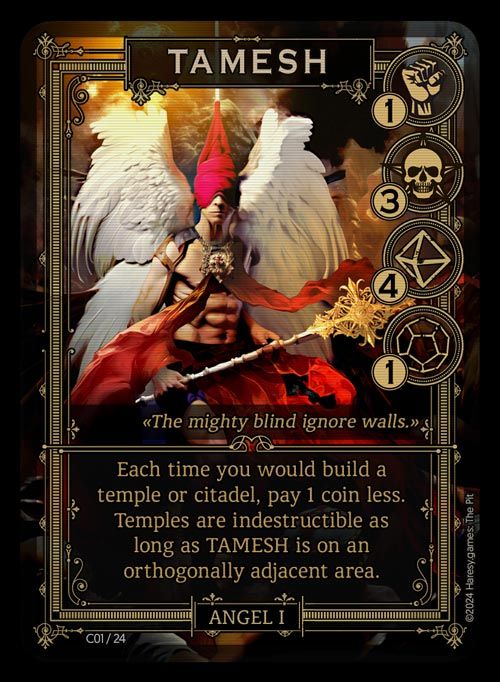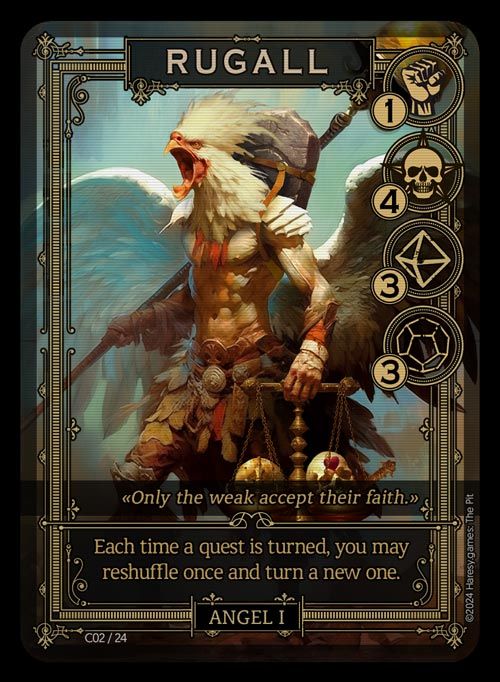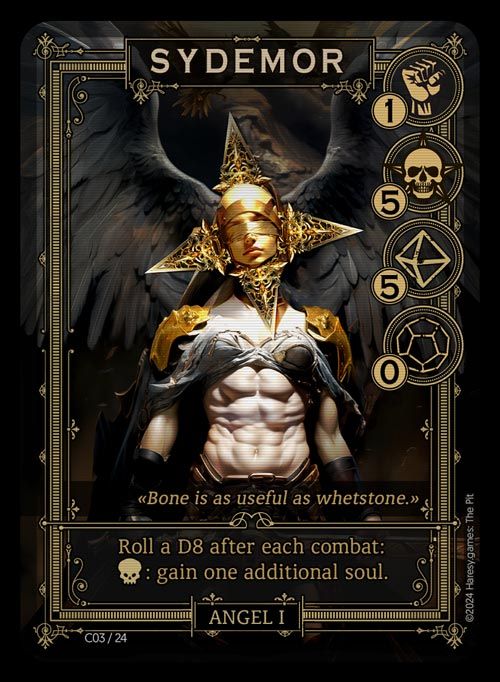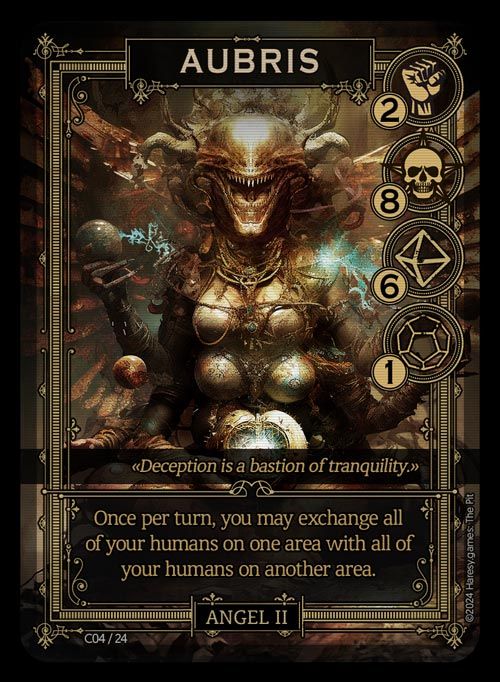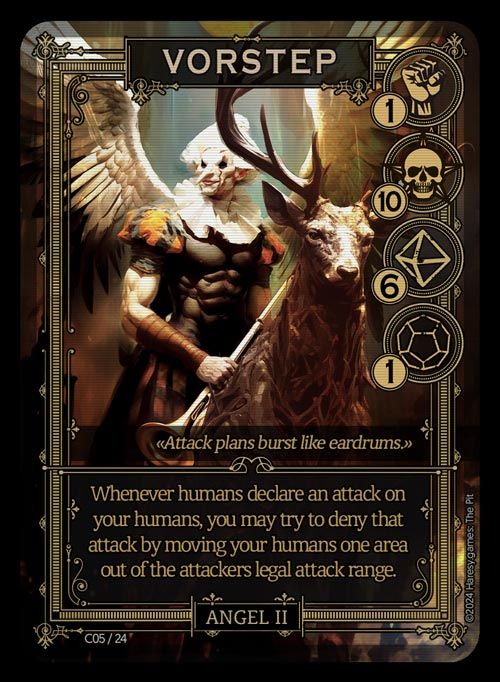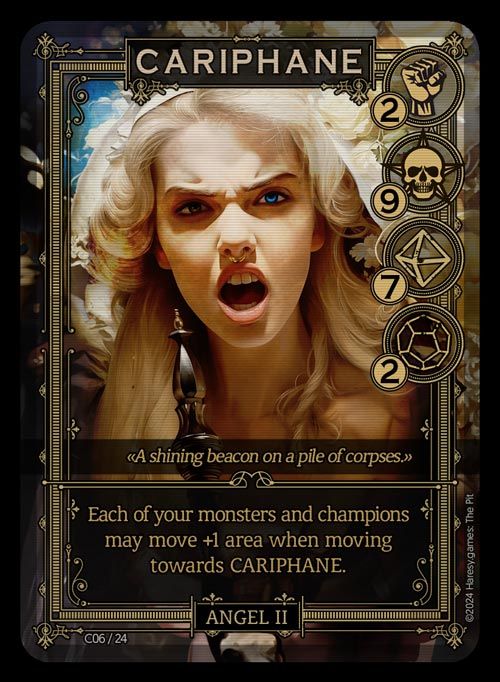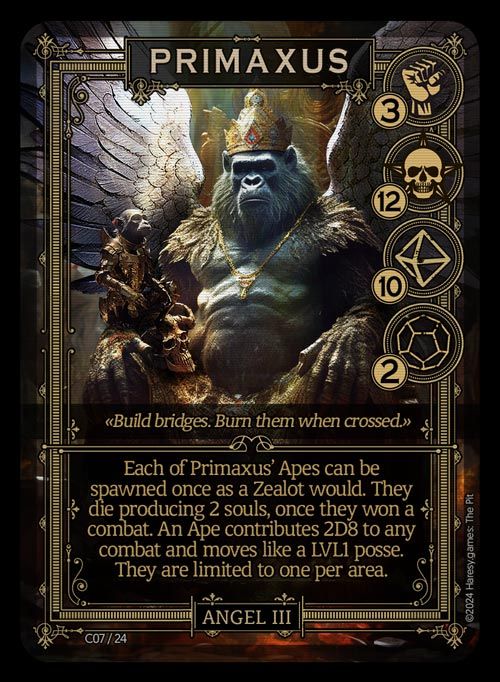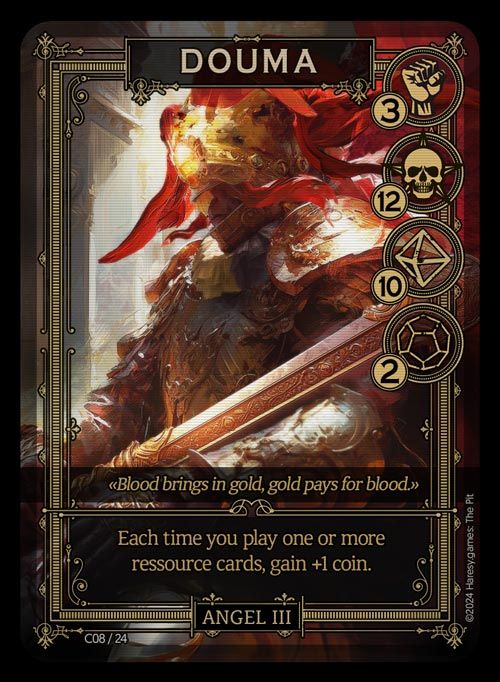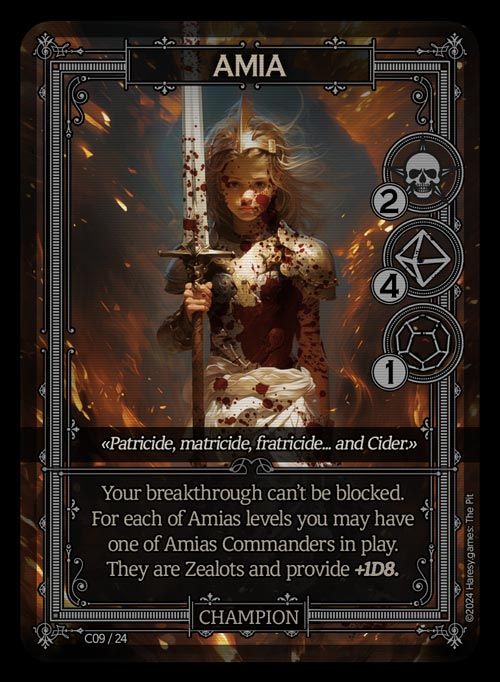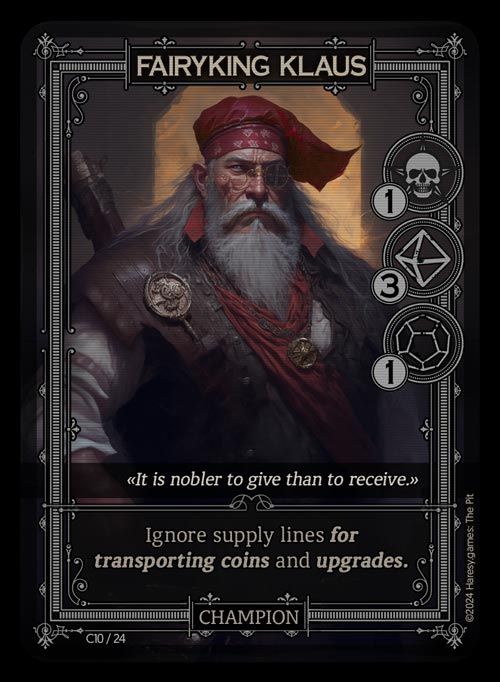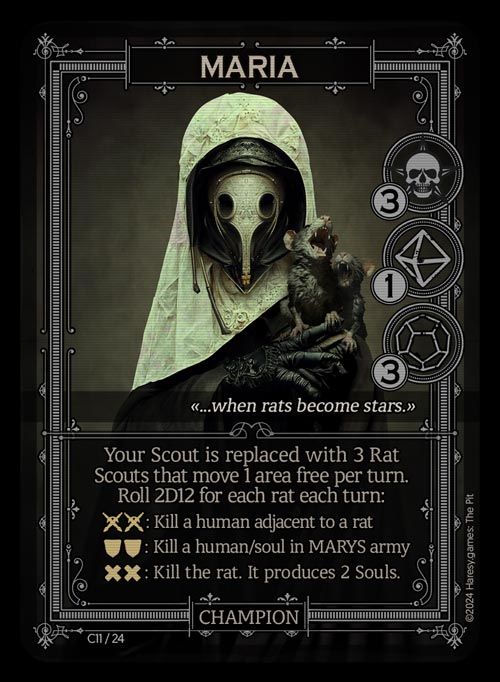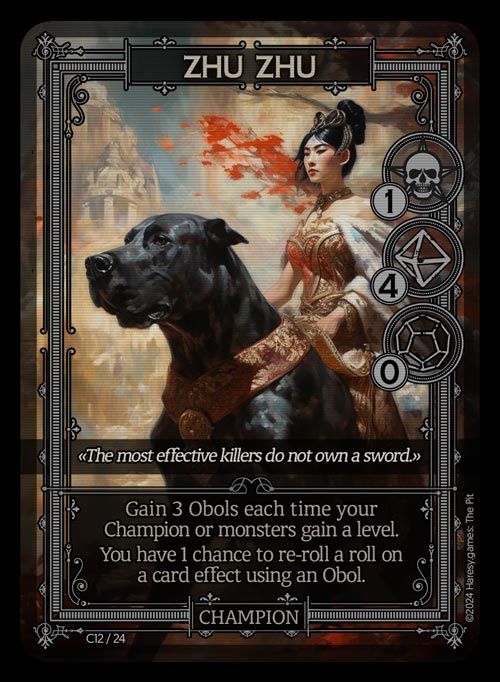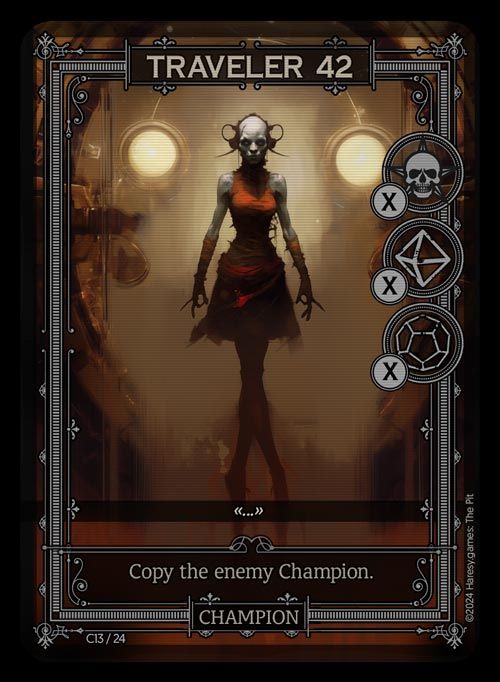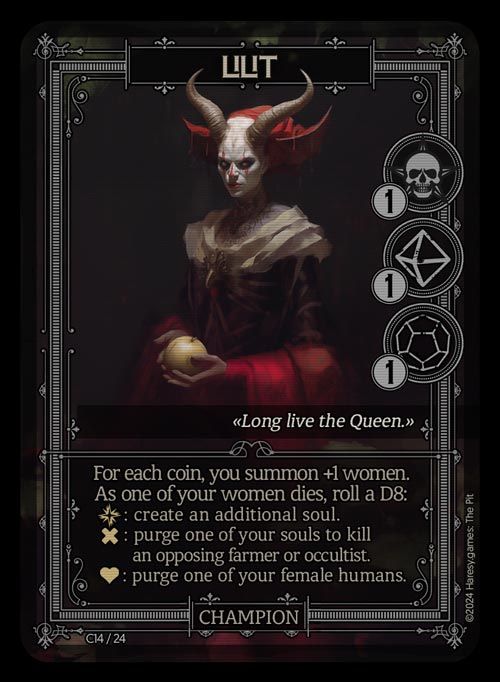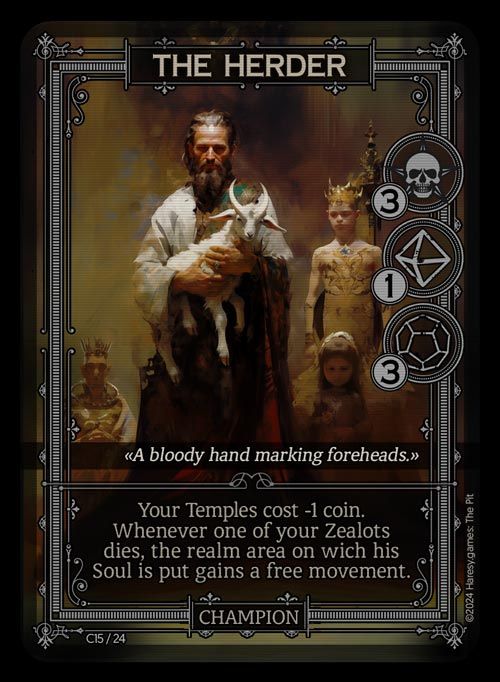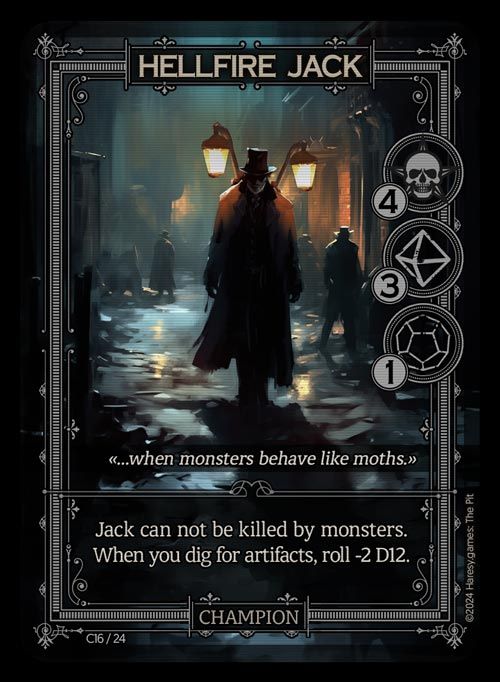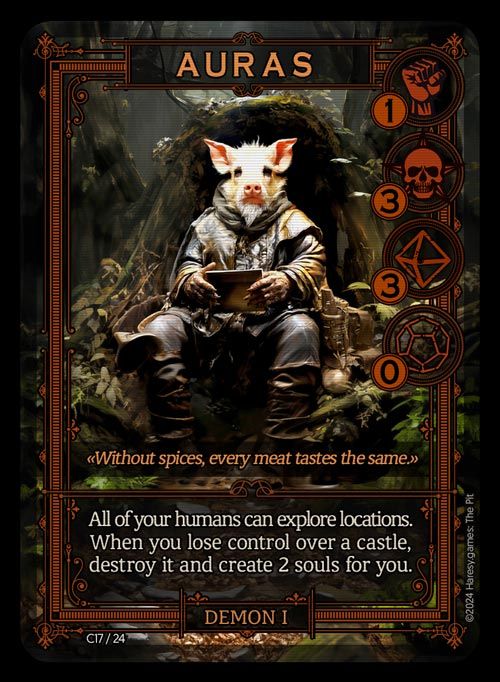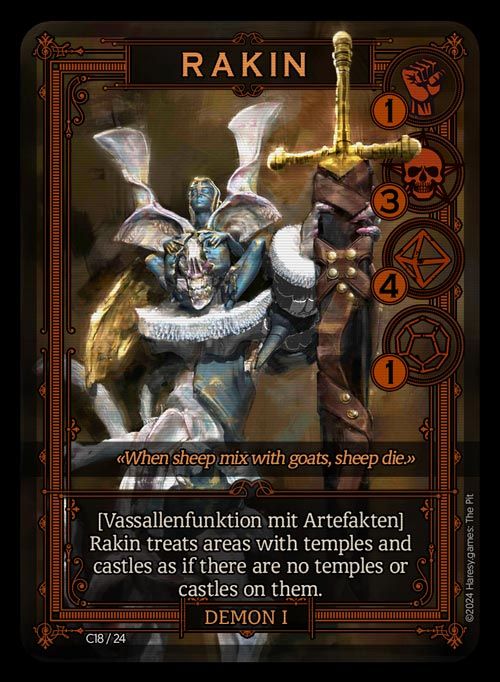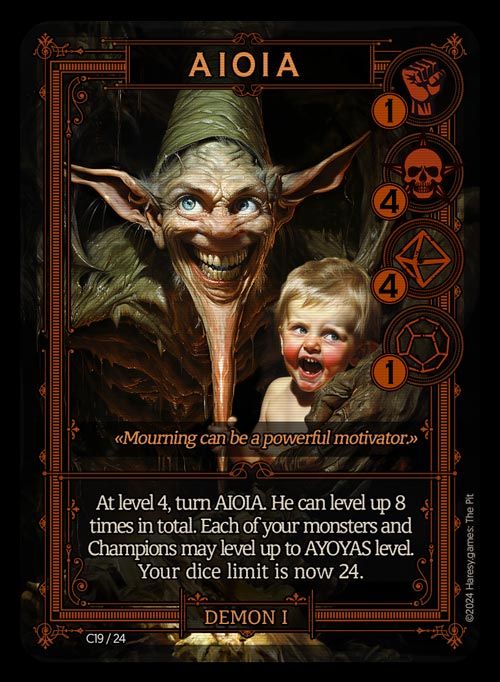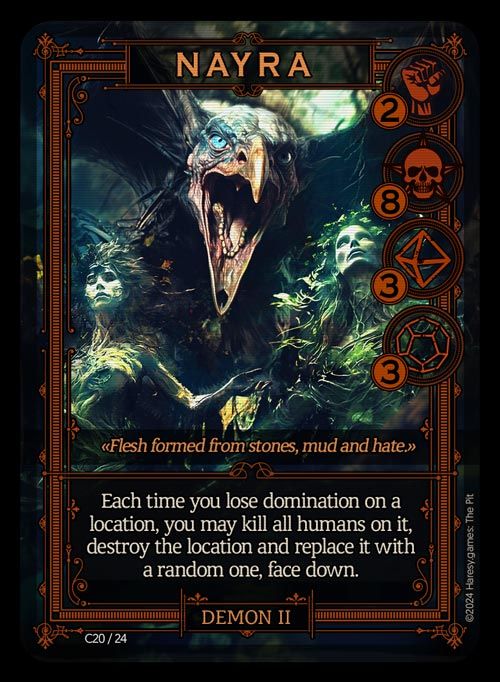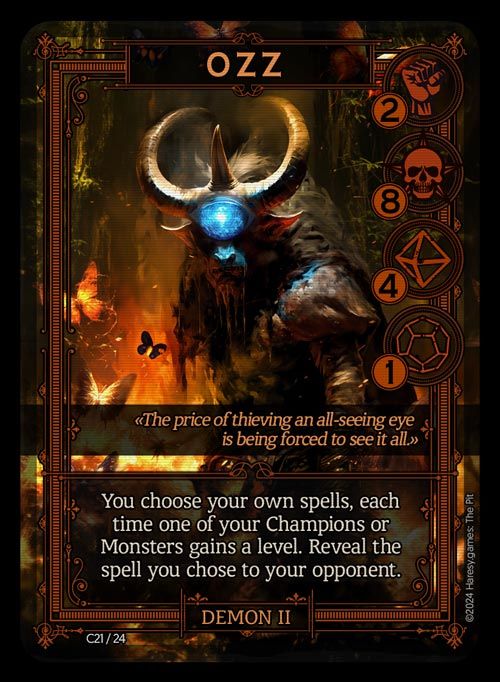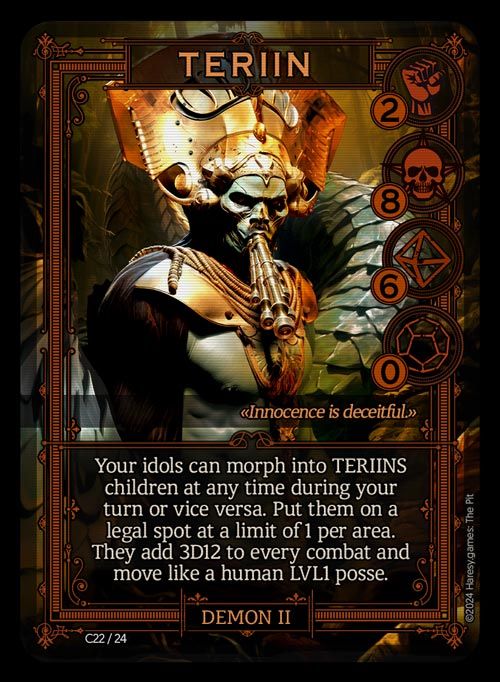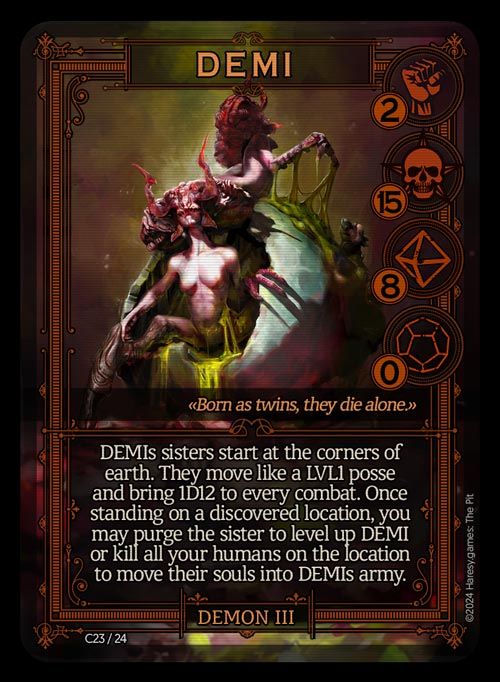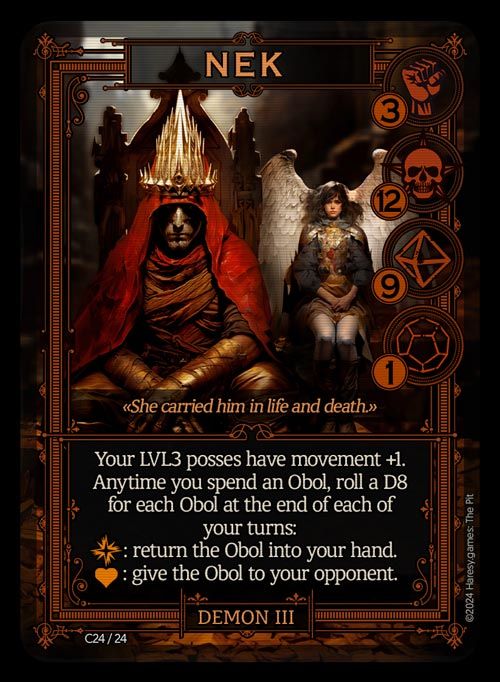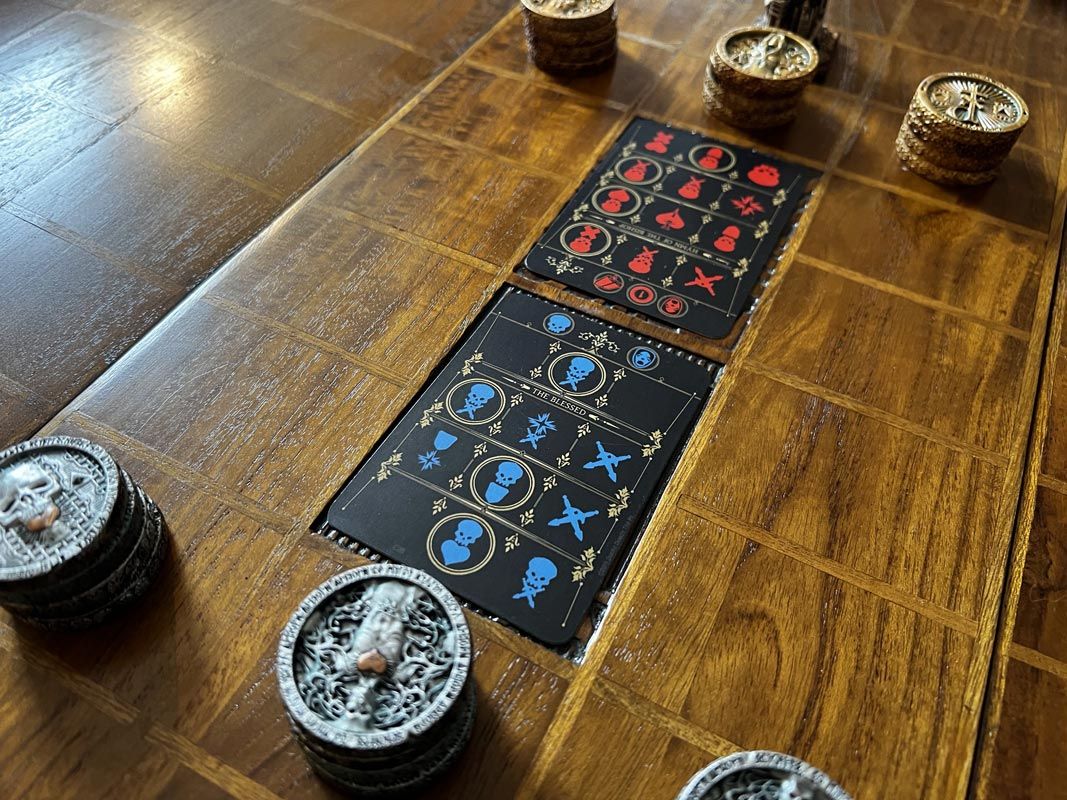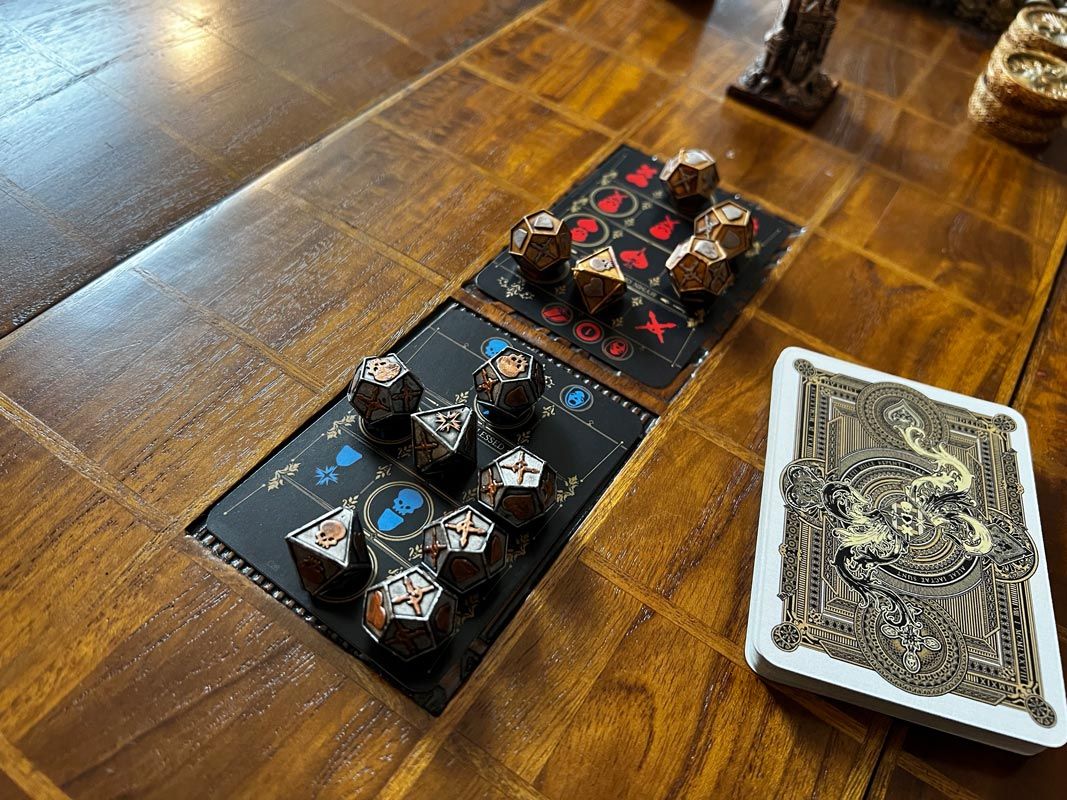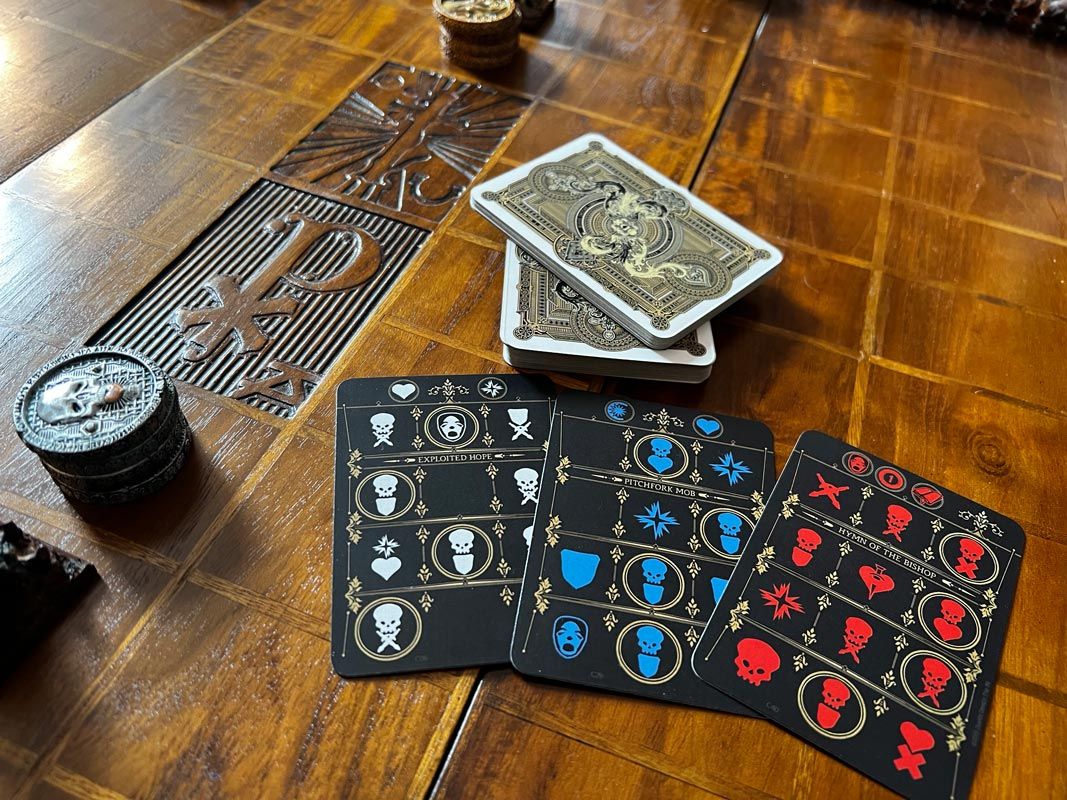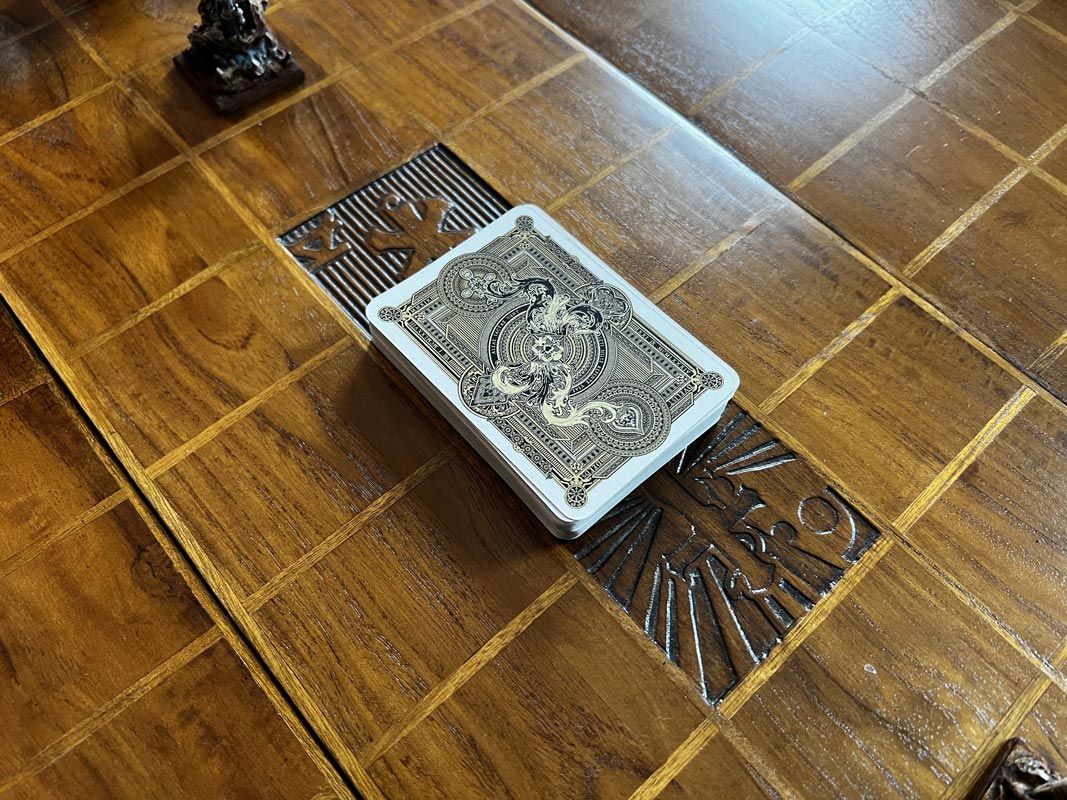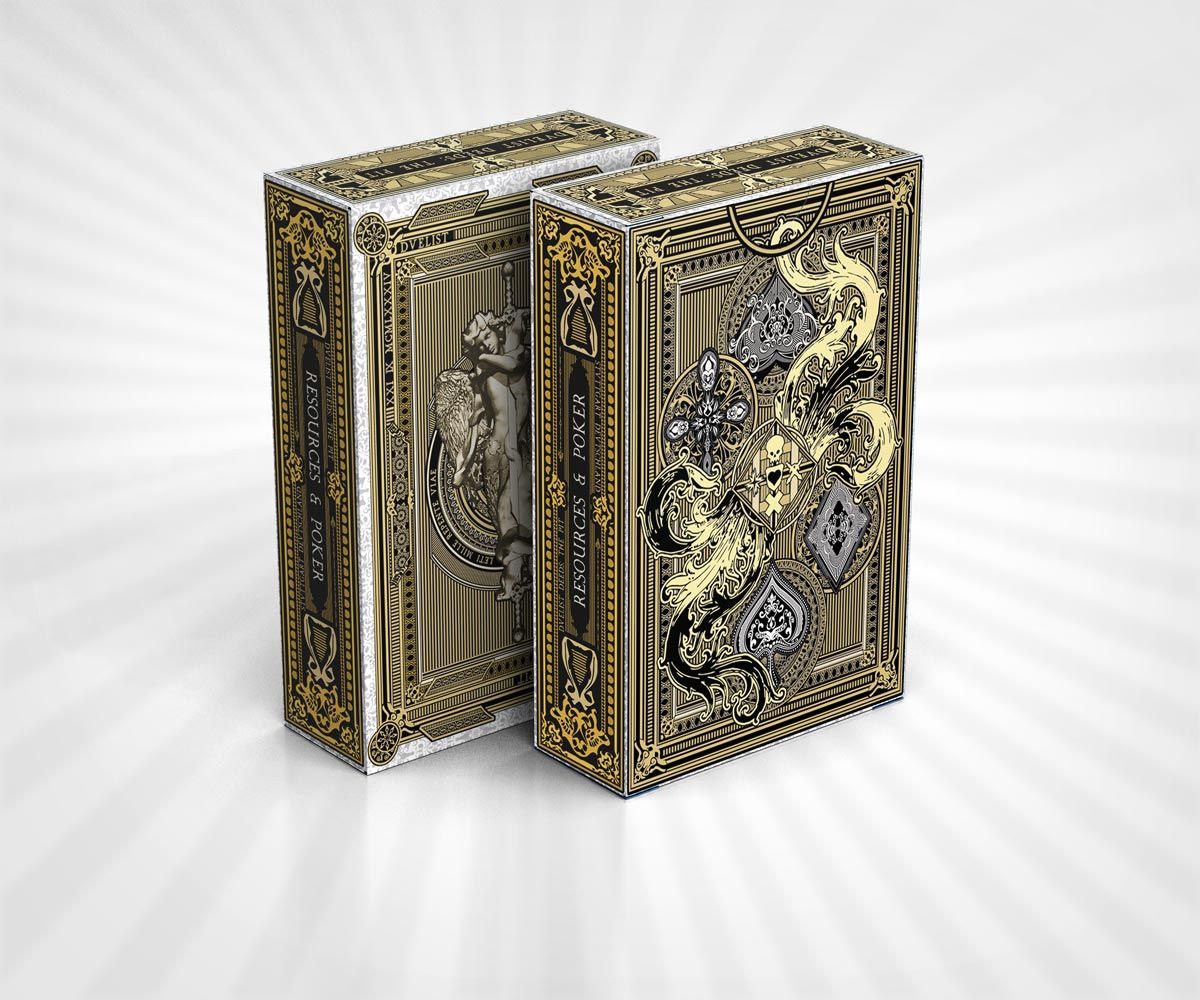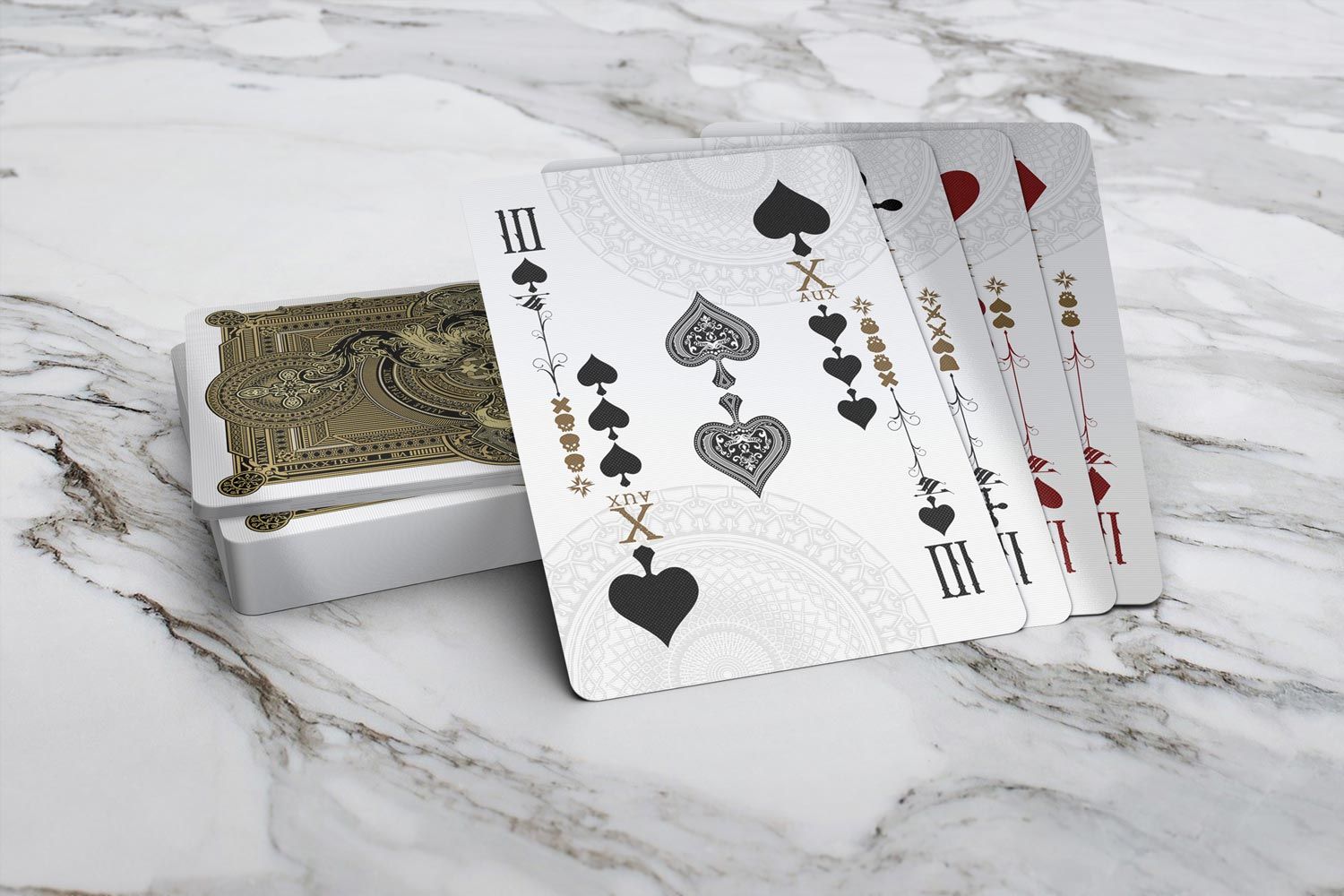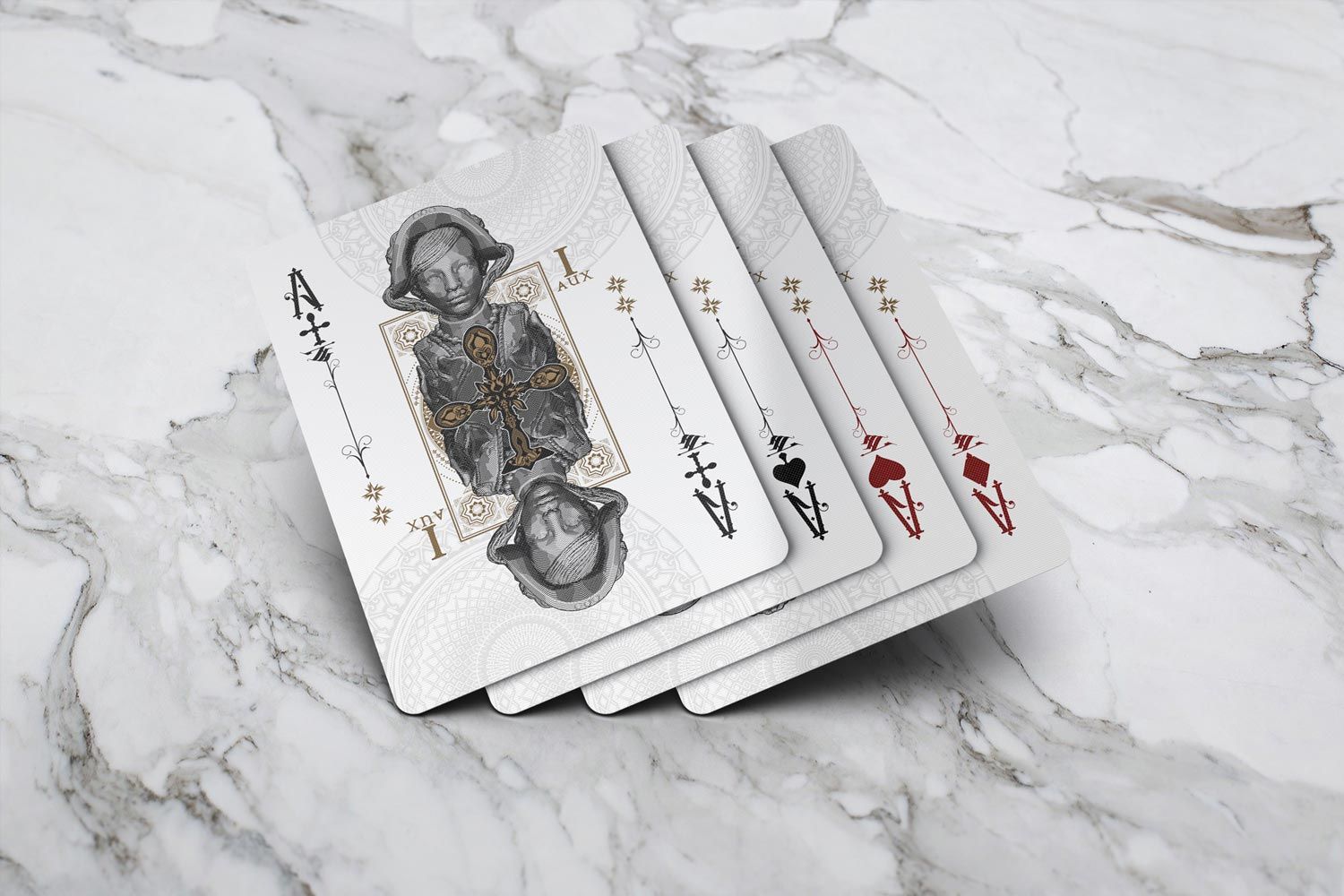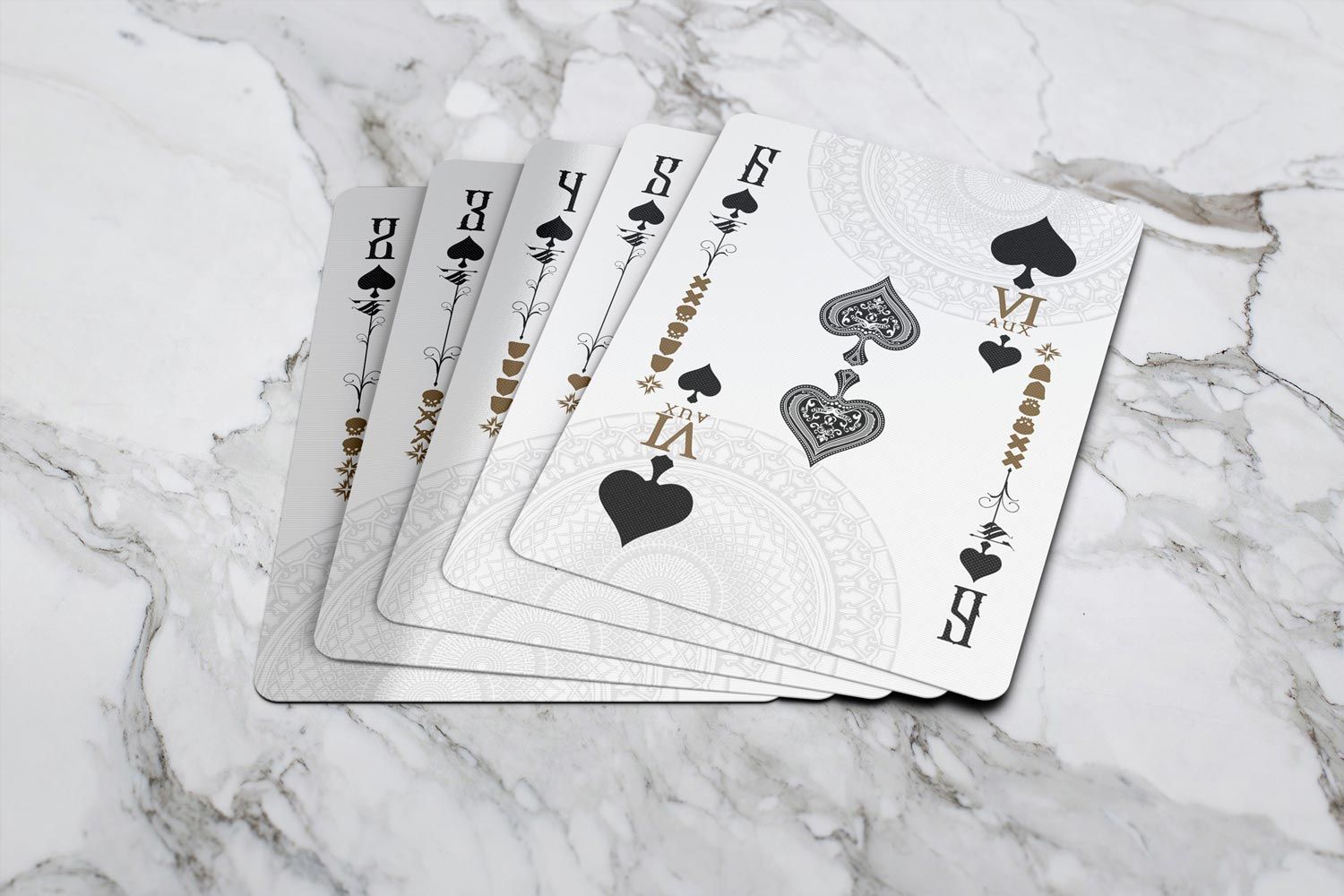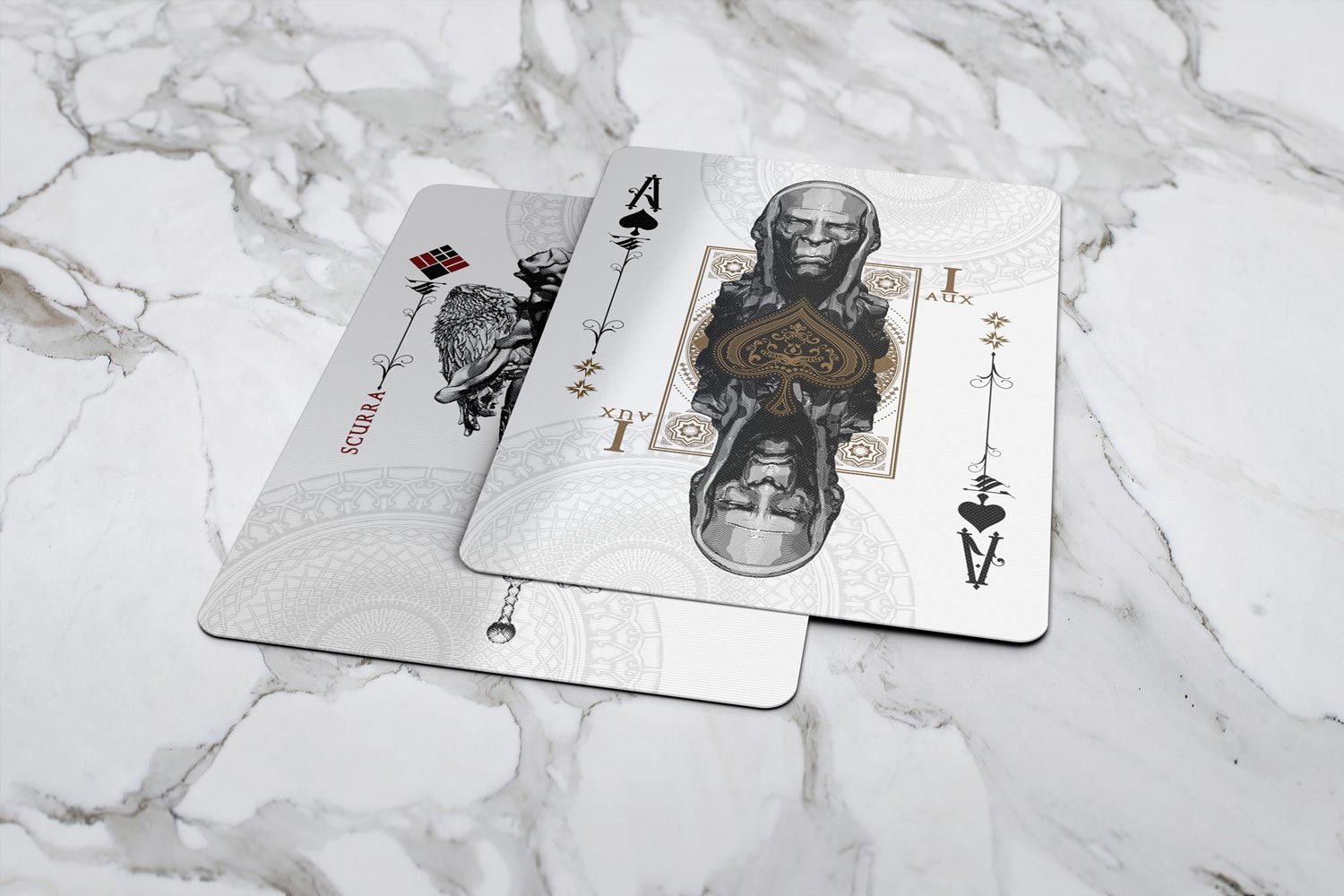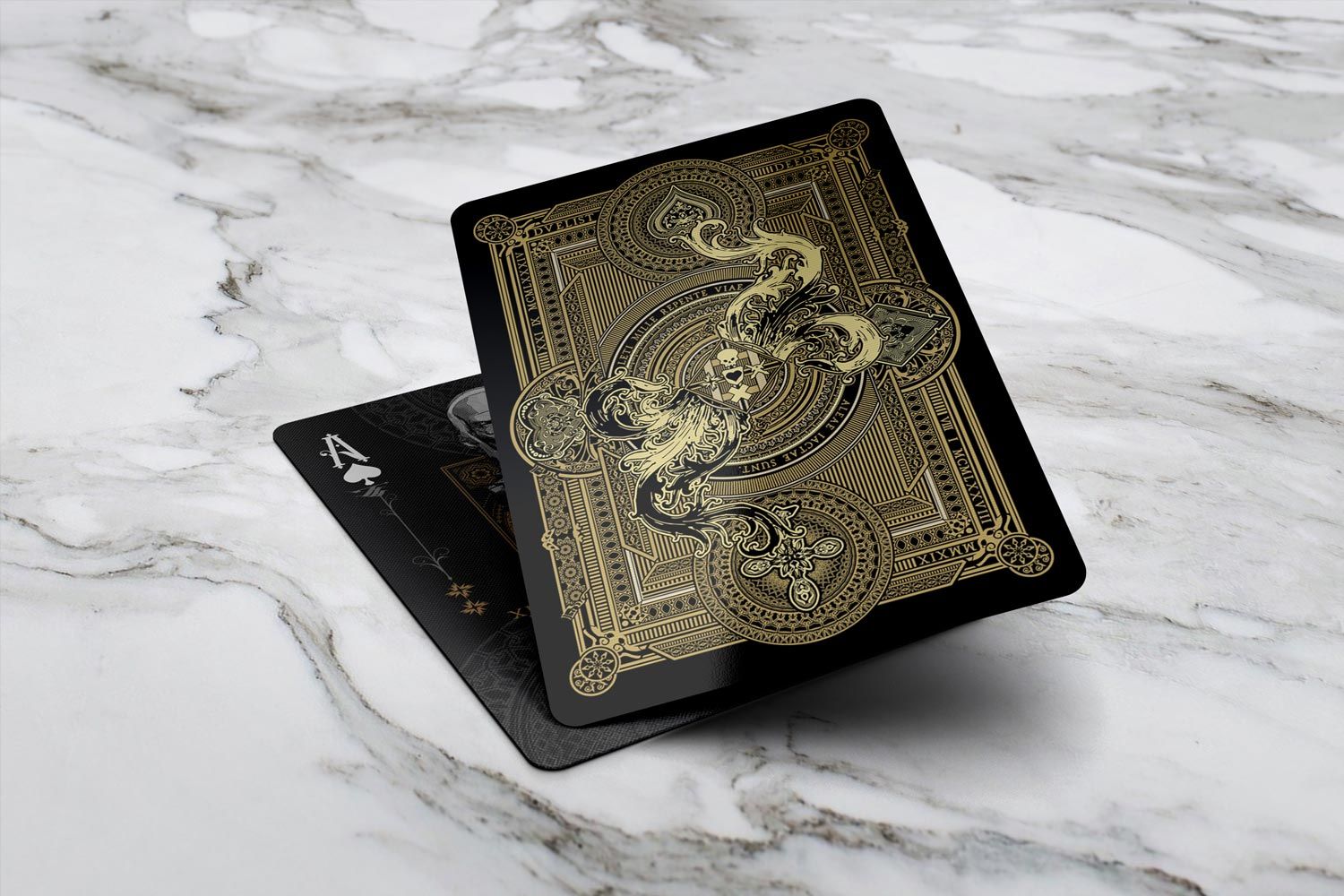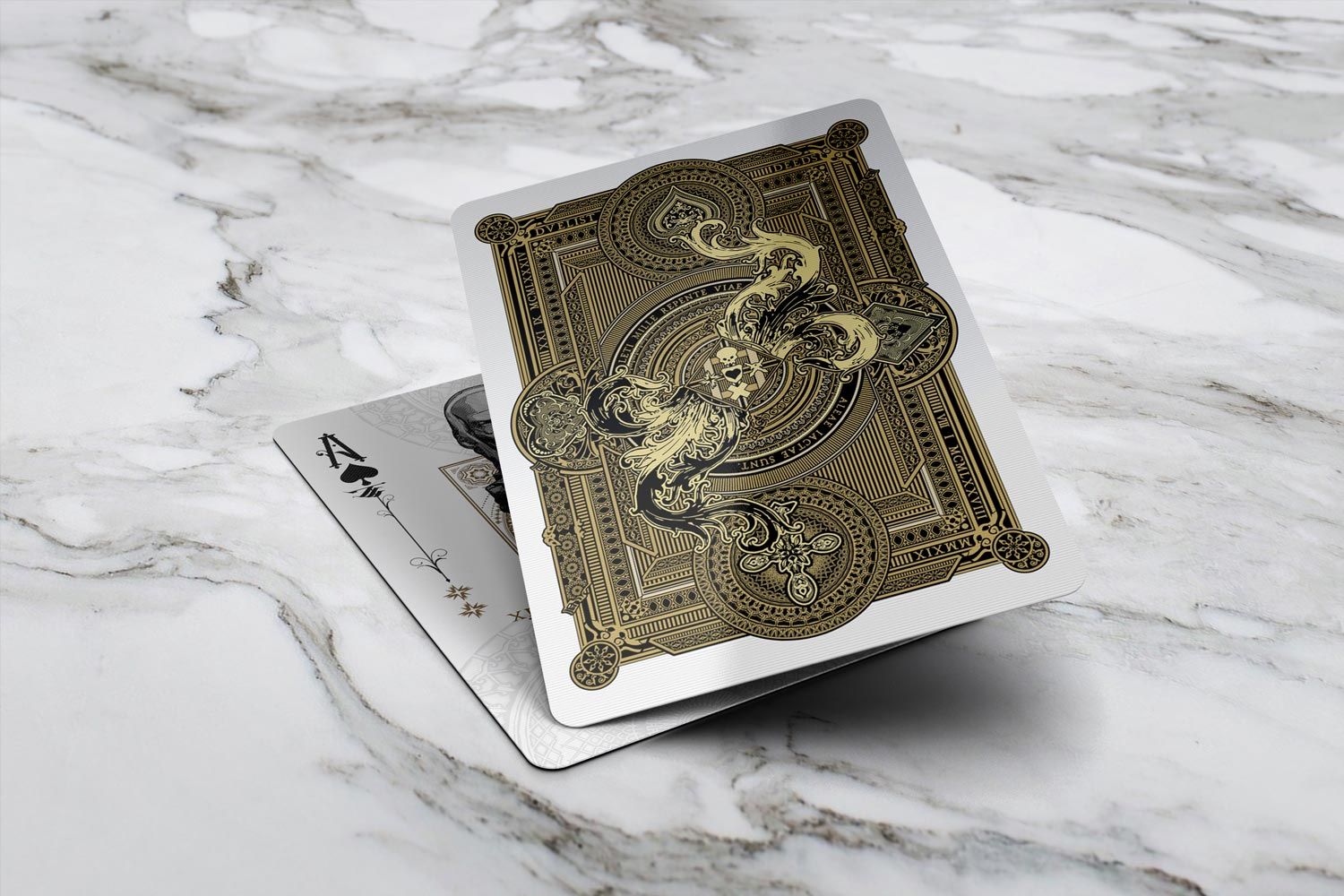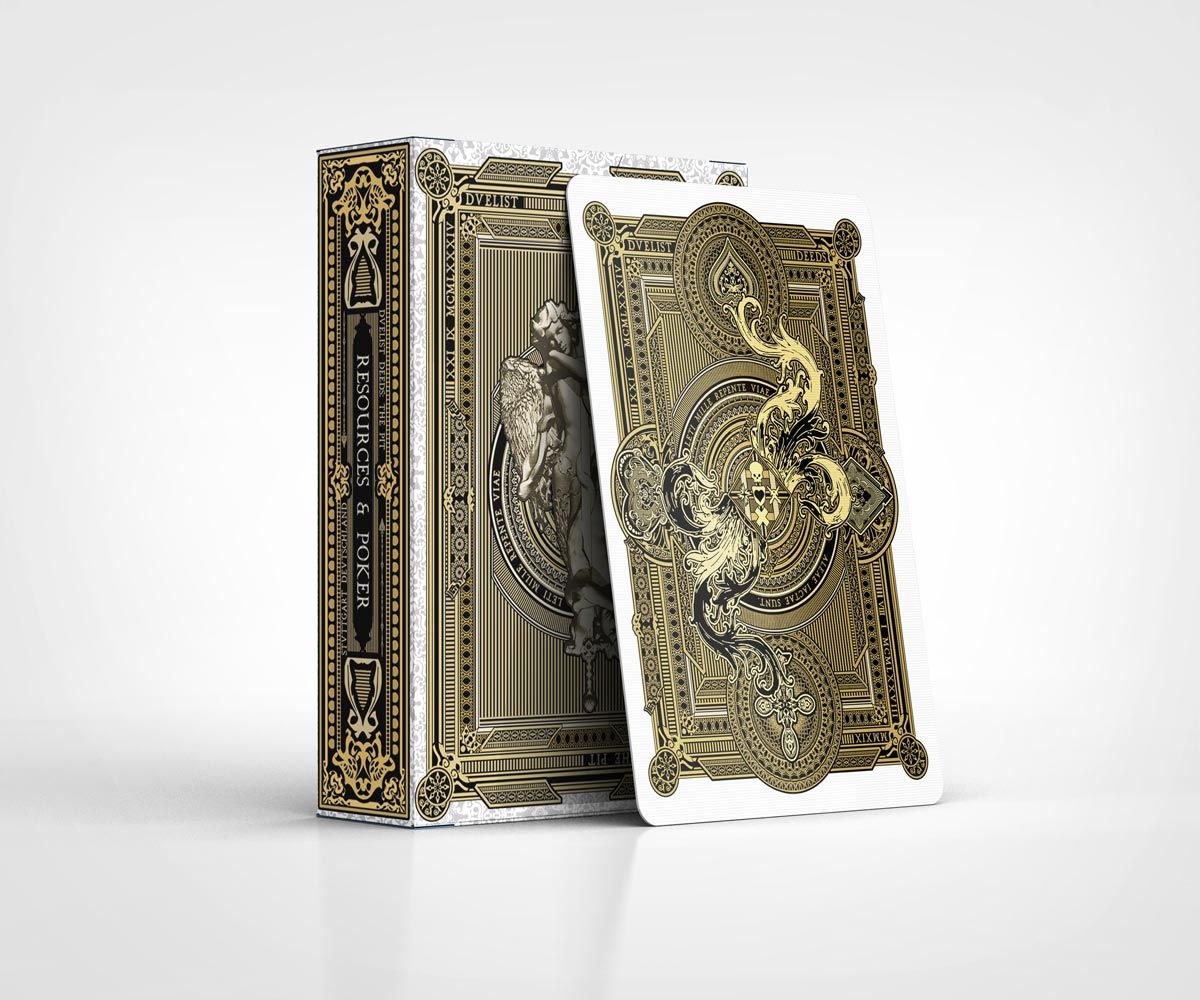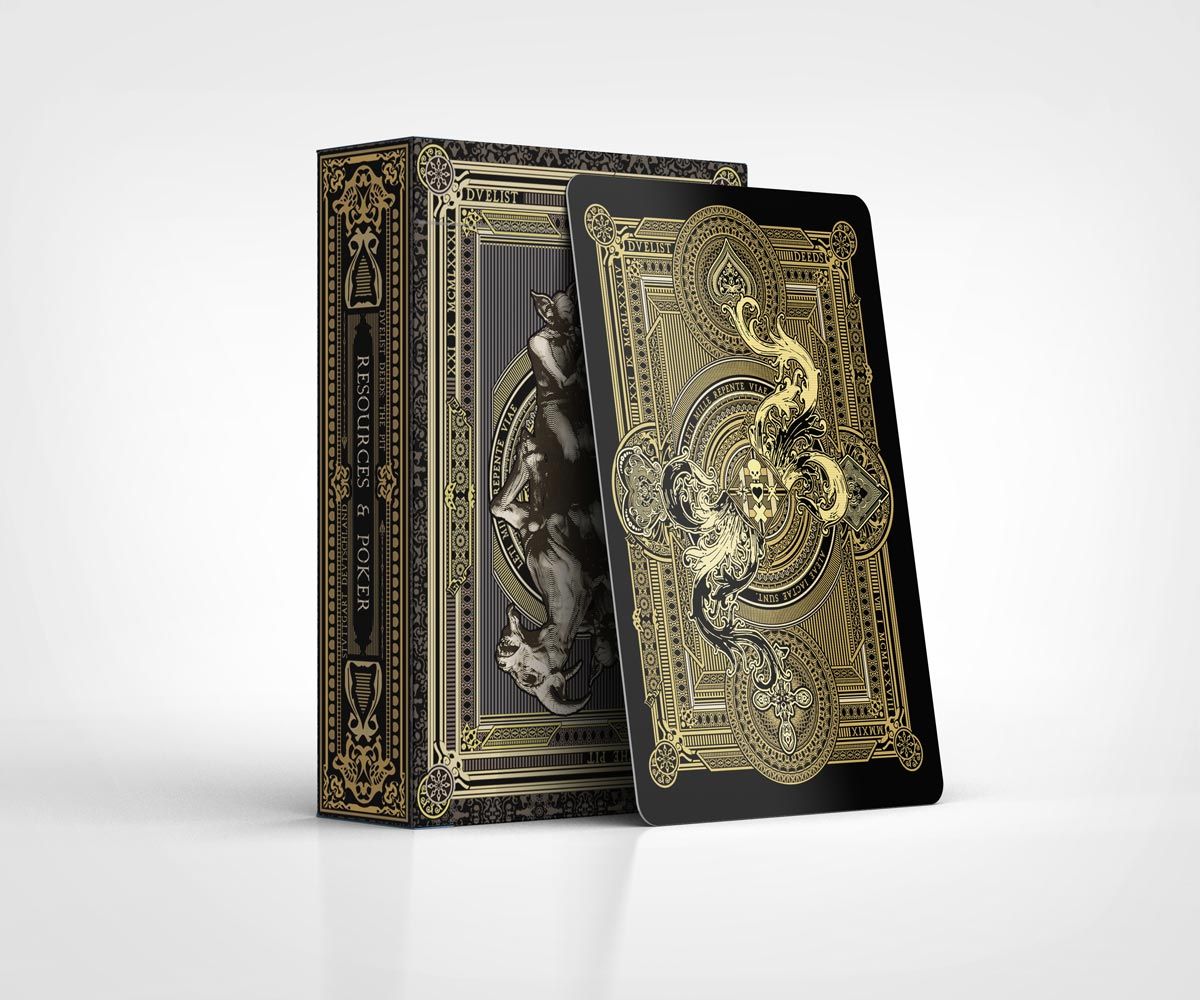Evolution of the Cards
As the development of my board game nears completion, I find myself in the delicate phase of final revisions for the diverse assortment of cards that make up the heart of the game. This period is marked by a commitment to presenting only the most refined elements to players. Consequently, the cards currently available for viewing on the website are those that have benefited from thorough scrutiny and enhancement. For those with a keen interest in the evolutionary journey these cards have embarked upon, the "monthly updates" section serves as a repository of their earlier versions. It offers a window into the iterative process of design and refinement. To satisfy a natural curiosity about the transformation these cards have undergone, I've decided to include a modest before-and-after comparison, highlighting the progress and adjustments made.
Characters (24 cards)
The most challenging aspect of the development process turned out to be the Character Cards. To create appealing images for the miniatures I designed, I generated thousands of images with the help of Midjourney.
These served as the building blocks from which I meticulously assembled the individual characters. For a lone game designer undertaking the monumental task of realizing a large-scale project on their own, artificial intelligence tools are invaluable.
In total this game will contain over 800 different cards!
I chose to start with these 24 cards as they were the most complex component of the game to produce. In total, I spent six weeks completing these cards, which are already the third or fourth iteration. This means I designed approximately 60 to 100 cards to arrive at the 24 final versions. However, it's important to note that the text on these cards is not yet final and will only achieve their definitive form through playtesting sessions.
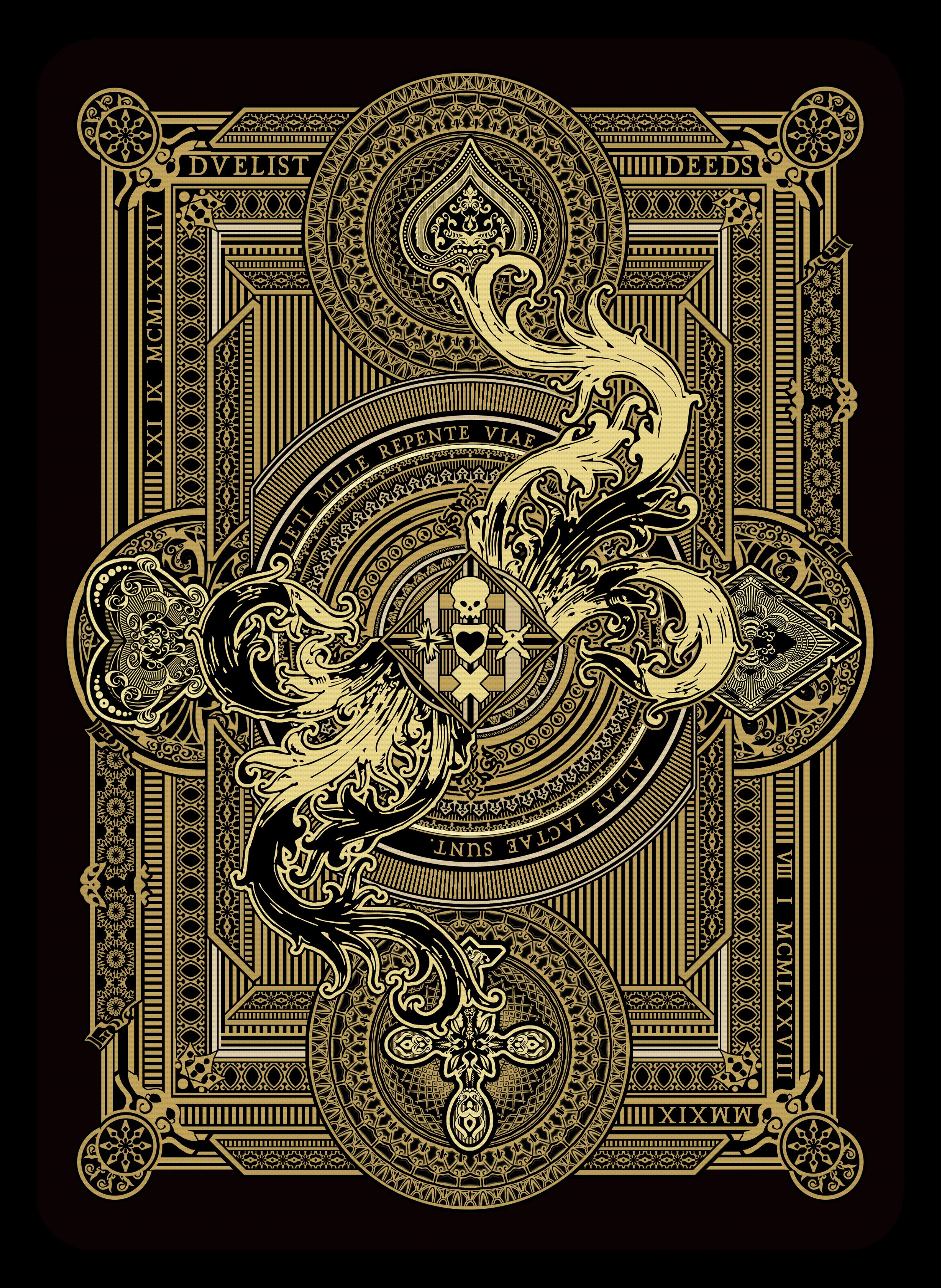
LOCATIONS (54x3 +1 cards)
I might need to find a different name for "Locations" – it's currently my working title. In "The Pit," locations represent secret, mystical places that players can explore. They possess unique abilities, significantly influencing the gameplay and providing resources that become increasingly scarce as the game progresses.
There are set to be 54 locations in total. My aim is to make each one as intriguing as possible. Currently, some locations are displayed with old images but have been redesigned.
I'm contemplating eliminating colors altogether; they don't quite align with what I envision for "The Pit." Instead of colors, I'd prefer to convey the essence of materials – the tactile rather than the visual. Colors seem to miss the mark for the atmosphere of this game.
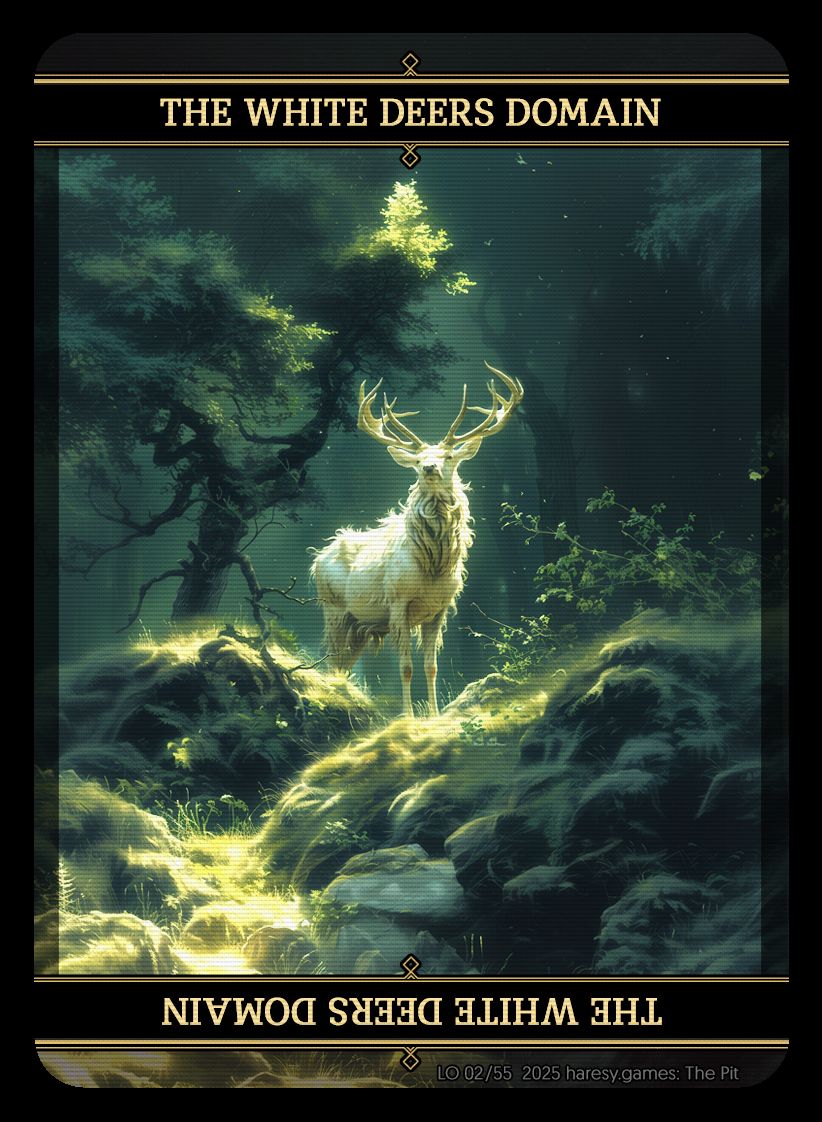
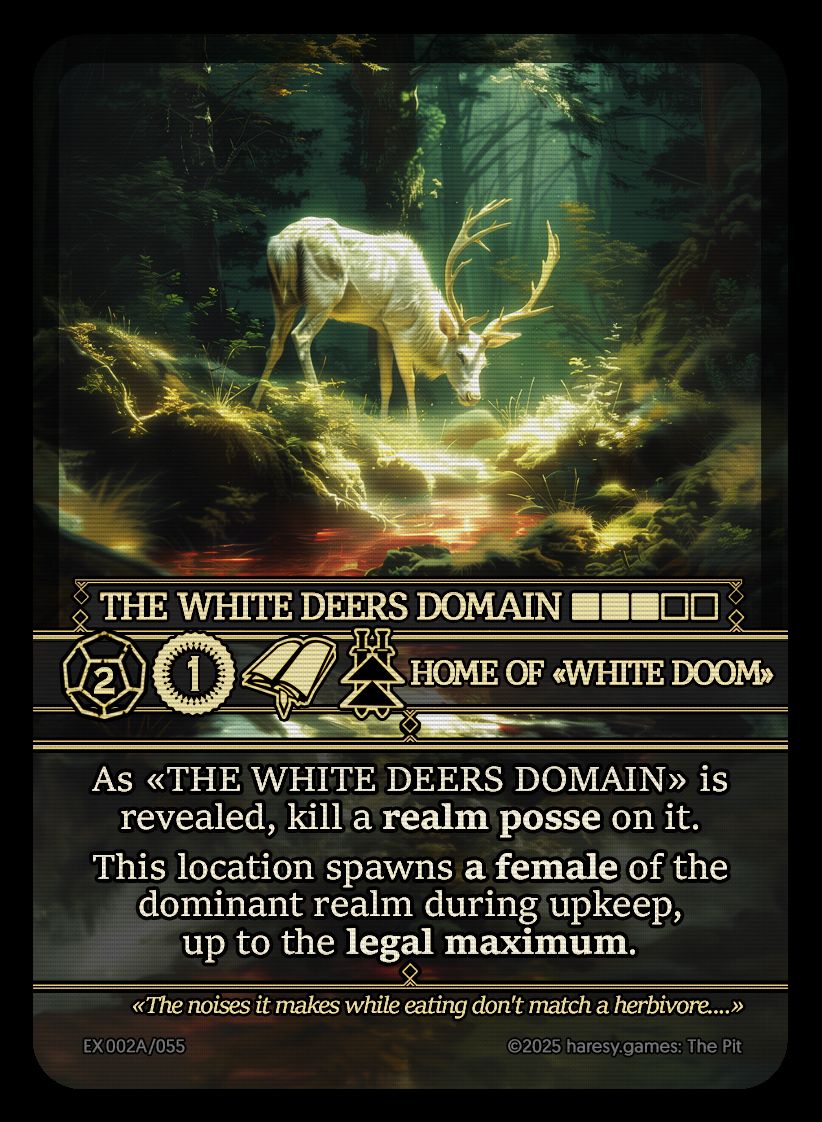
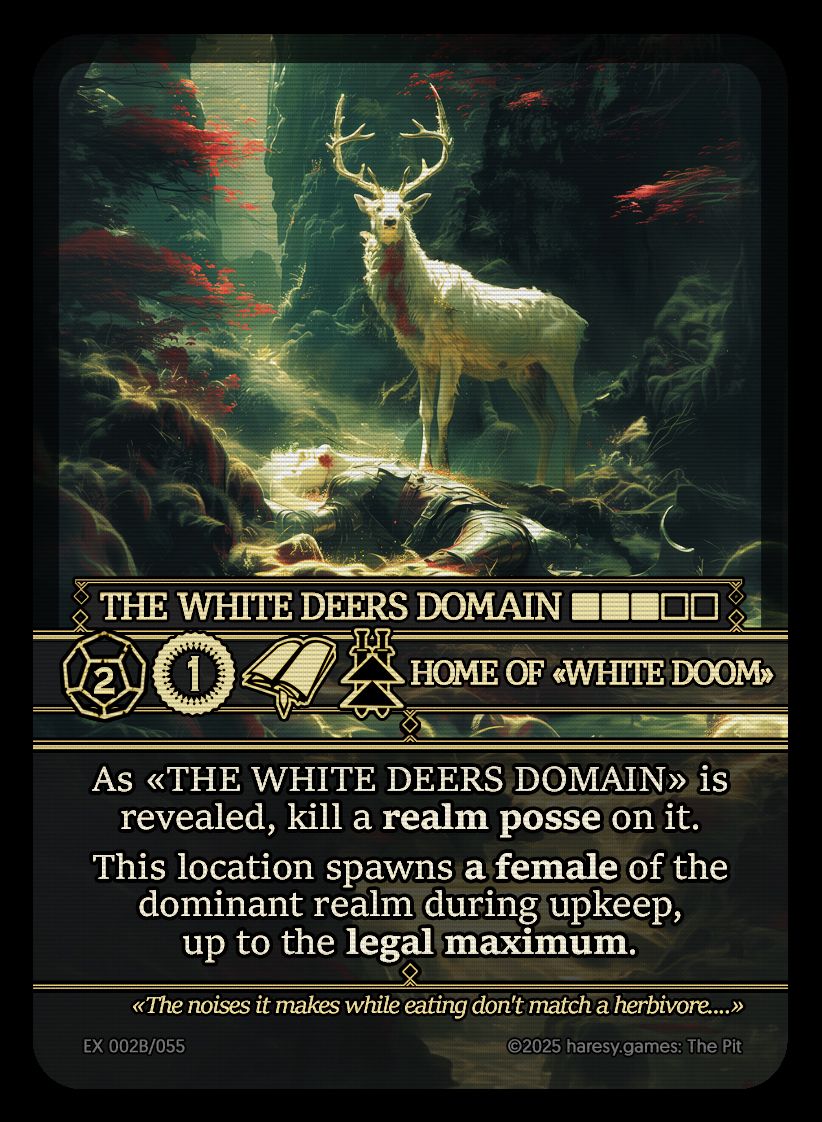
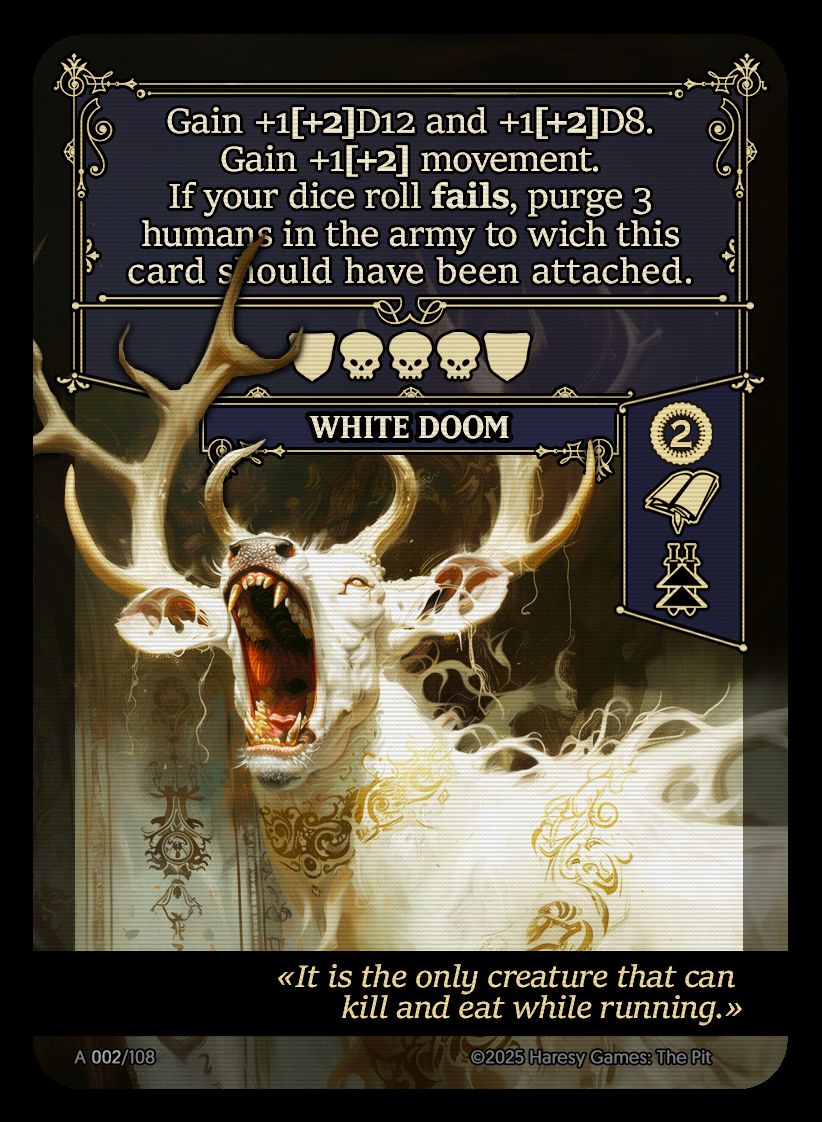
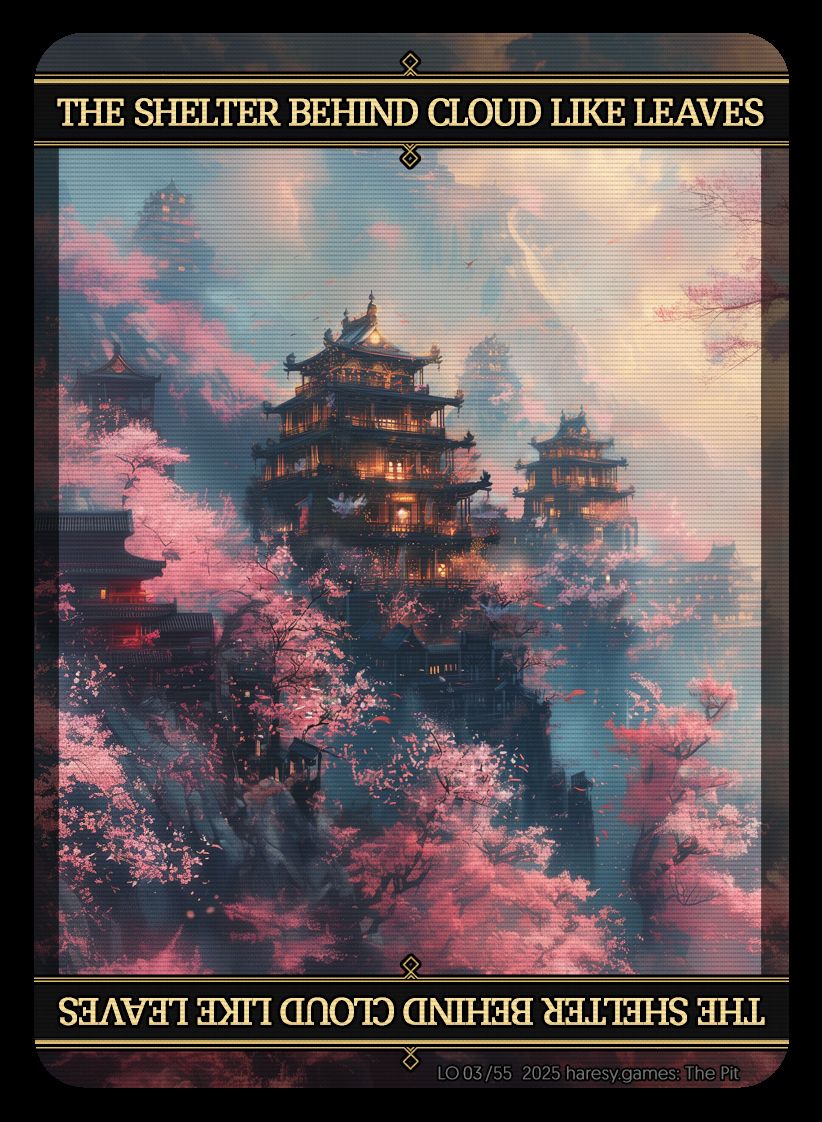
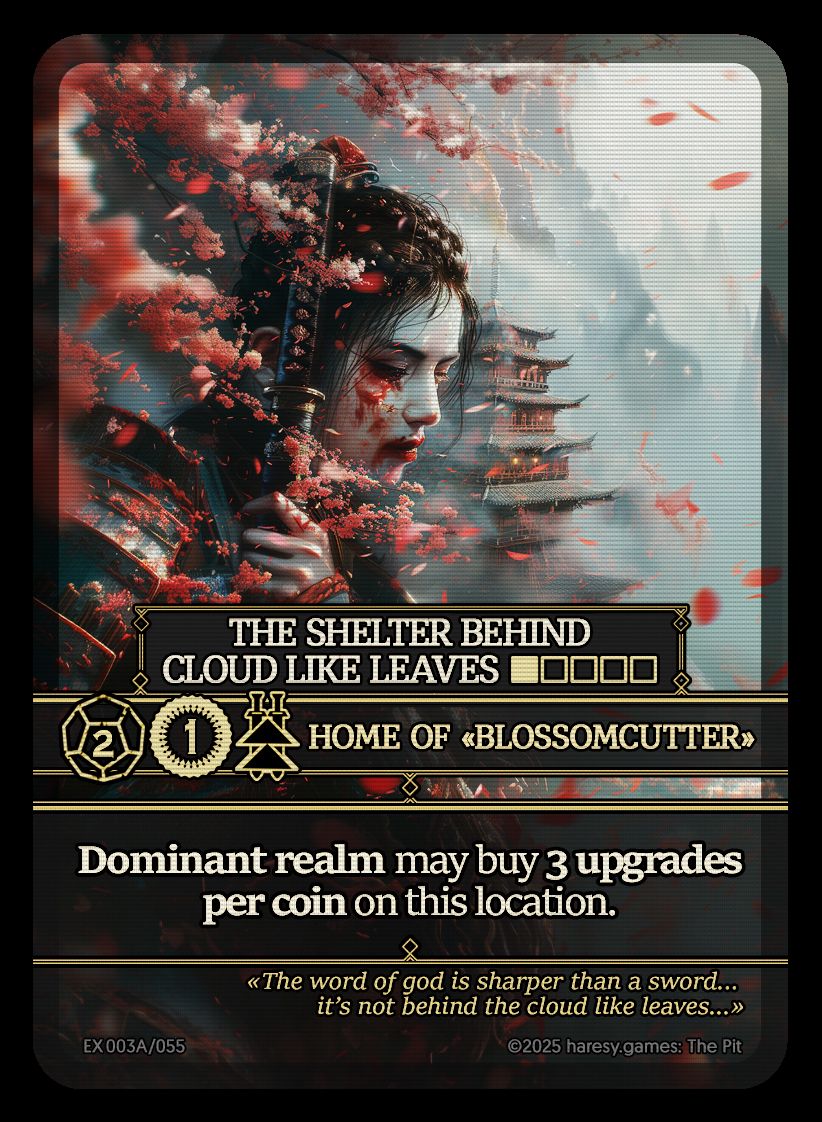
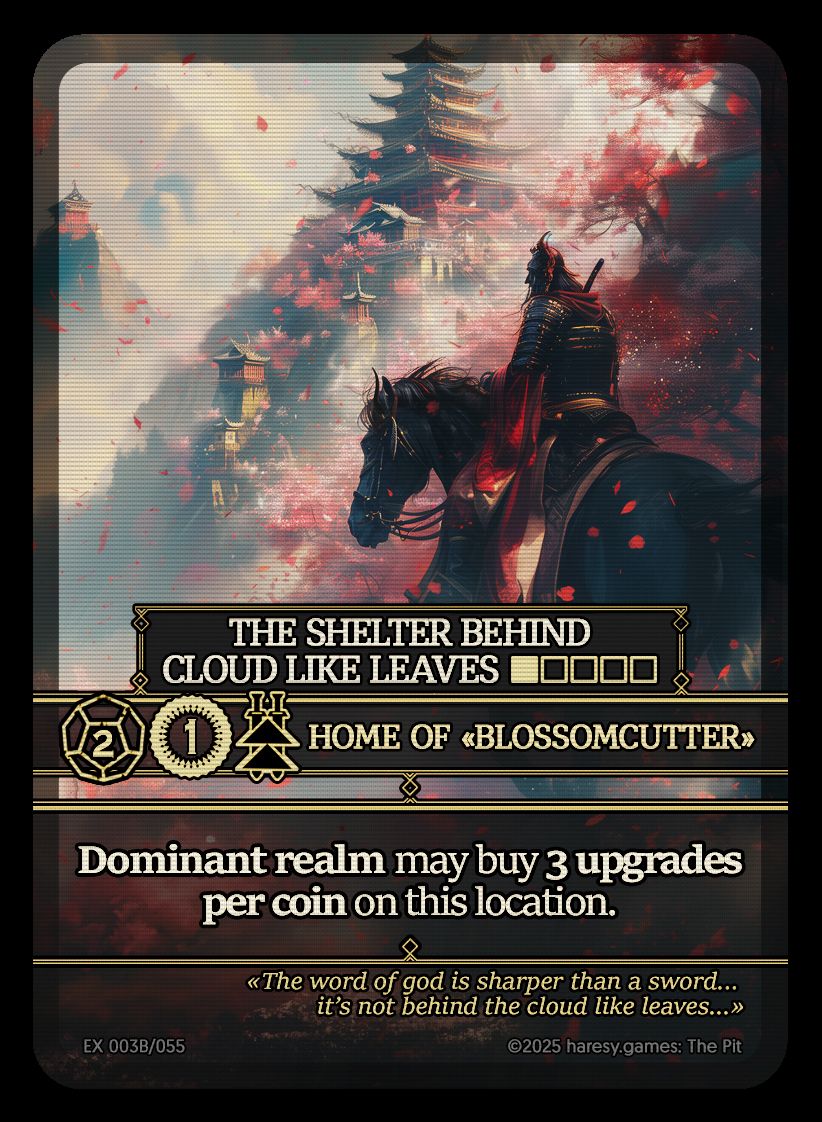
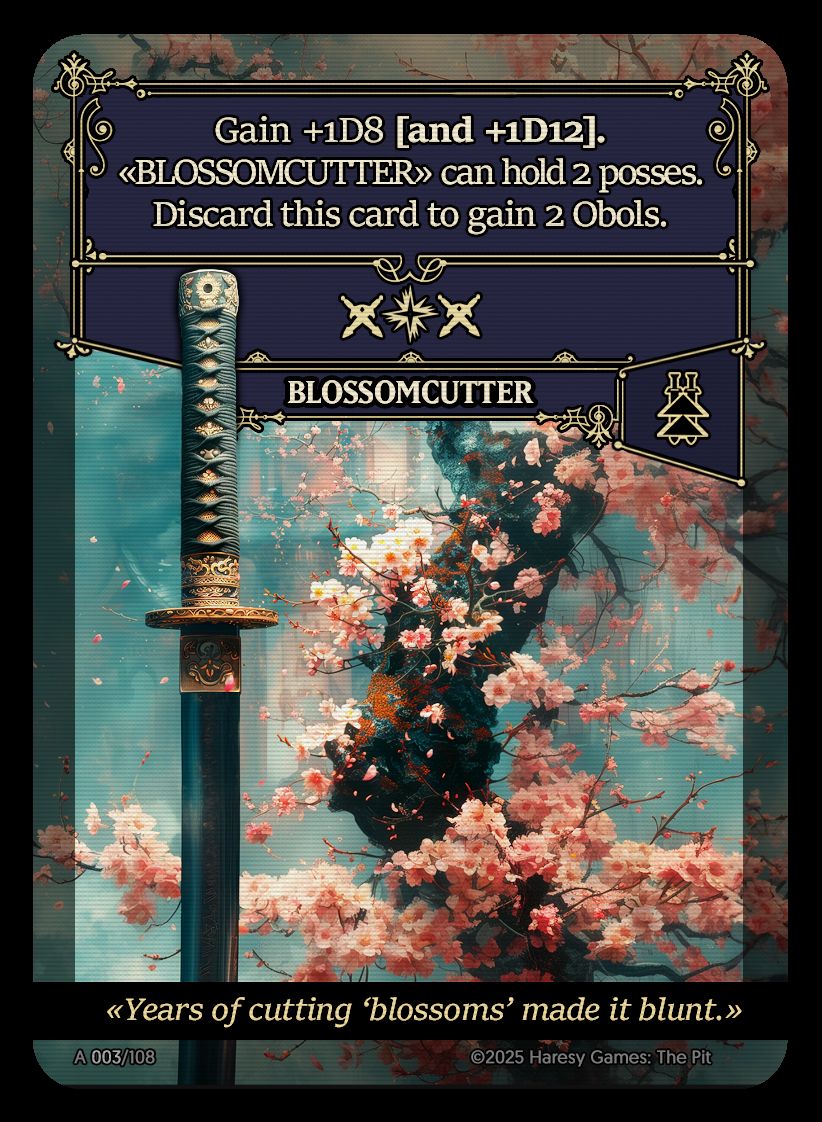
Artifacts (108 cards)
The act of uncovering hidden treasures comes to life through the Artifact Cards. In the game, players can attempt to excavate artifacts at various locations, with the outcome influenced by the presence of Occultists or Farmers. However, the pursuit of these artifacts is fraught with risk, and an overzealous approach may result in the loss of valuable allies. This mechanic introduces a balance between risk and reward, adding a layer of depth to the exploration and control of locations.
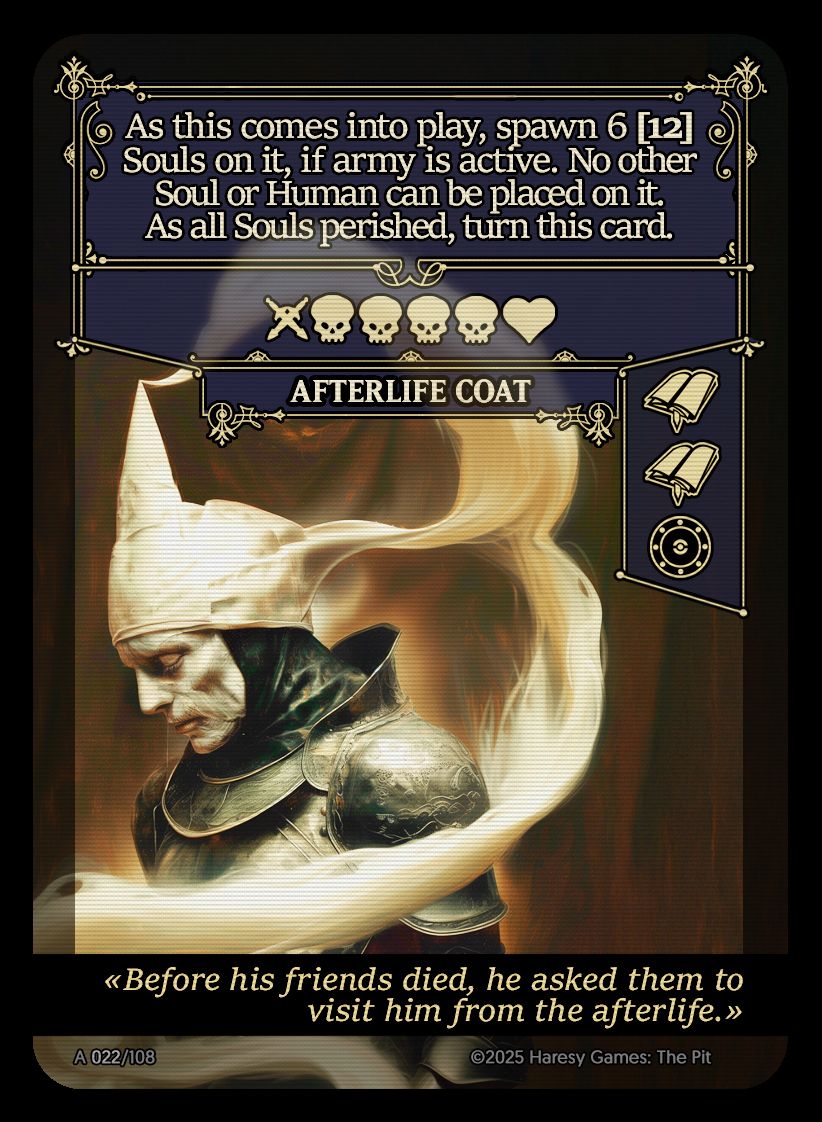
FLIP CARD
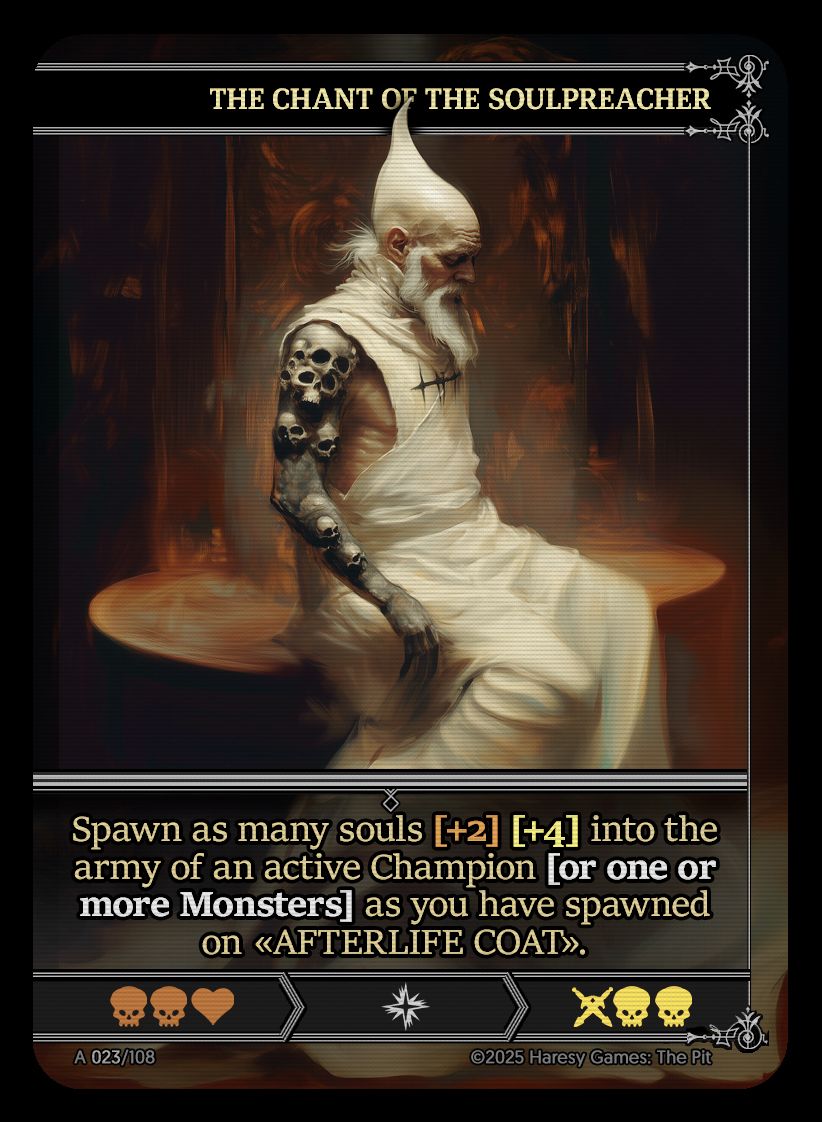
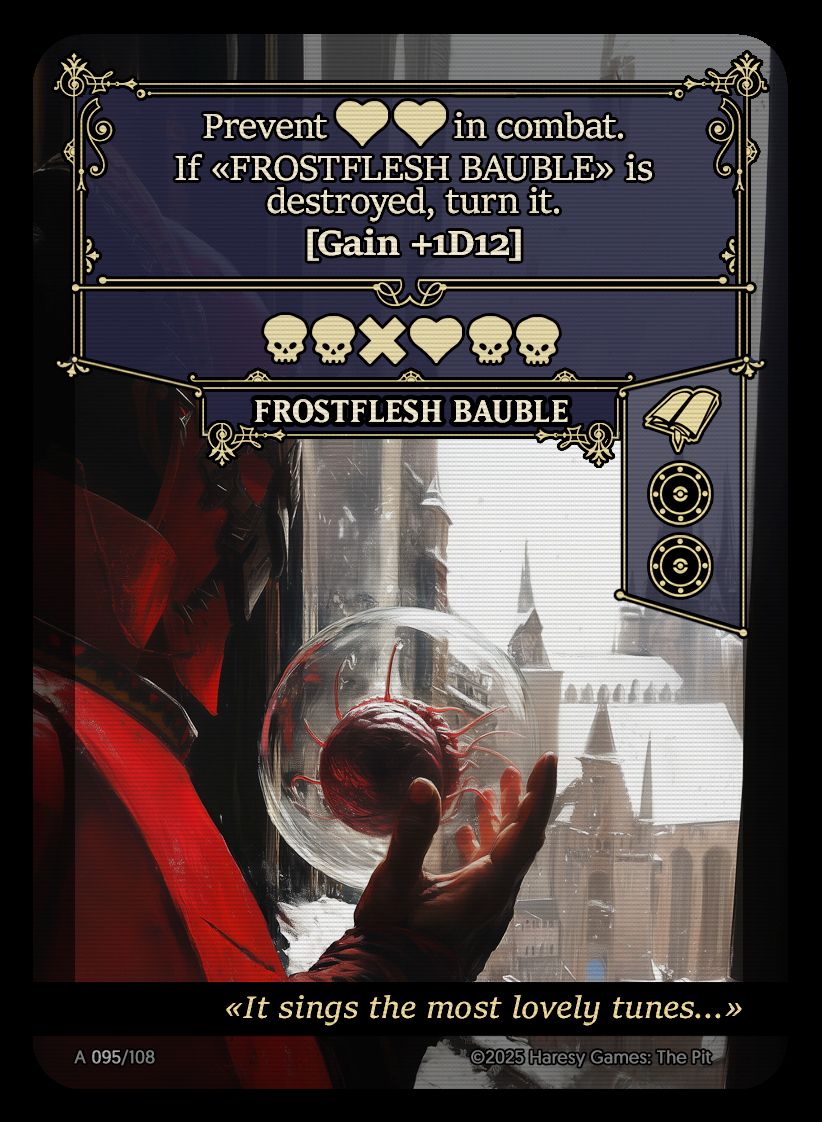
FLIP CARD
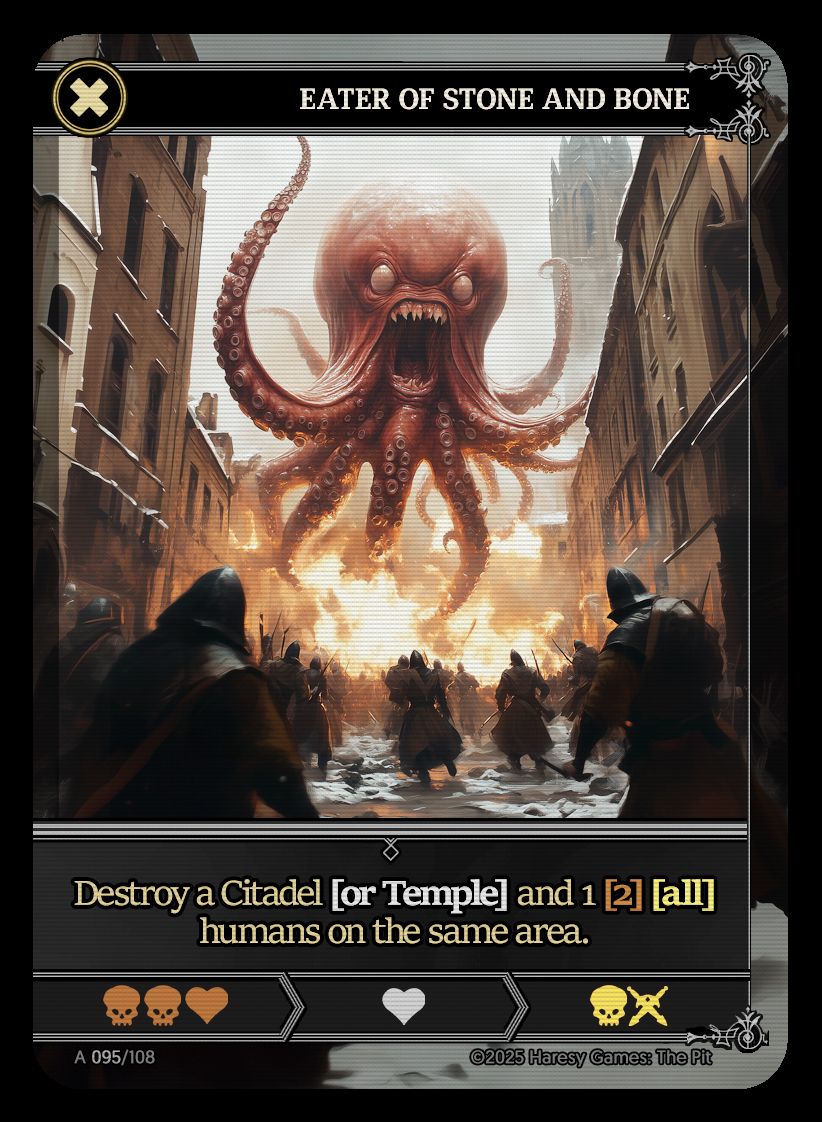
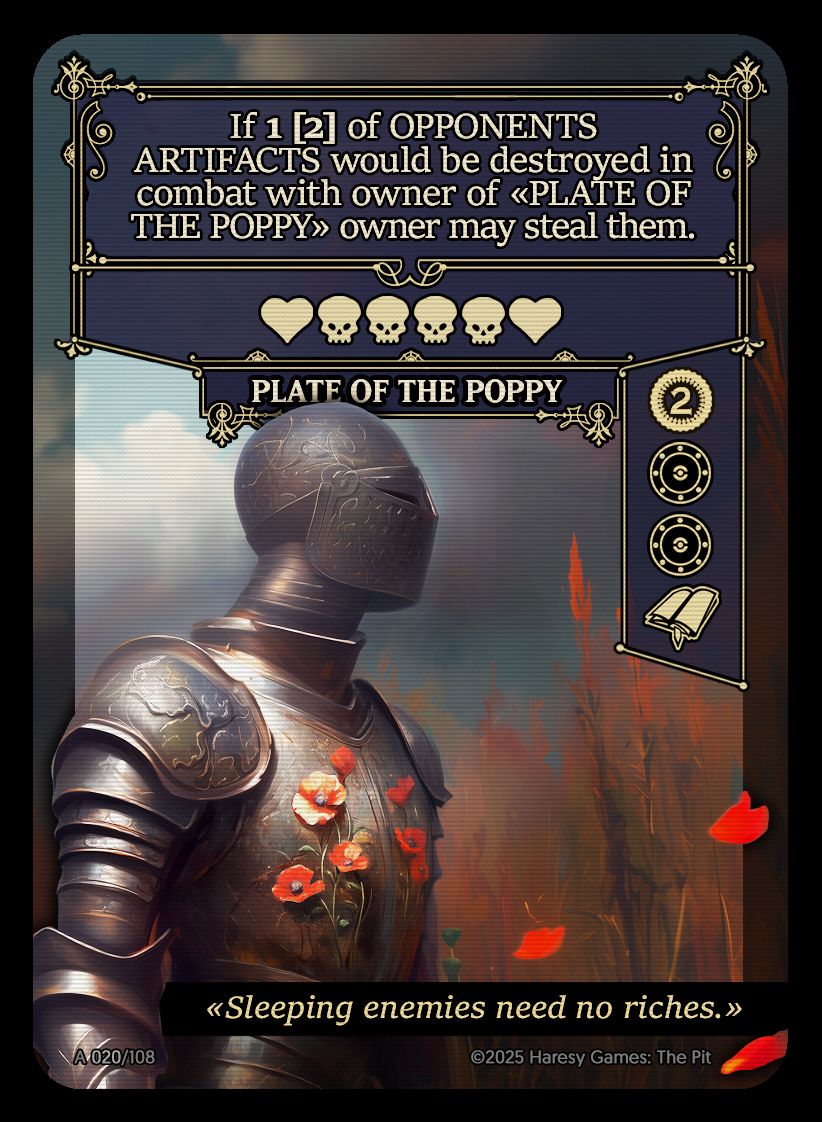
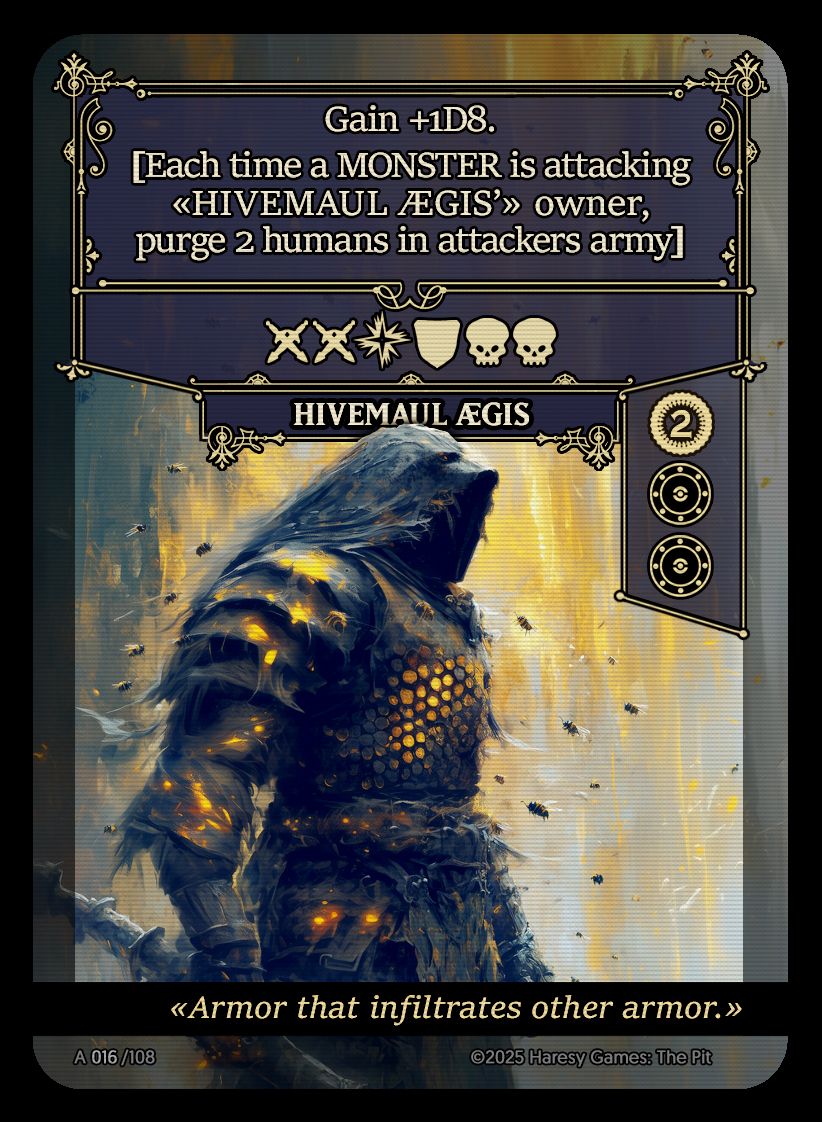
Combat (45cards)
The essence of each conflict is captured in the Combat Cards. During battle, players draw from this set, selecting one for play and possibly retaining others for future encounters. The variety in these cards, from those that are challenging to utilize but offer significant rewards to those that are simpler but with lesser benefits, necessitates careful deliberation. This mini-game within the larger game transforms armies into dice, engaging in a strategic march across the Combat Cards towards victory.
Resources (54cards)
Central to the strategic depth of the game are the Resource Cards. Designed to be drawn at the commencement of each round, these cards are pivotal in fortifying a player's position within the game, offering both coins and actions. The game encourages players to engage in diplomacy and trade with opponents to secure essential resources, navigating a landscape of demands and counteroffers. As the game progresses and the draw of Resource Cards diminishes, the challenge to conquer and maintain locations intensifies, ensuring a dynamic gameplay experience that demands astute resource management and strategic foresight.
Alternative Ressource Decks (54+cards)
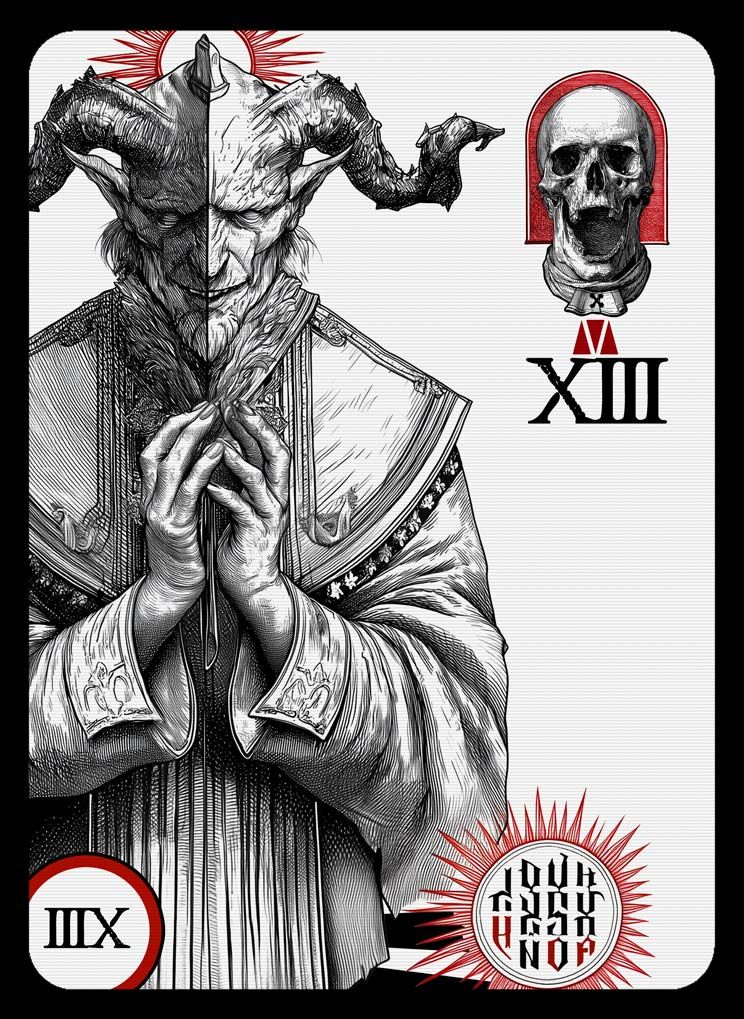
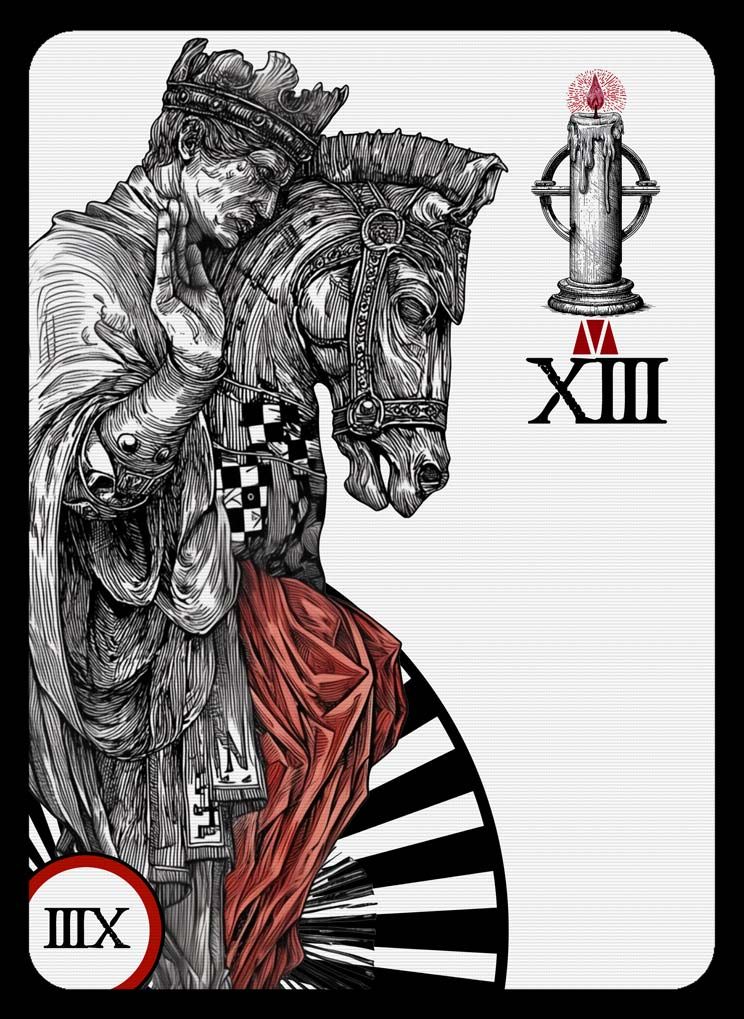
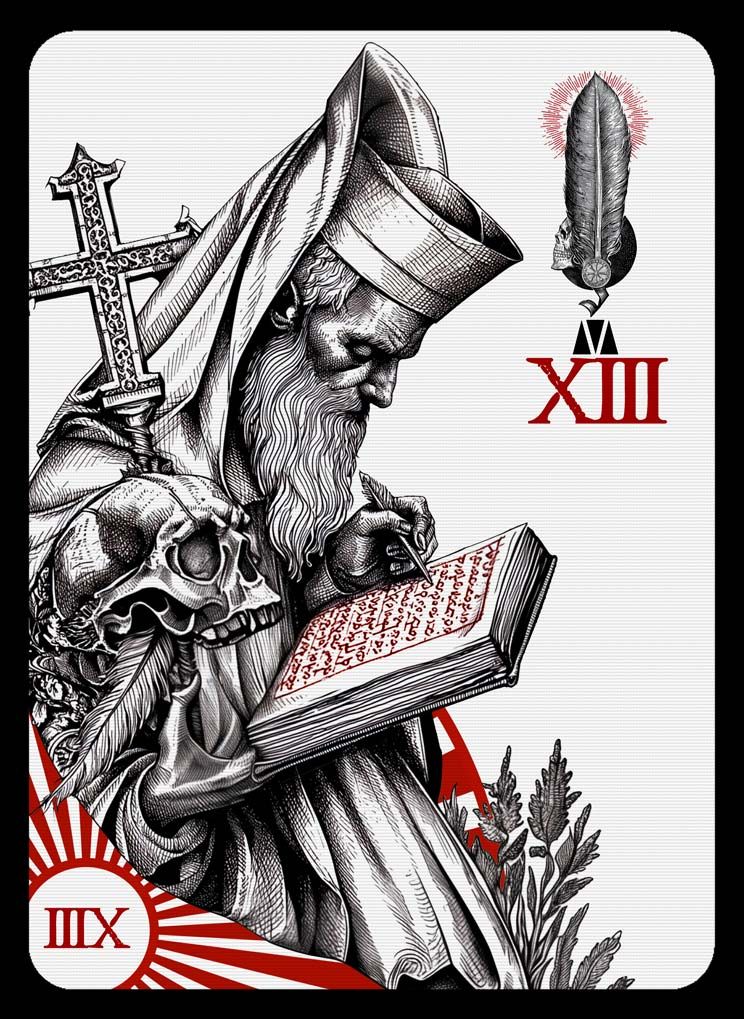
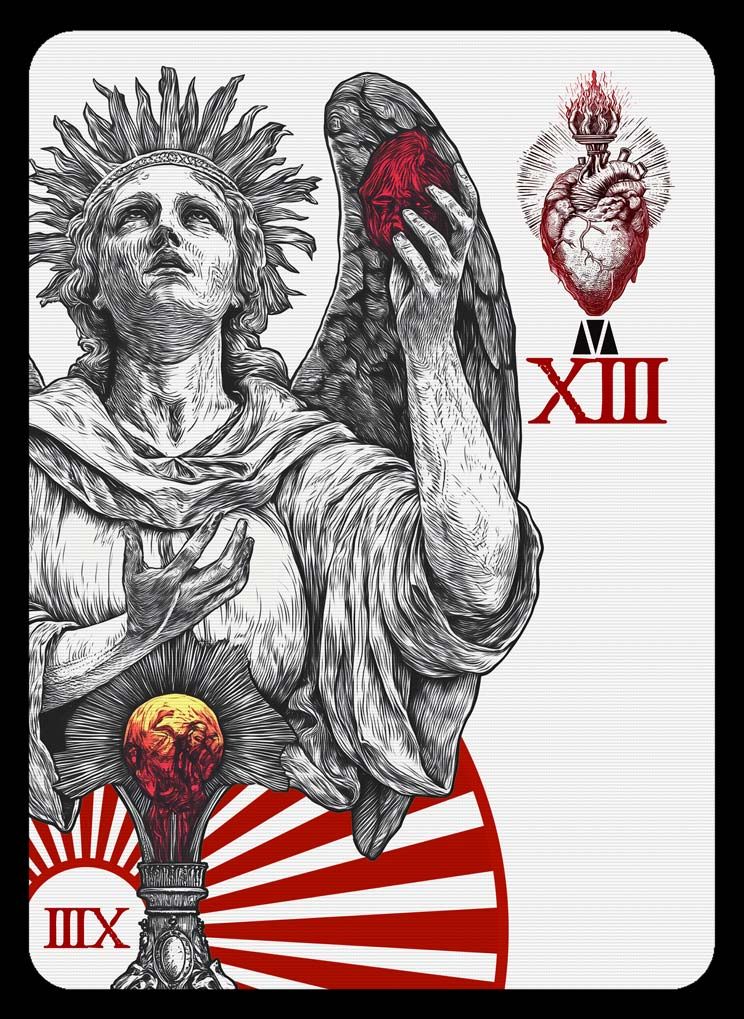
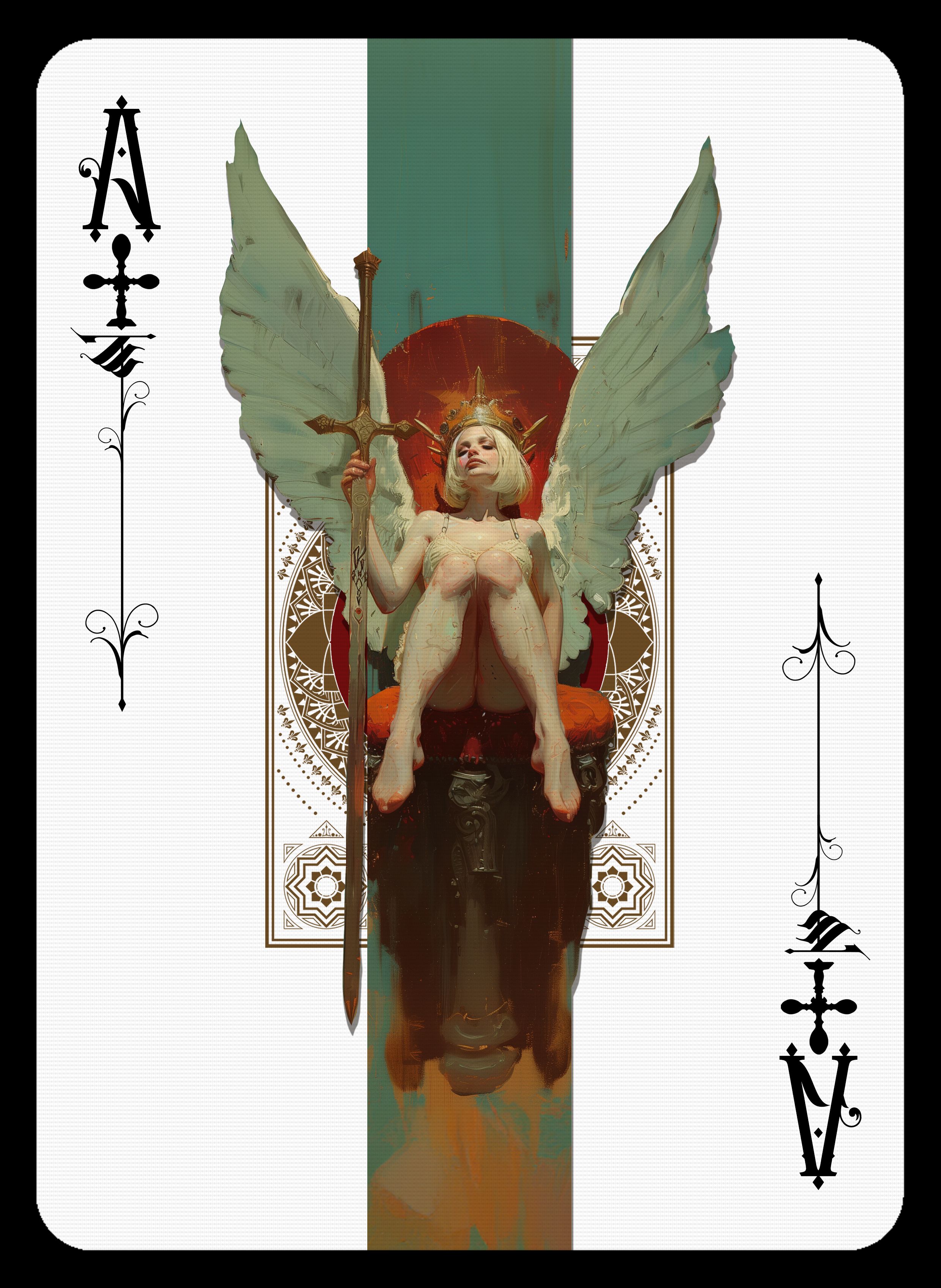
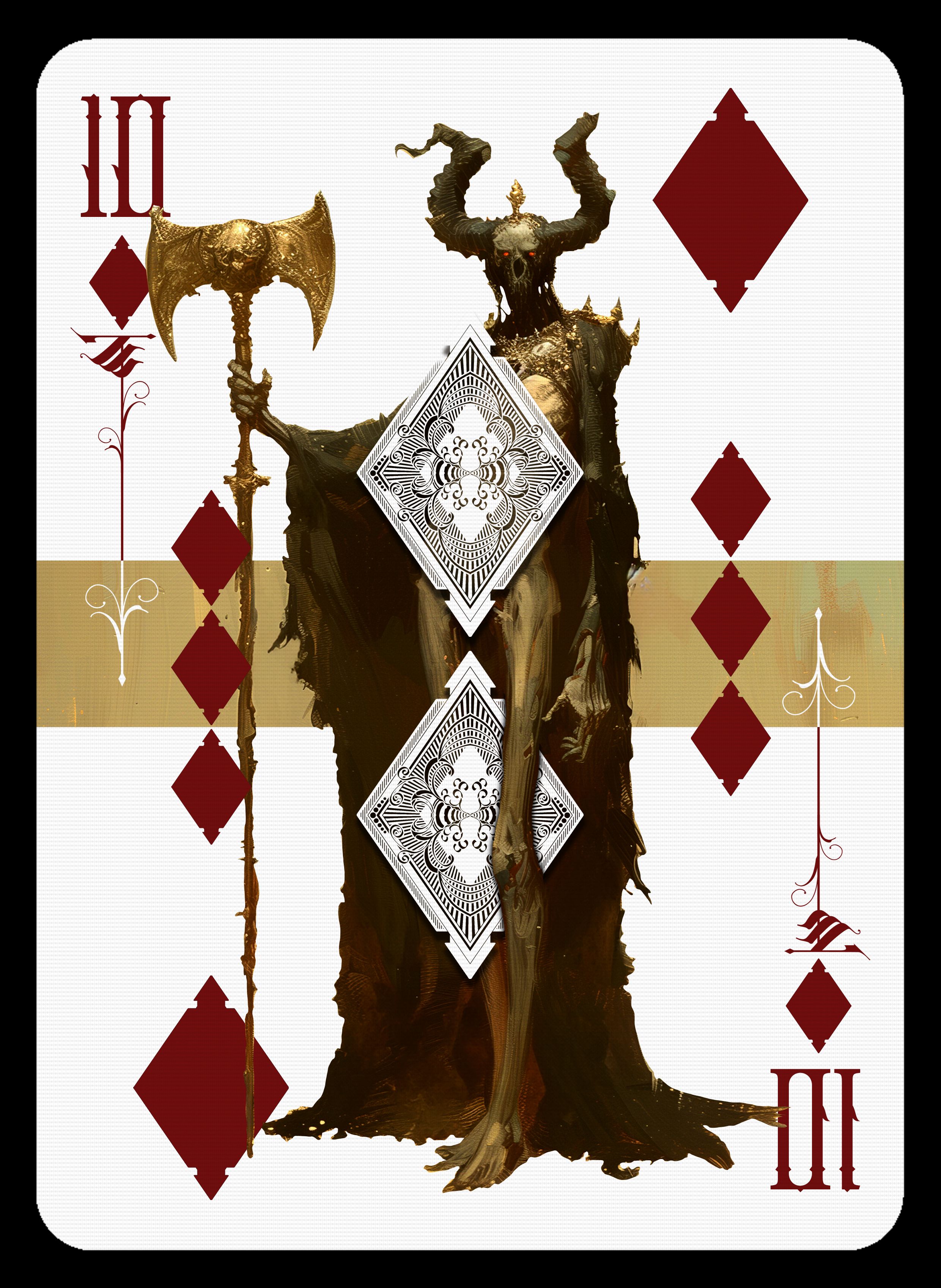
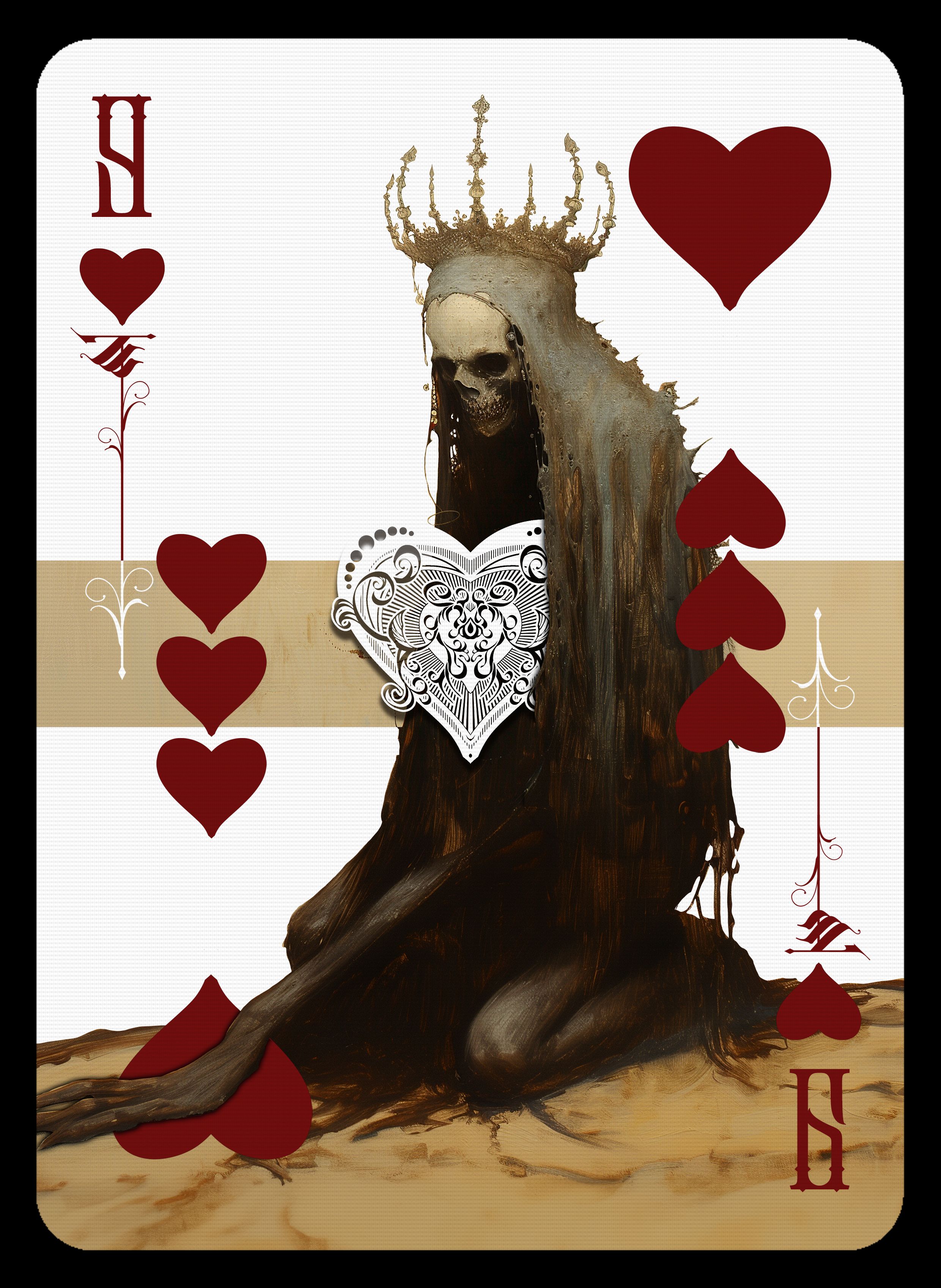
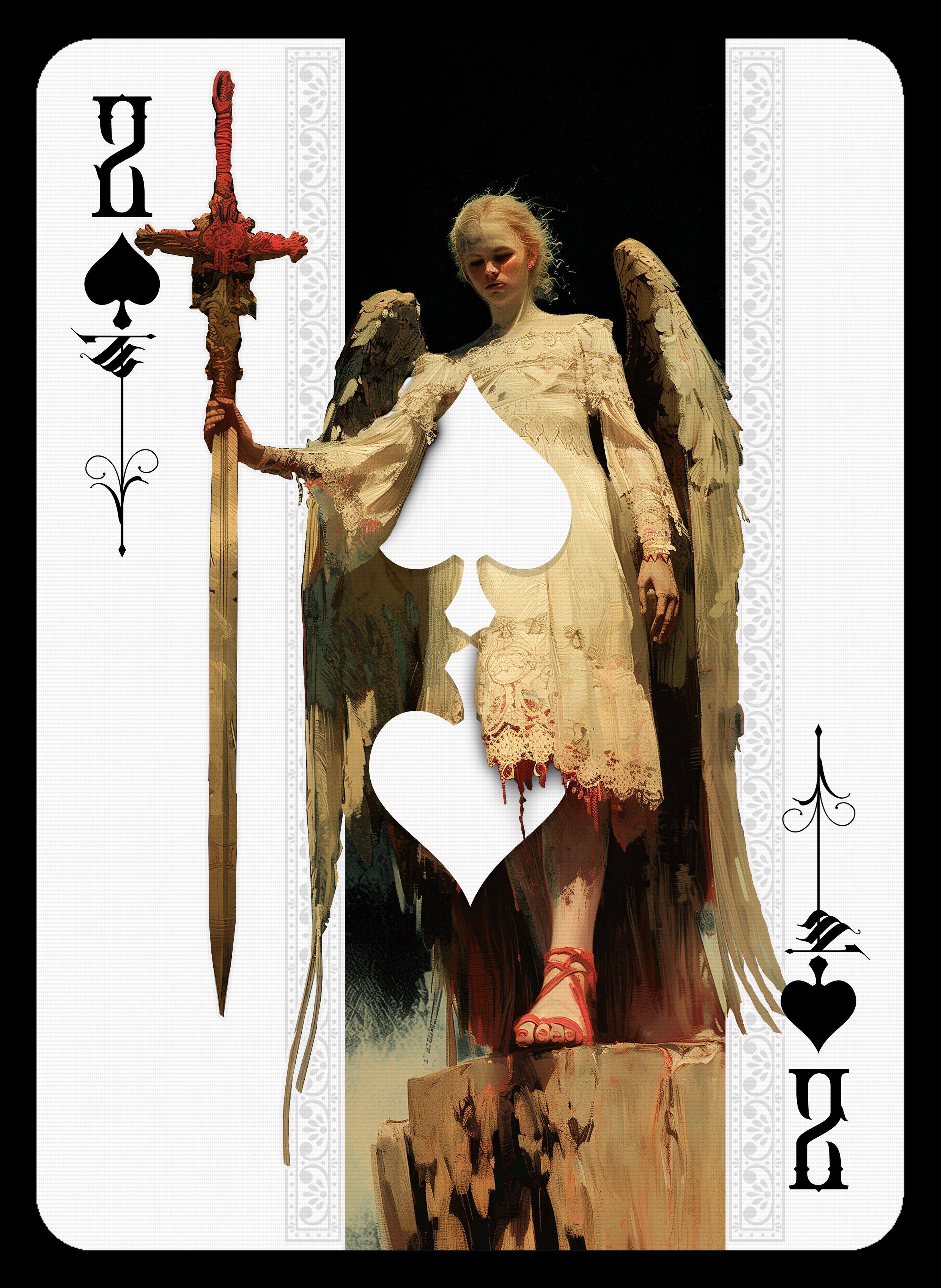
Armageddon Clock (108cards)
The introduction of Armageddon Clock Cards brings an element of suspense and anticipation to the game. These cards serve as a metaphorical countdown, with each draw inching players closer to an apocalyptic confrontation. Hidden within this deck are the harbingers of doom, and their emergence signals the onset of a final, monumental clash between the mightiest forces of each realm. This feature is designed to inject a sense of urgency and strategize for an inevitable climax.
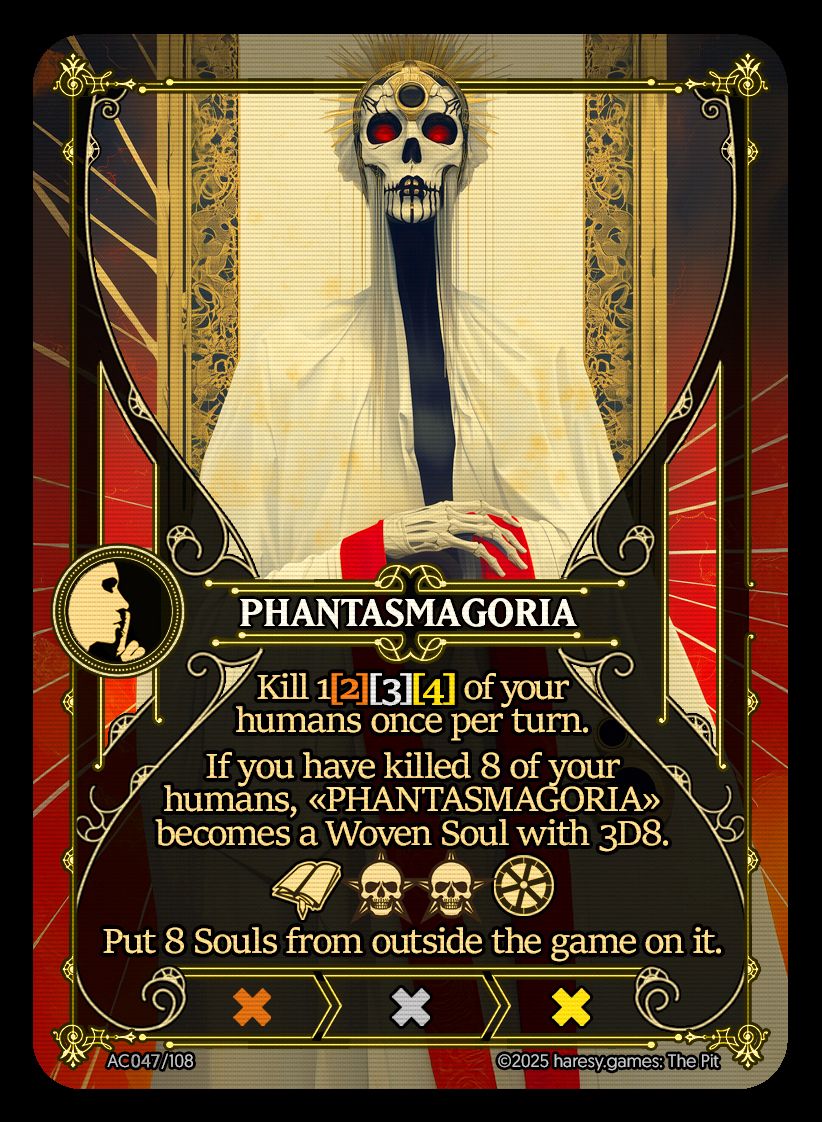
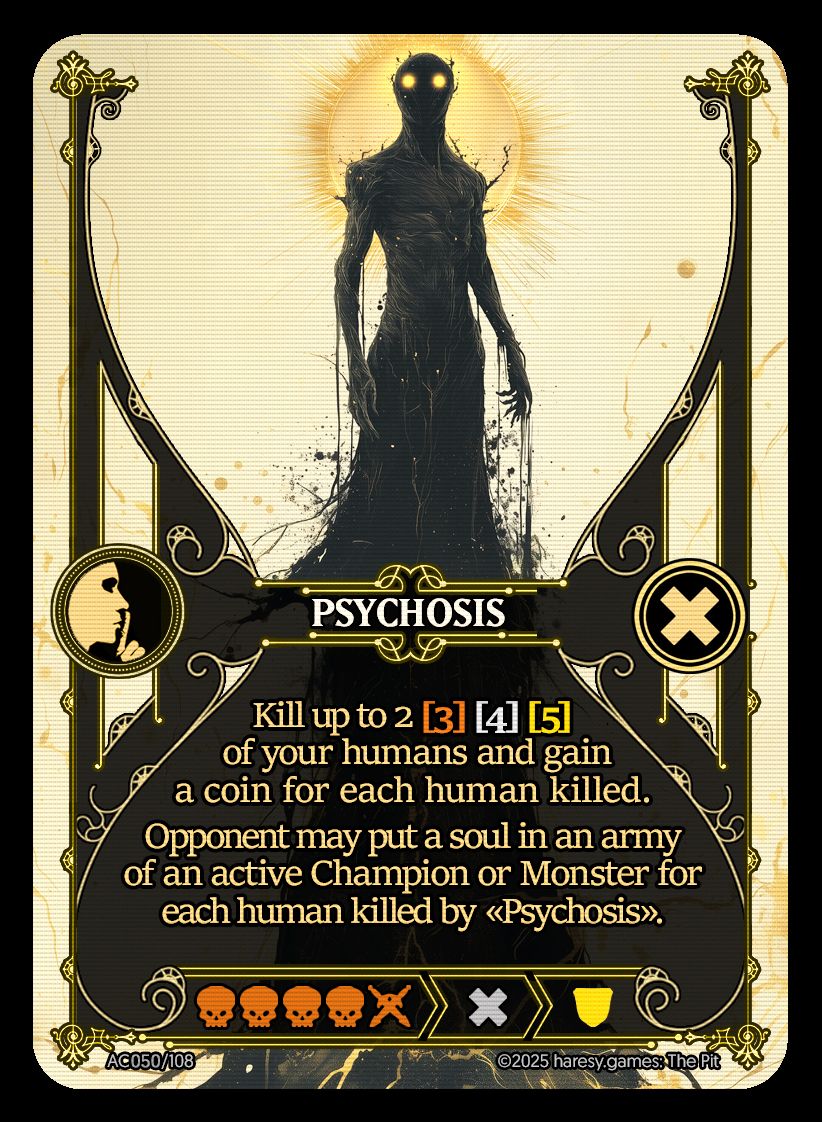
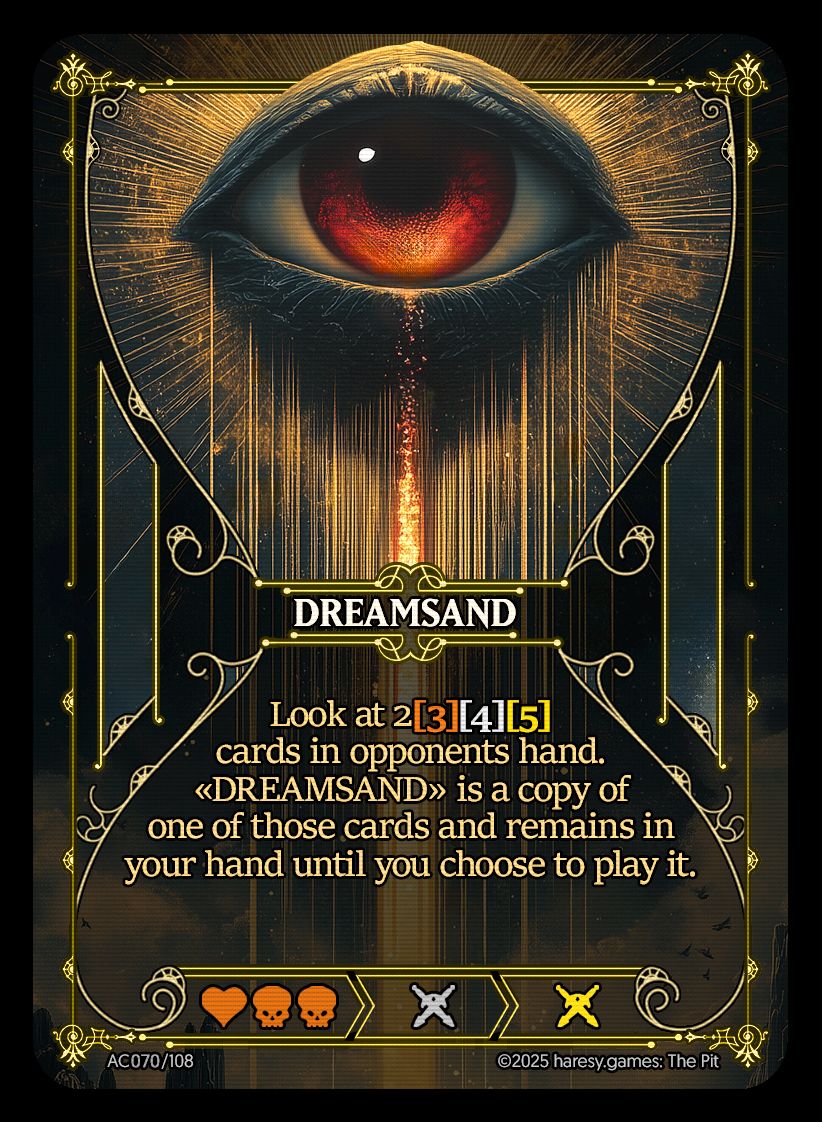
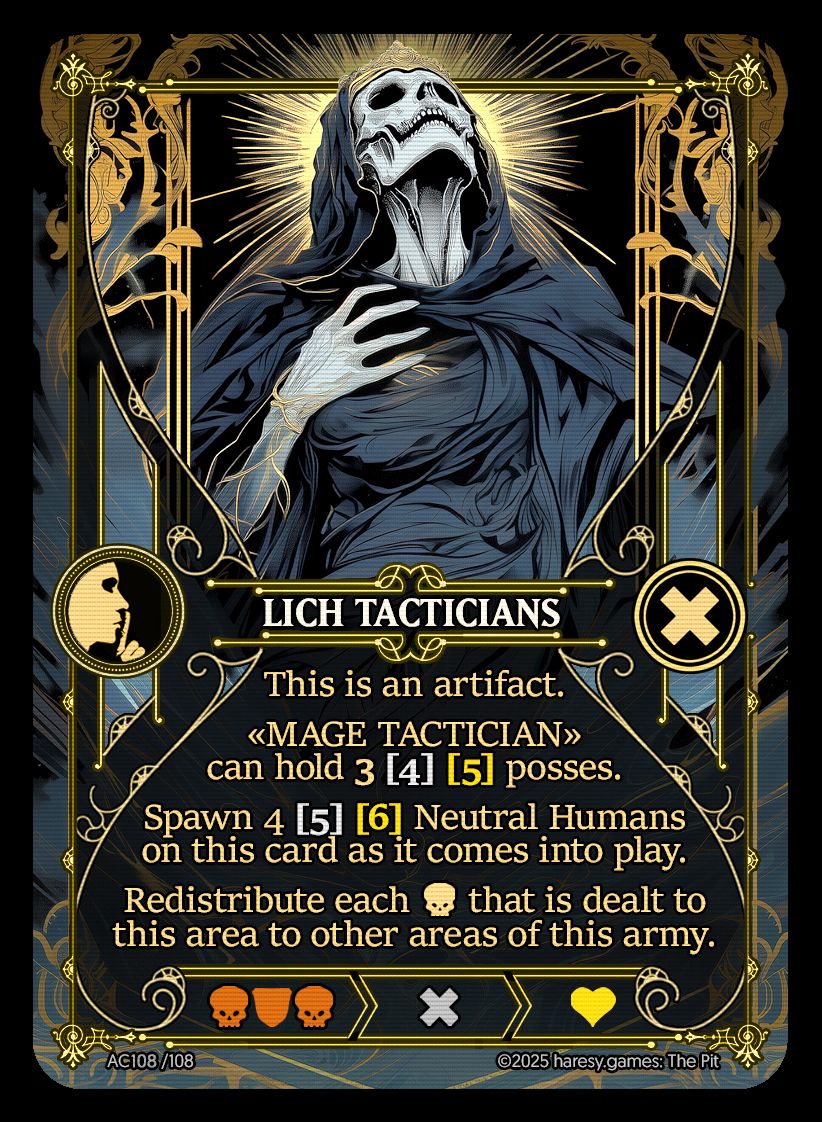
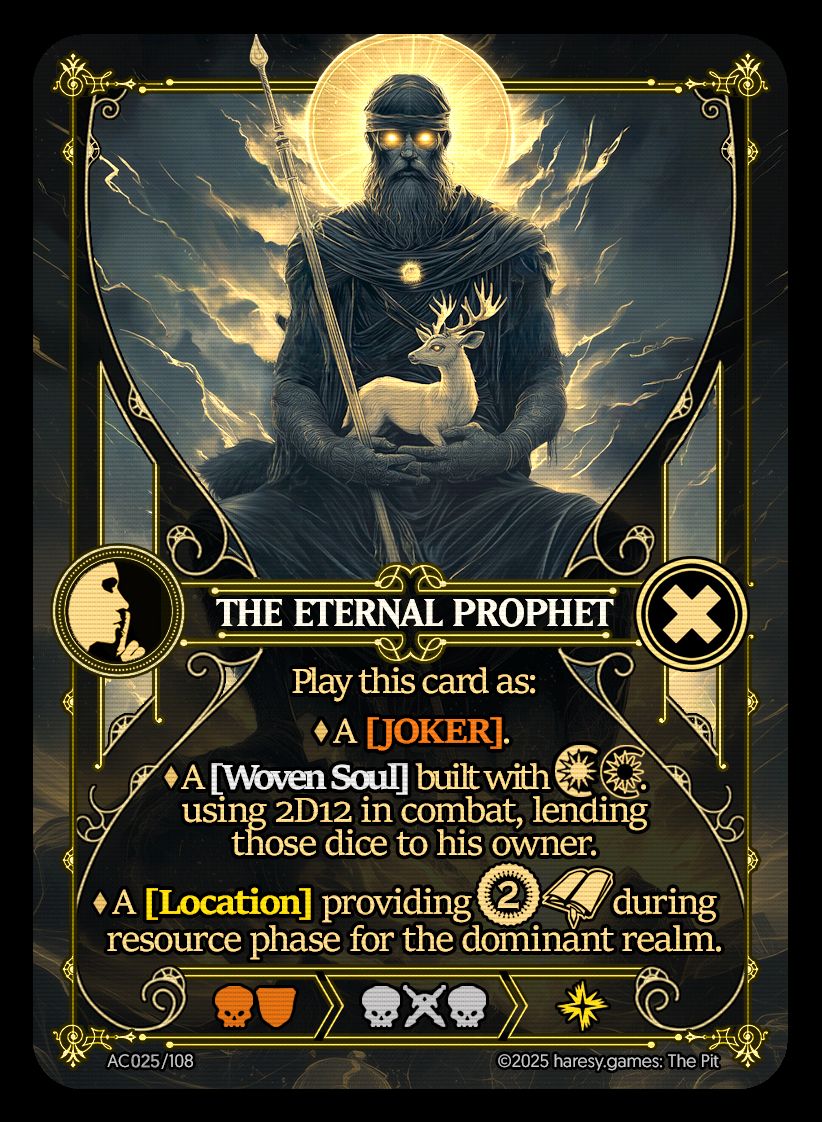
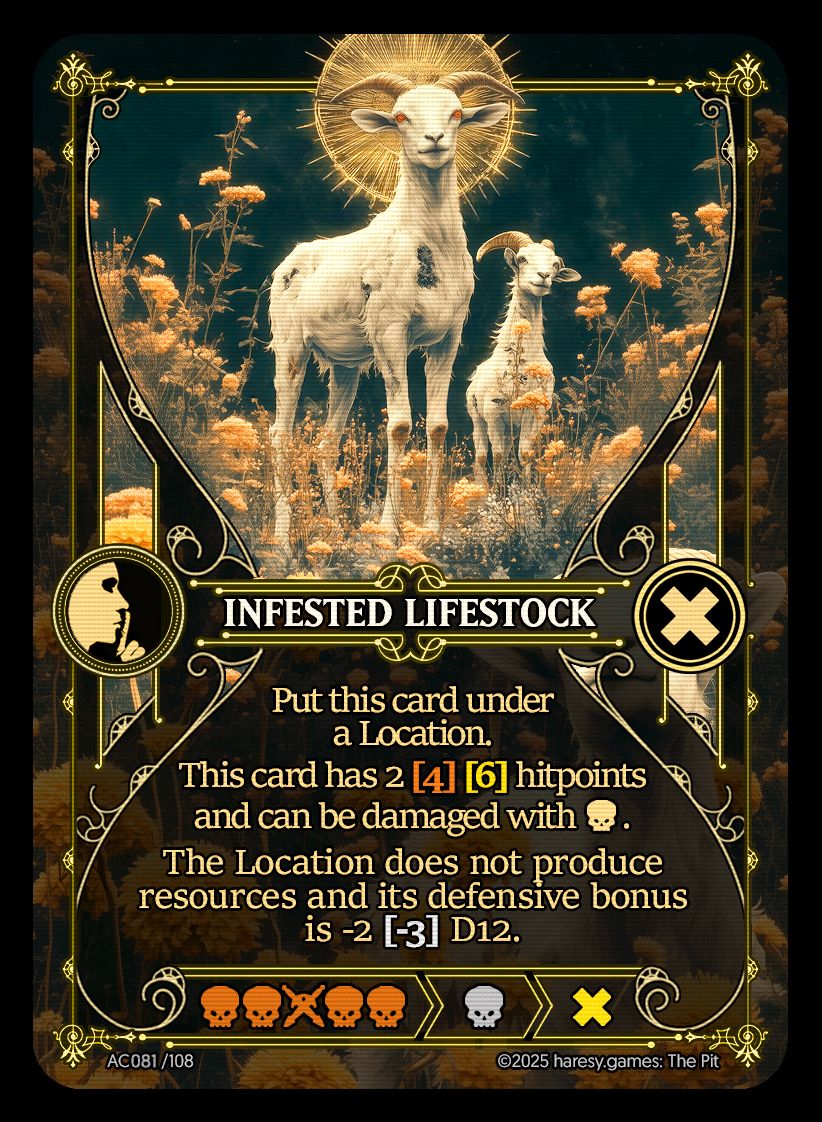
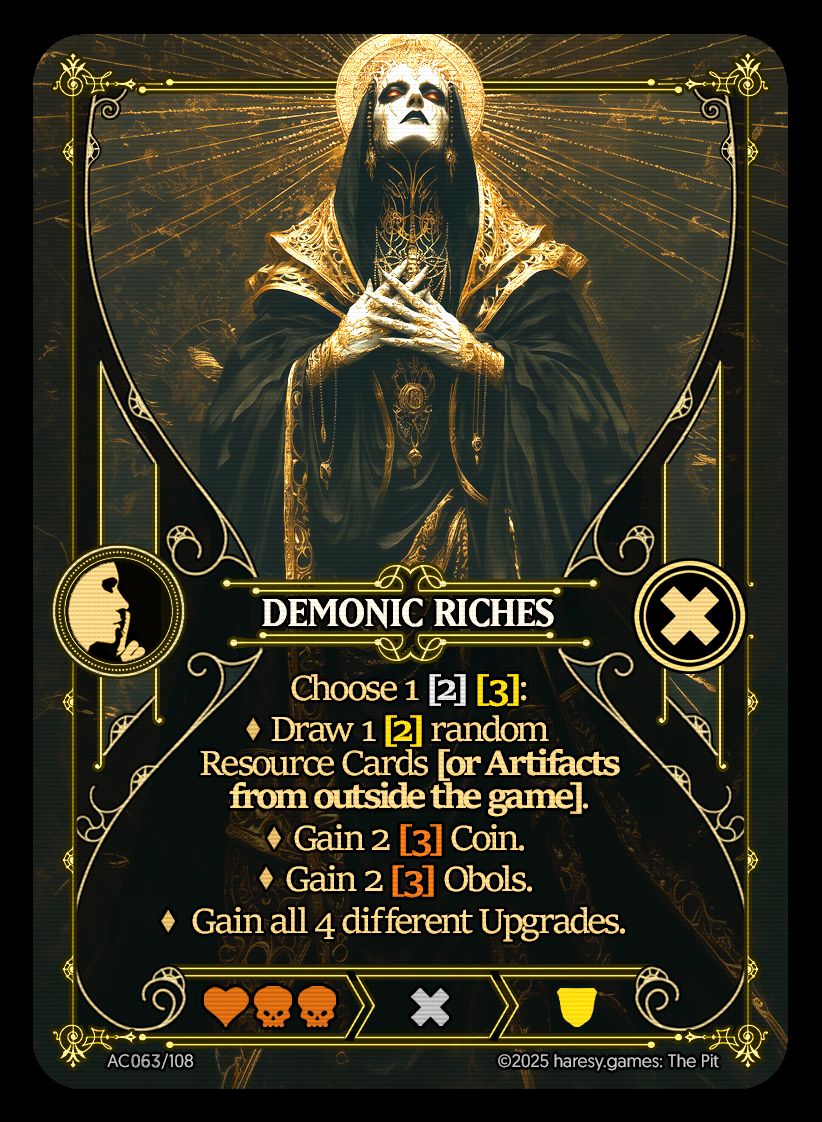
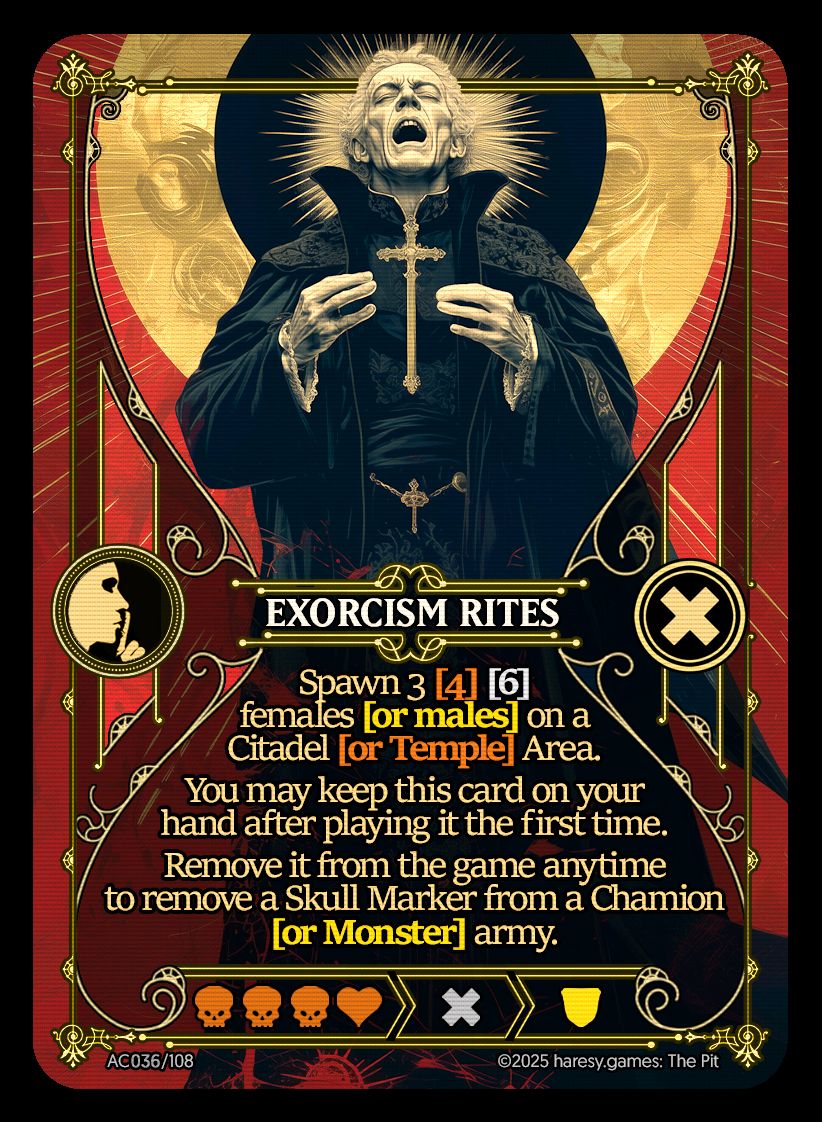
Spells (192cards)
Every Angel, Demon, and Champion in the game is imbued with a unique set of 8 spells, enriching the magical landscape of the game. As these characters progress, an opponent draws two spells from the relevant deck, choosing one to pass to their rival. The potency of a spell is directly linked to the reward it brings, prompting a careful consideration of the benefits of generosity versus the potential empowerment of an opponent. This aspect underscores the strategic value of benevolence and the ramifications of greed.
DEMON SPELLS (RED)
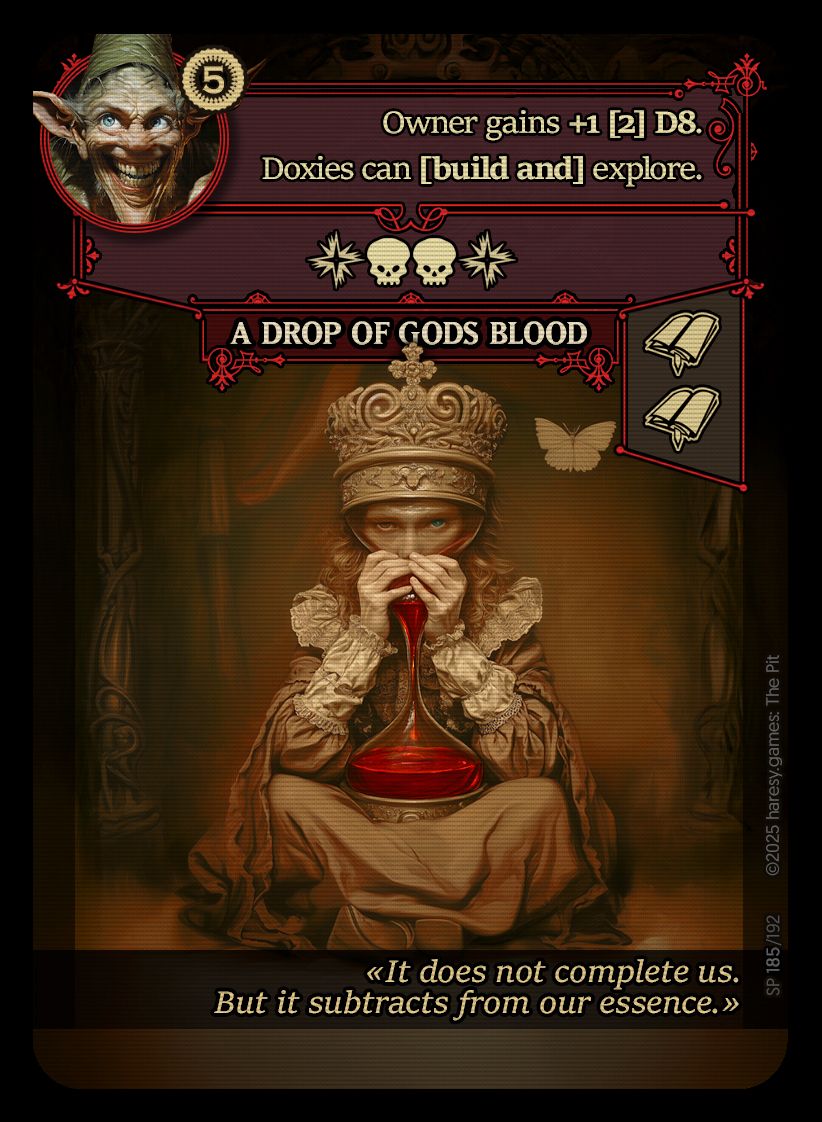
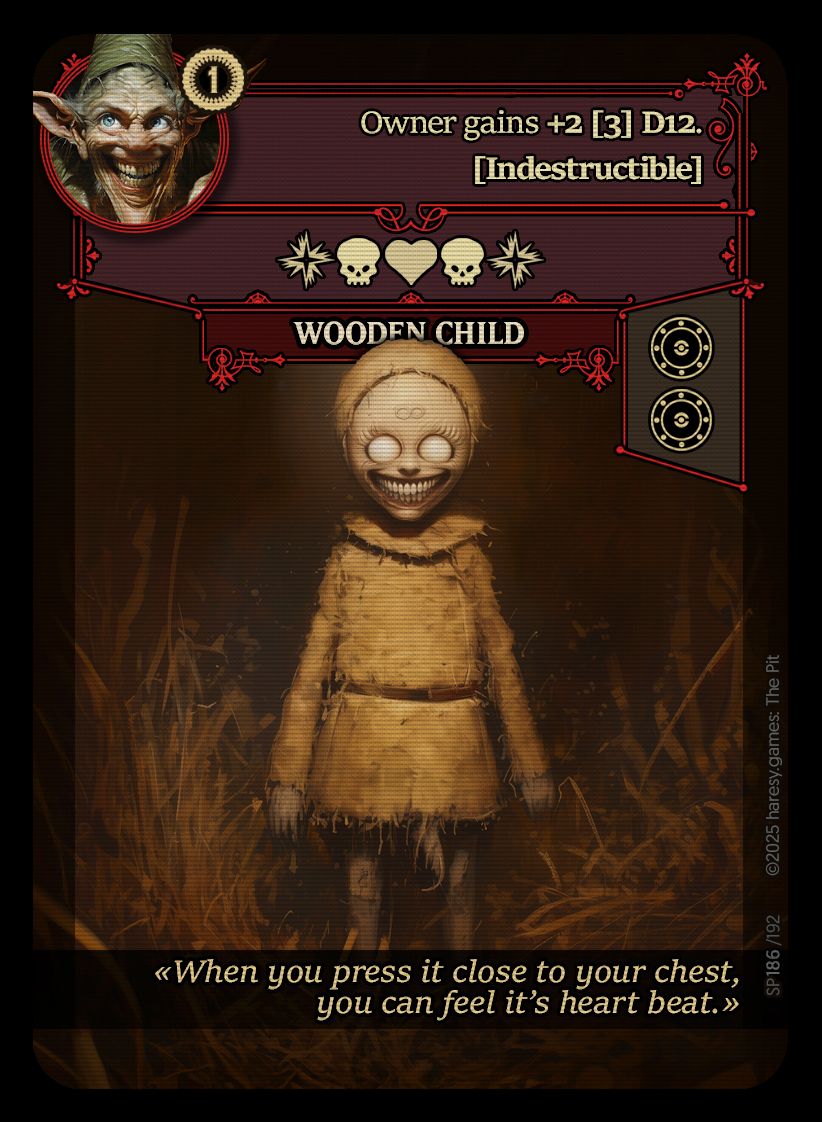
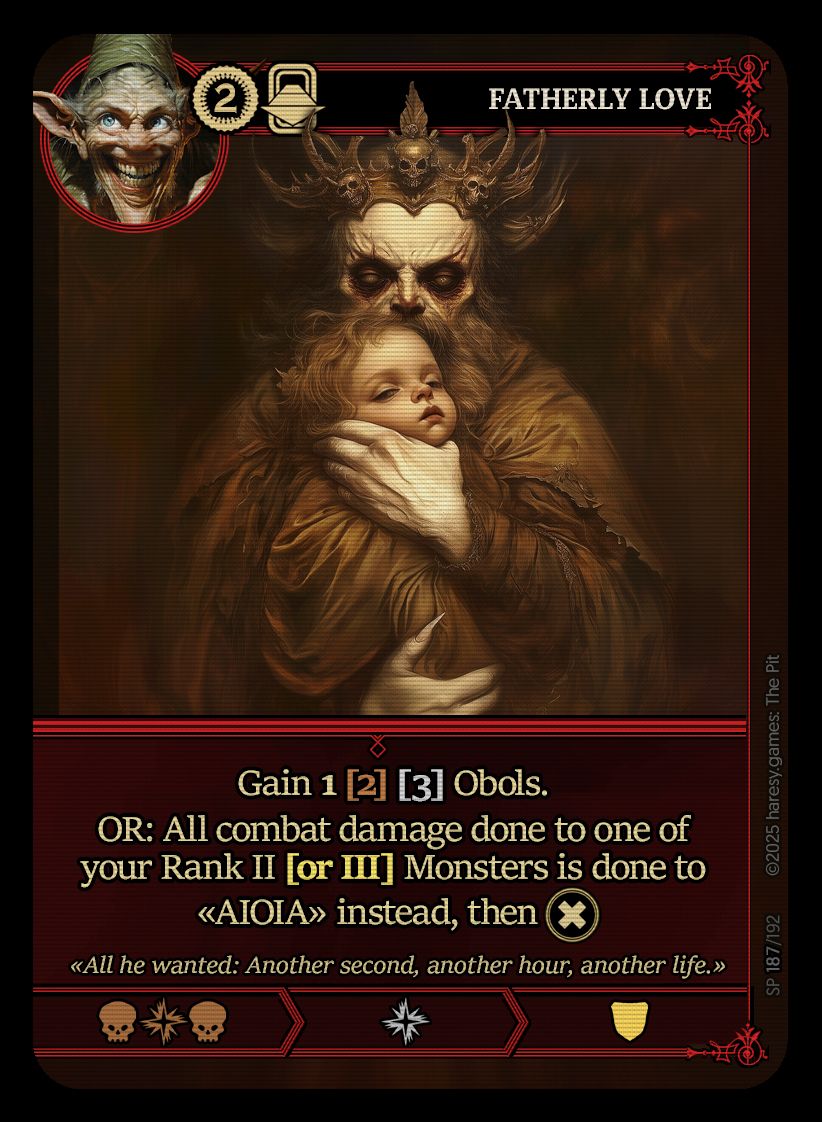
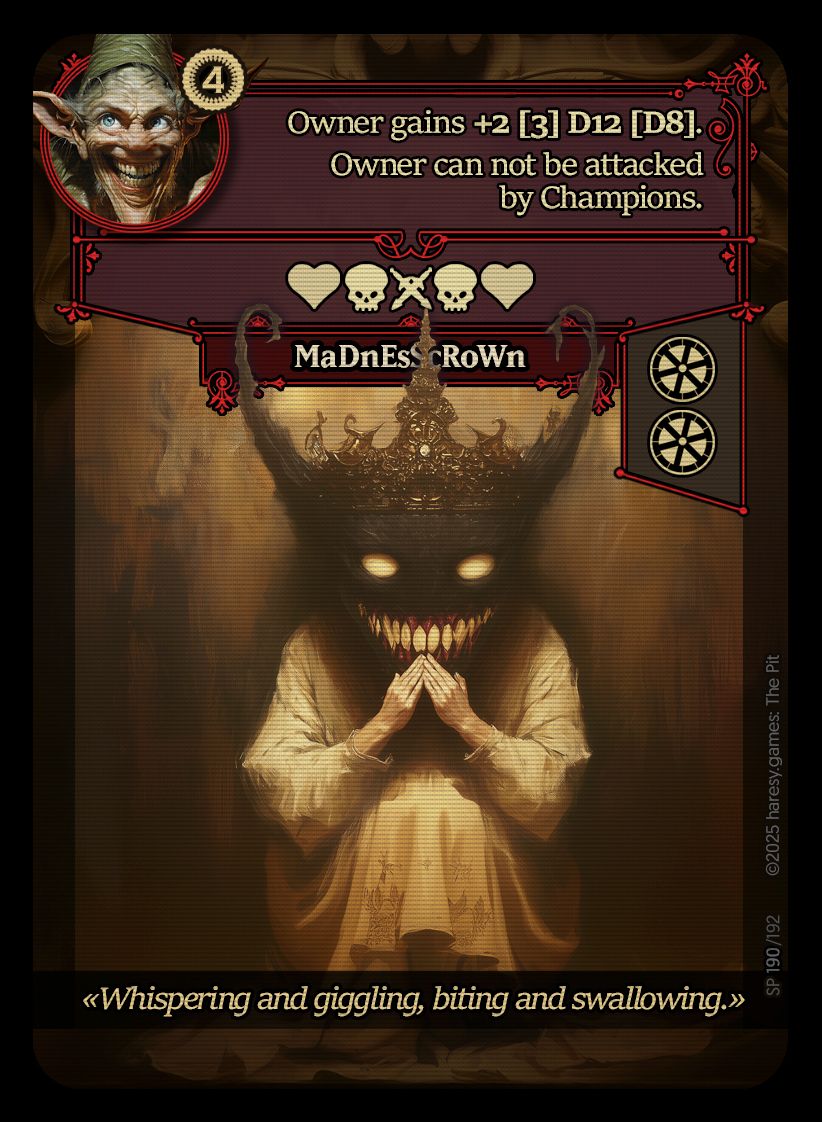
ANGEL SPELLS (GOLDEN)
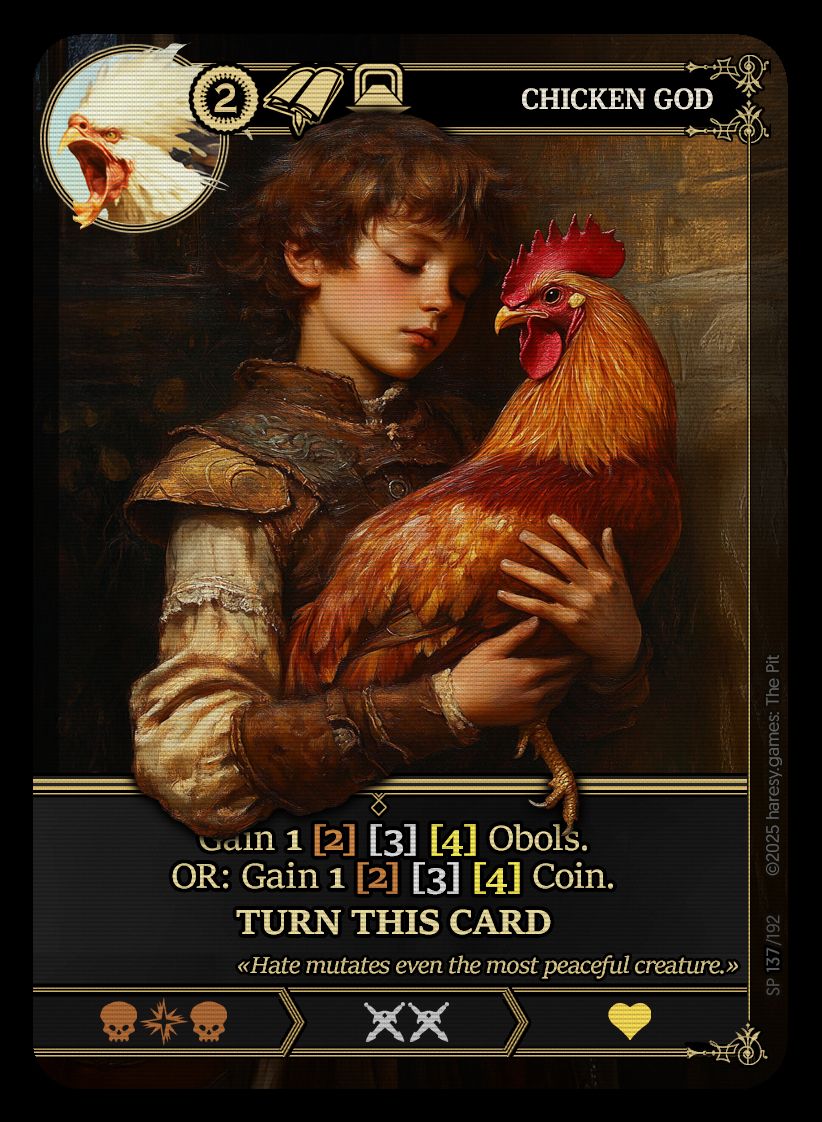
FLIP CARD
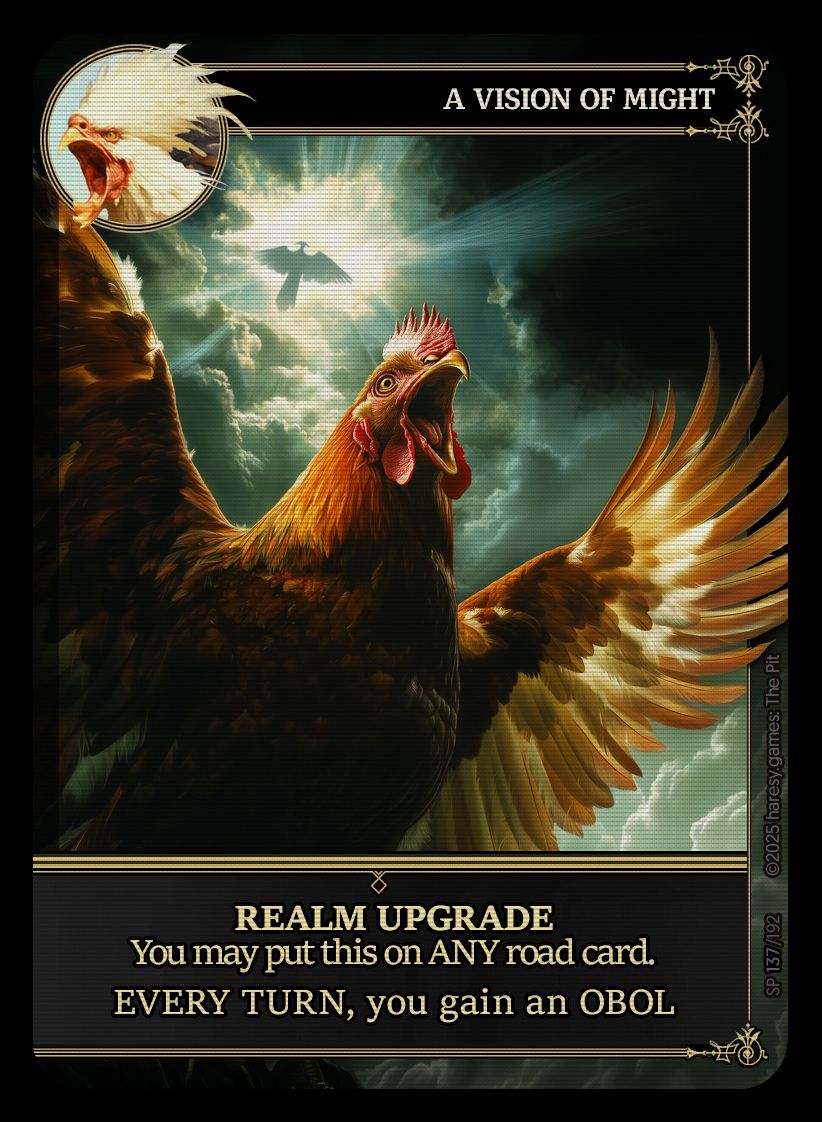
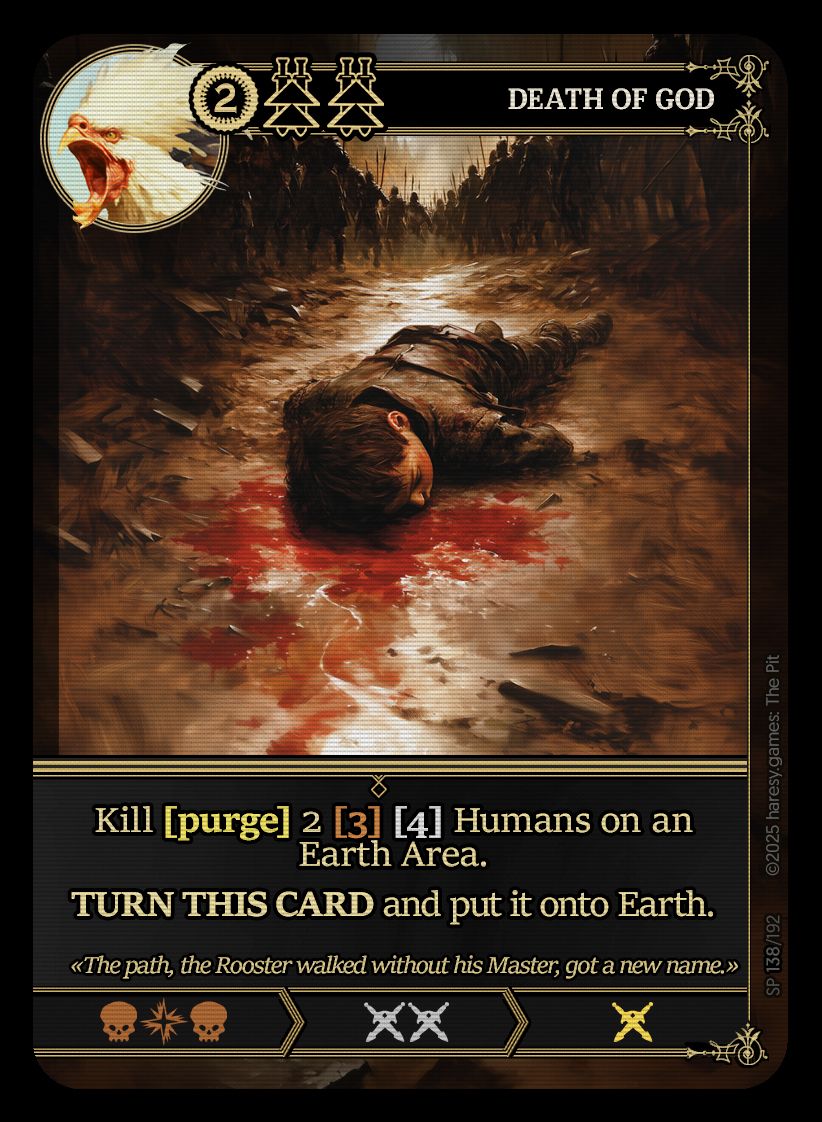
FLIP CARD
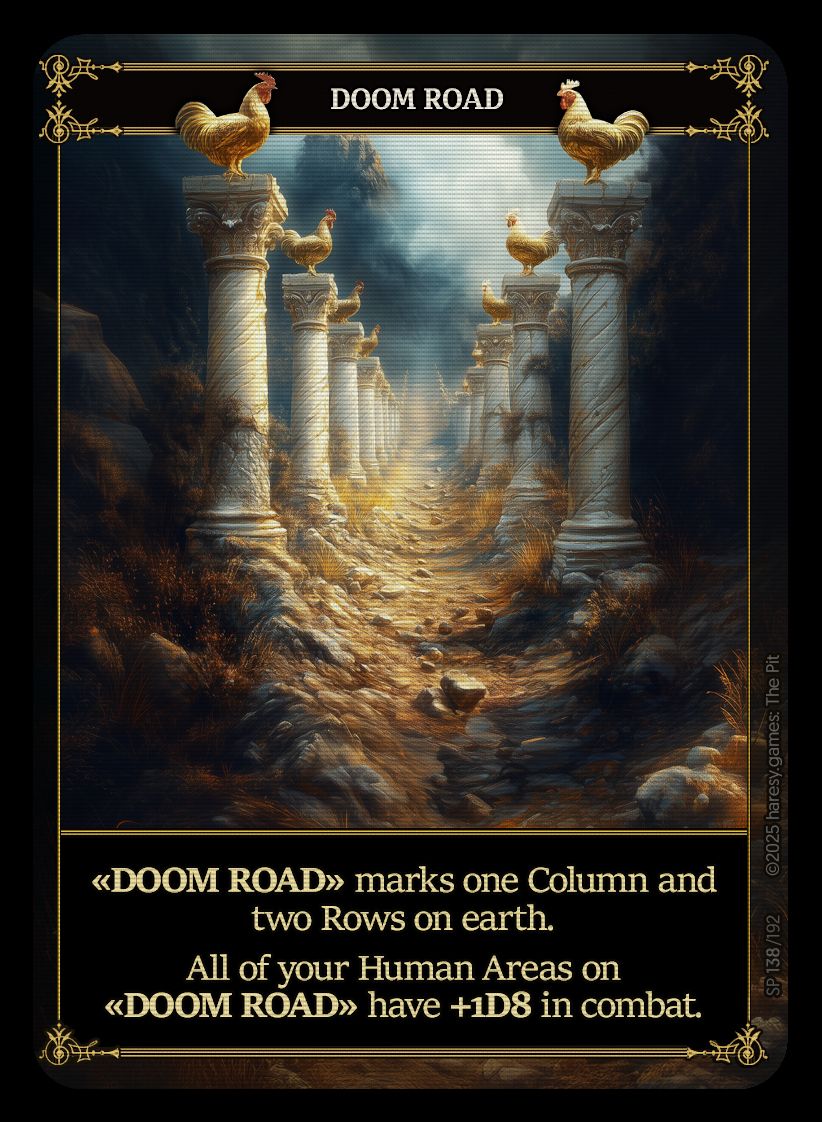
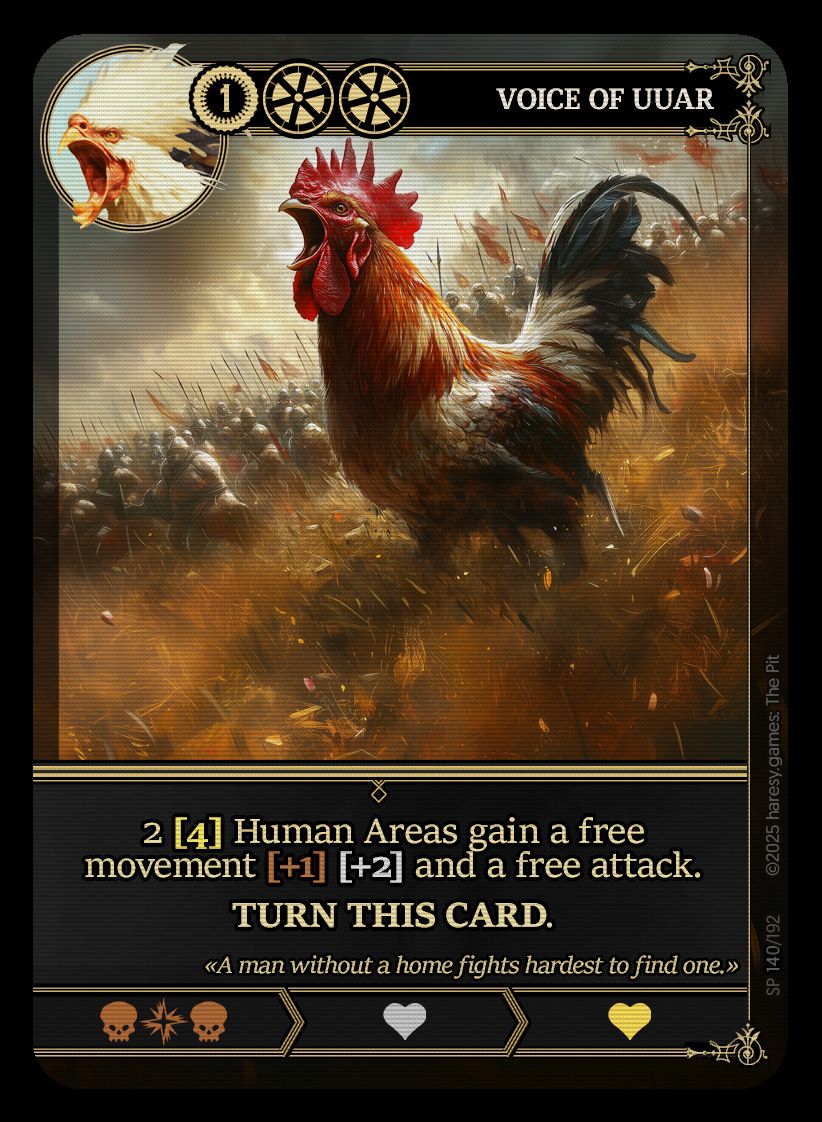
FLIP CARD
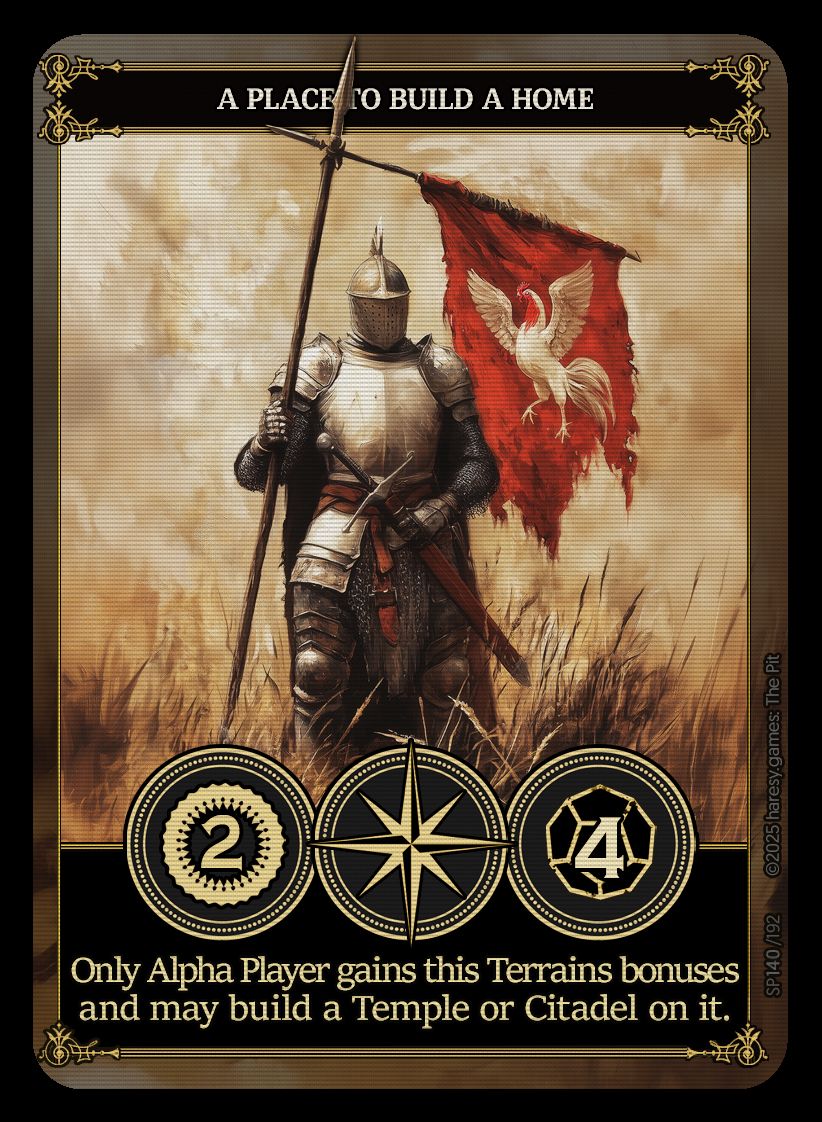
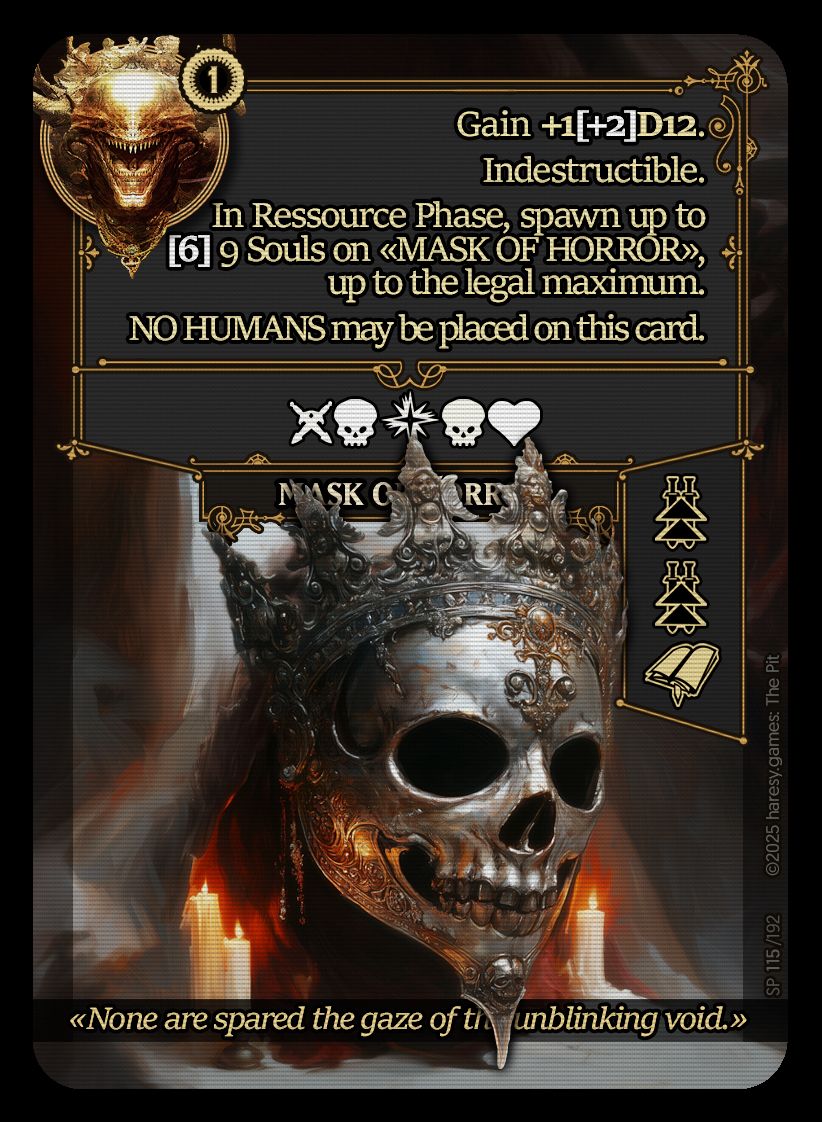
CHAMPION SPELLS (GREY)
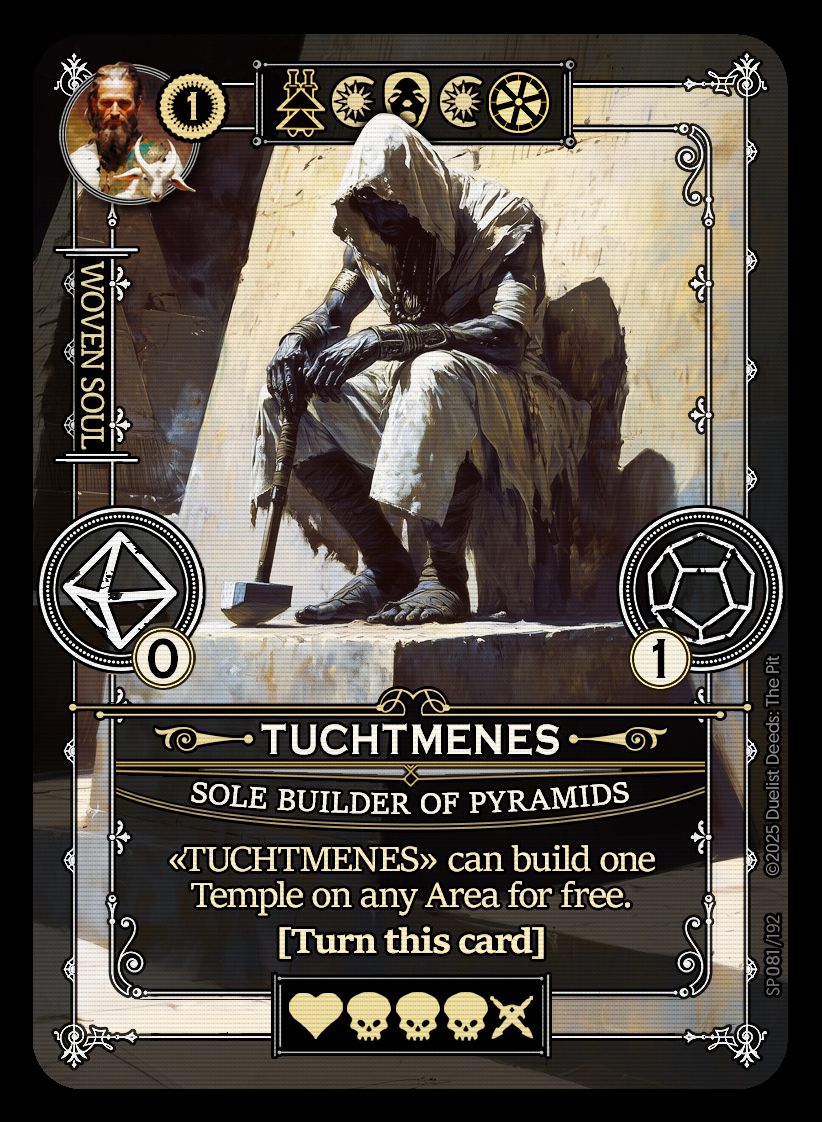
FLIP CARD
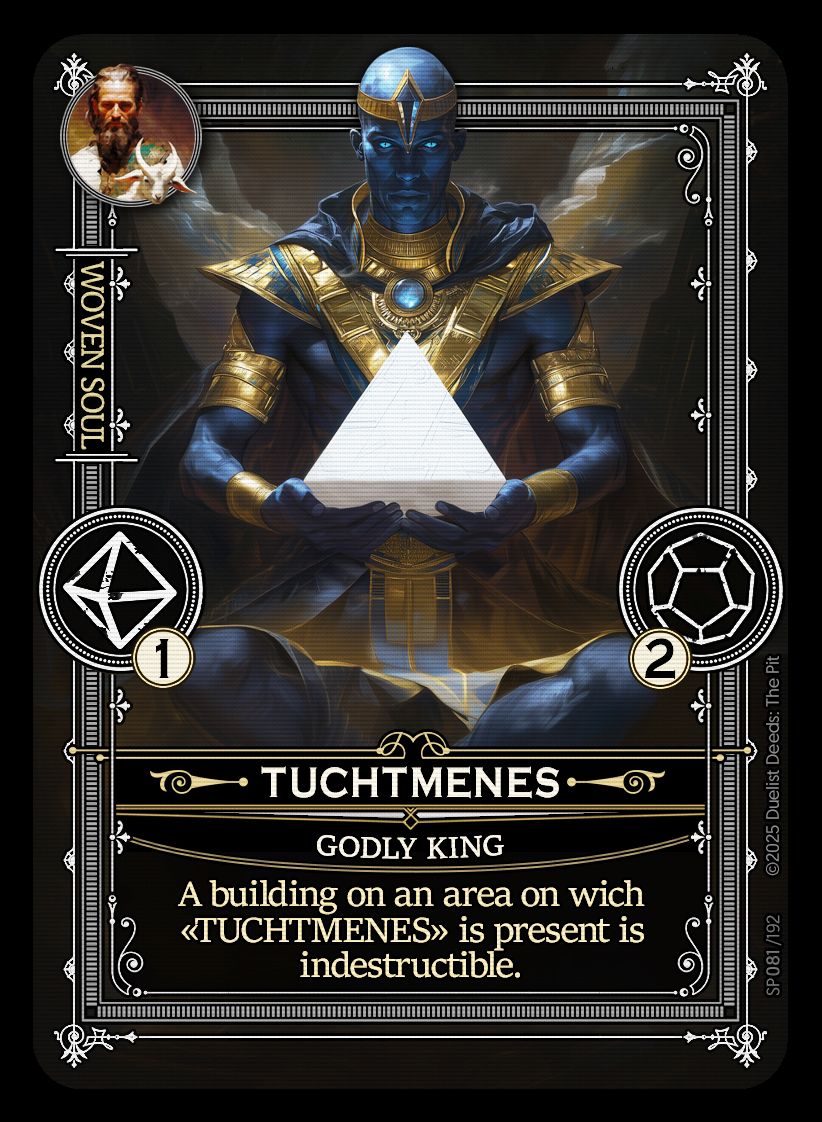
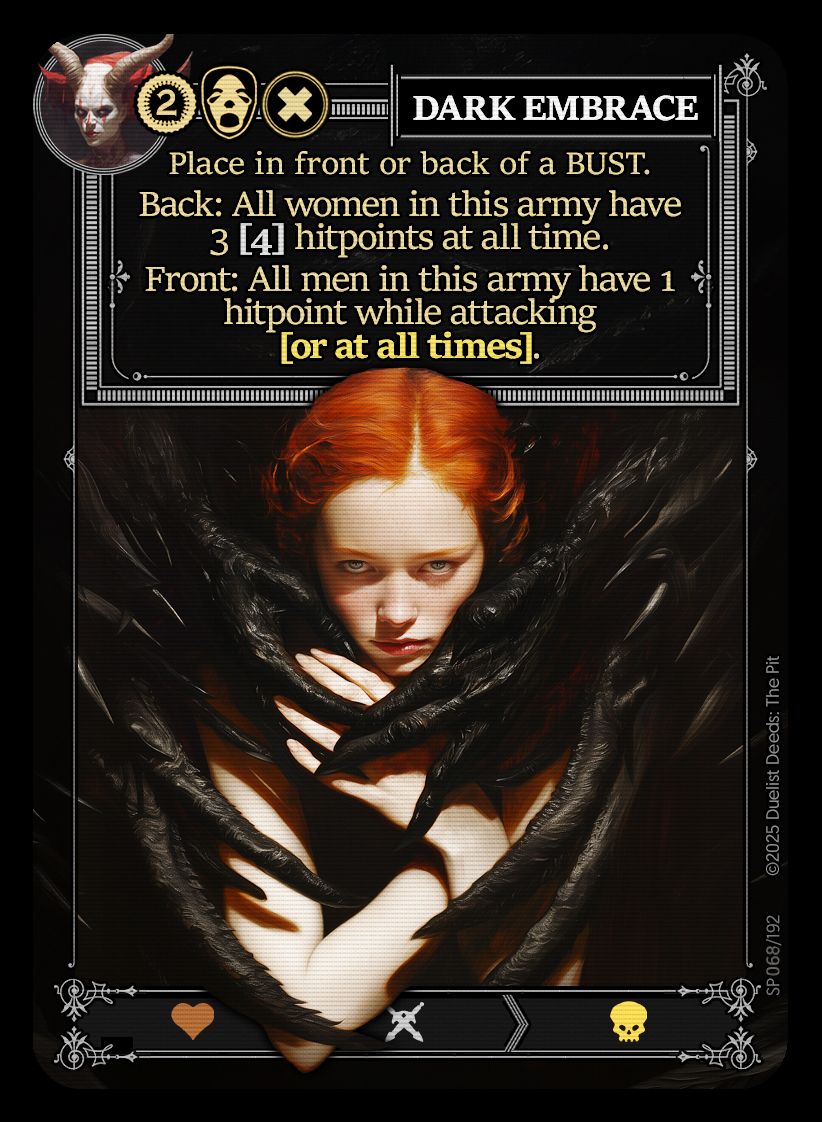
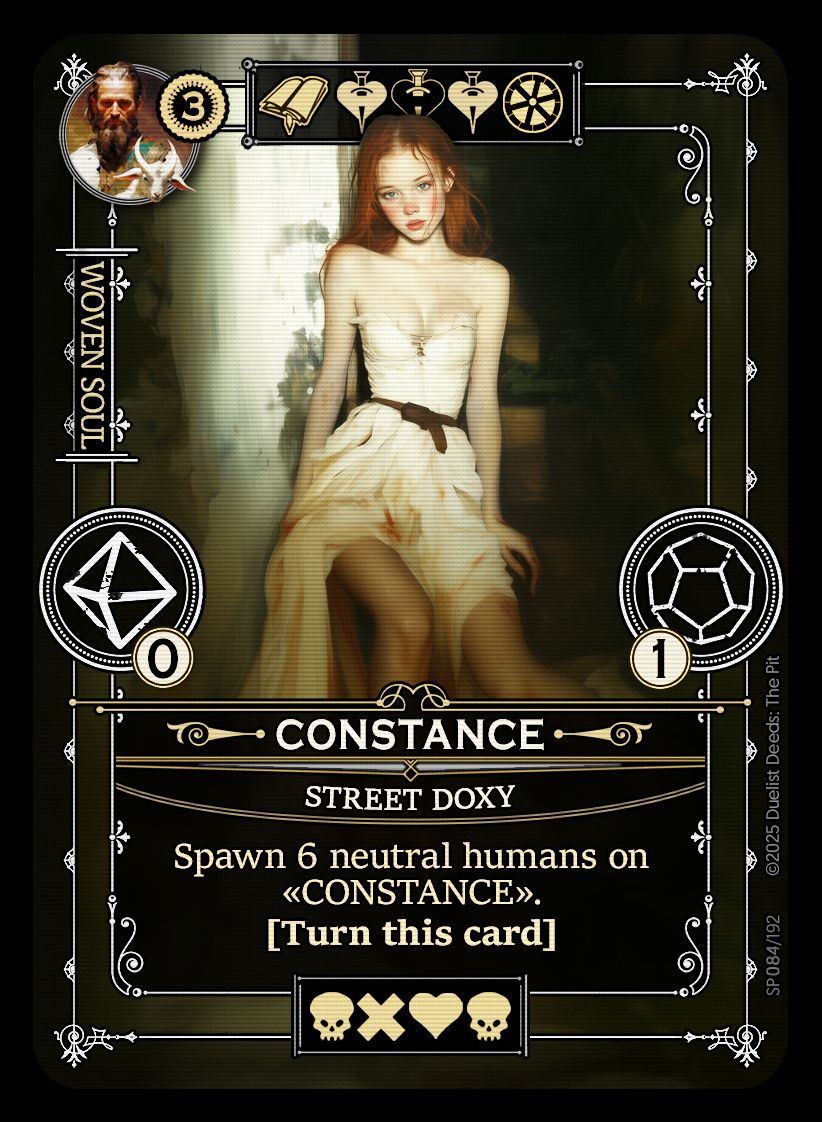
FLIP CARD
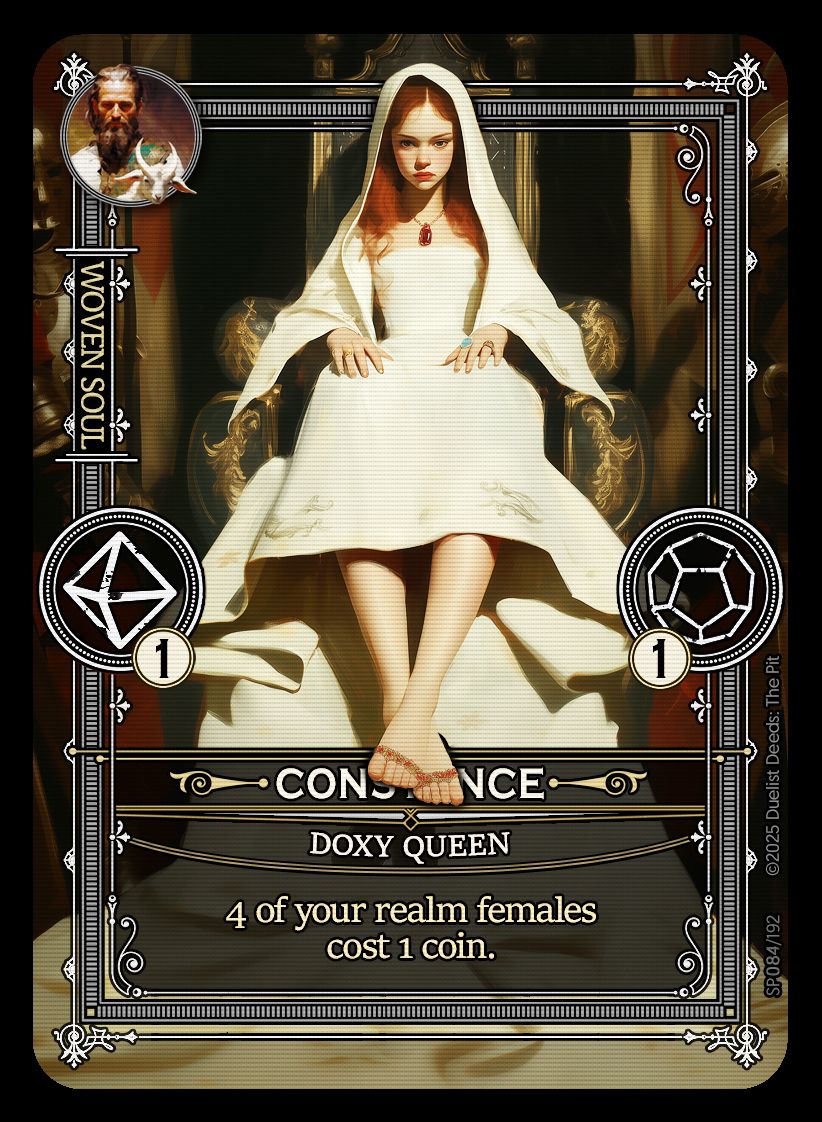
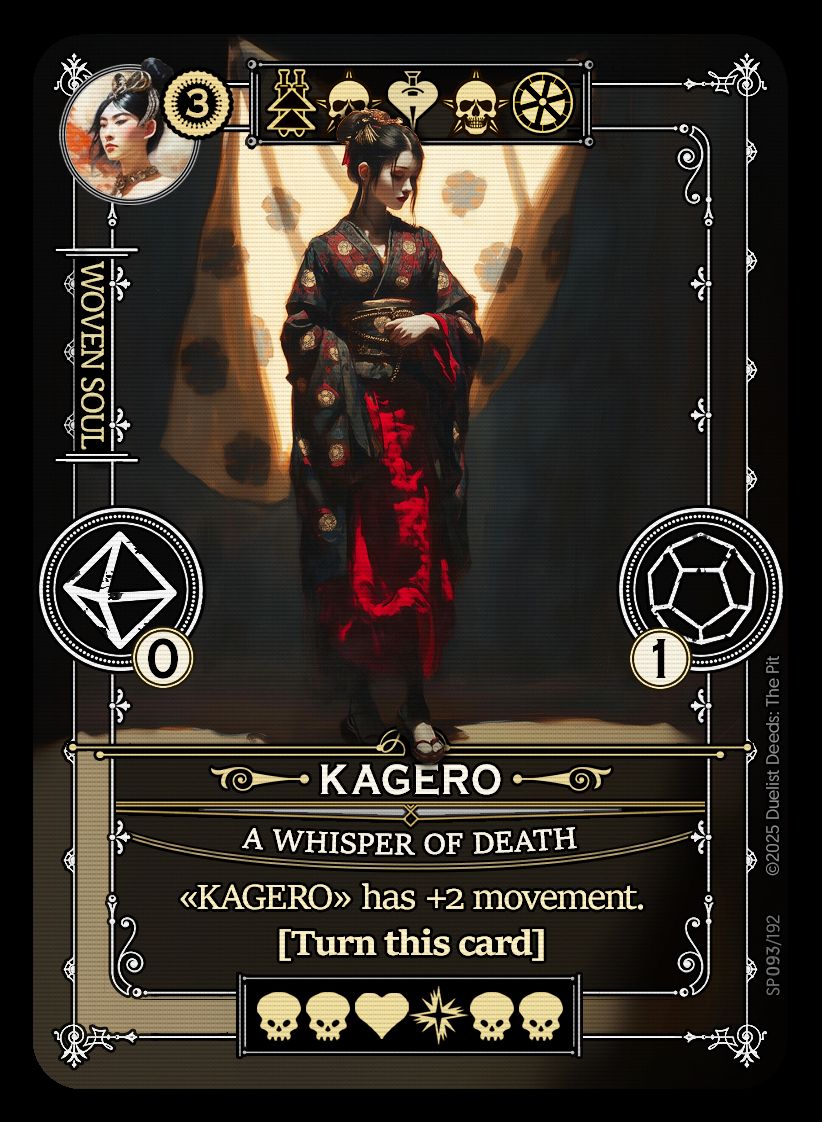
FLIP CARD
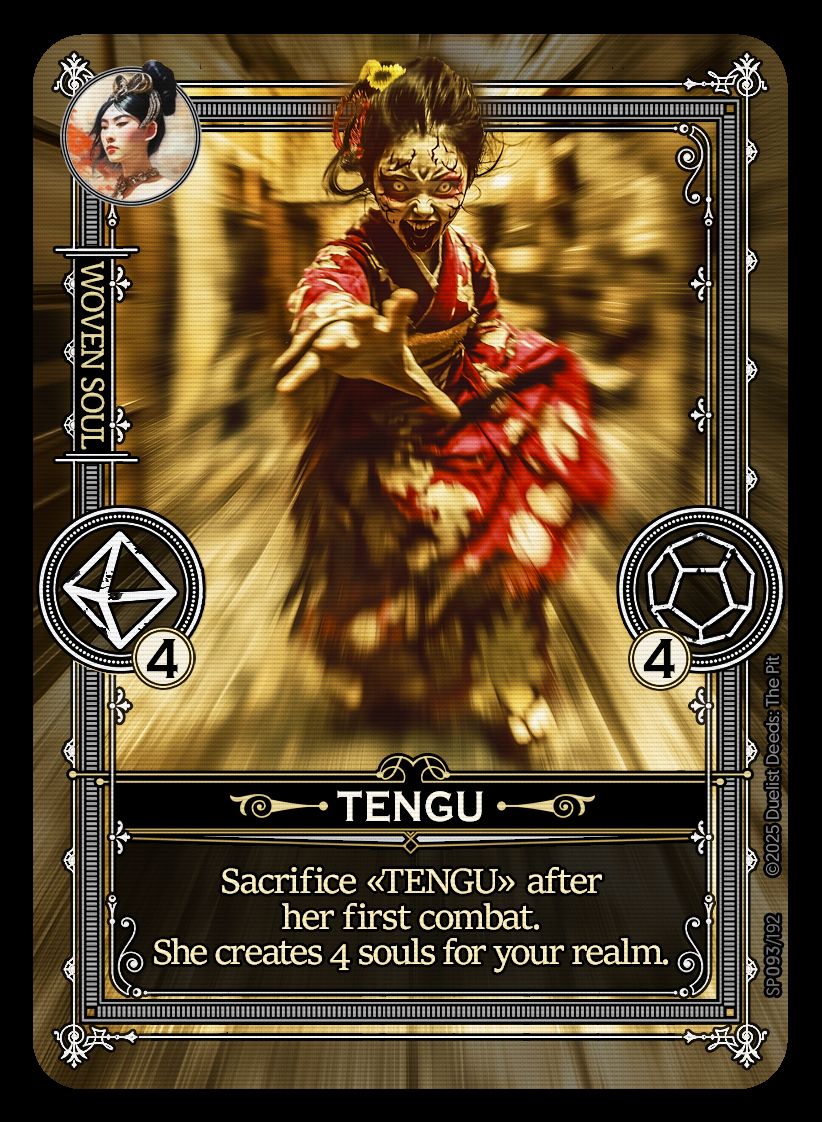
Quests (54cards)
Through Quest Cards, players are presented with opportunities to attain power and treasures by undertaking various missions. In instances where a quest proves challenging, a player can opt to place a marker on it, claiming a fraction of the reward while simultaneously easing the quest for an opponent. This design choice fosters a nuanced balance between self-interest and the potential benefits of making a quest more accessible to others, adding a layer of strategy to the gameplay.
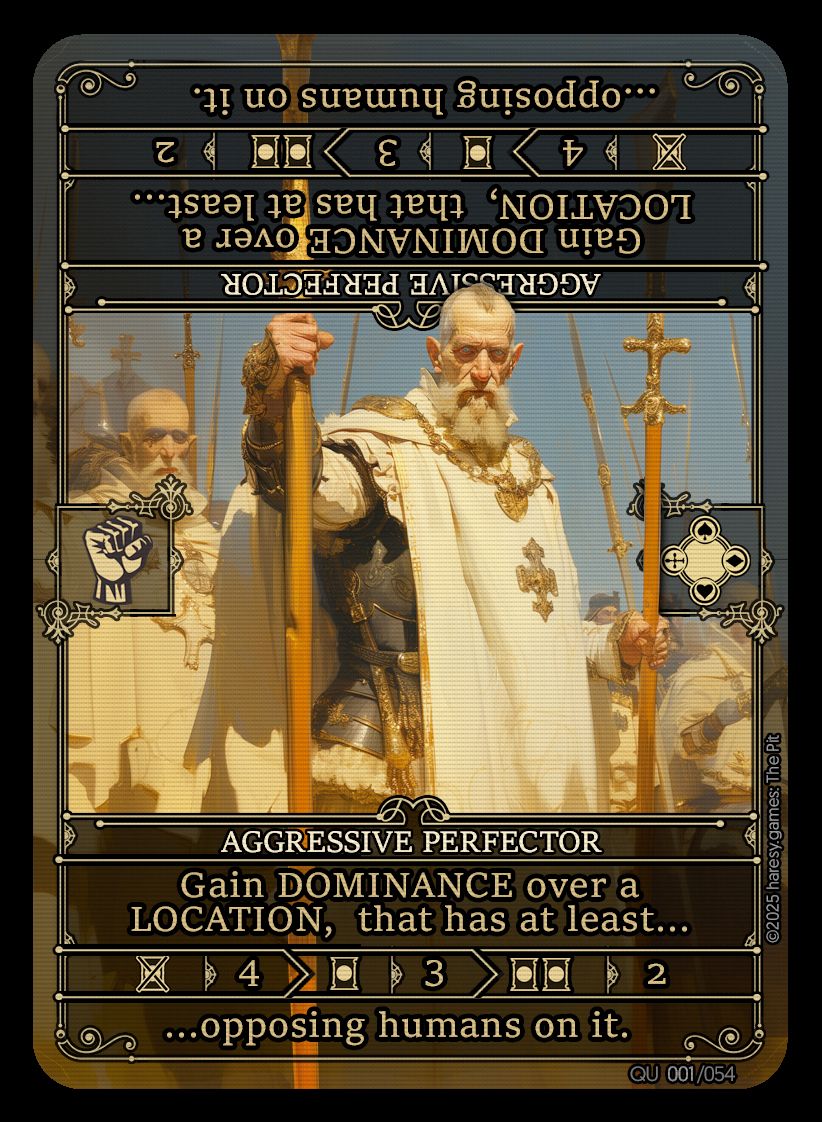
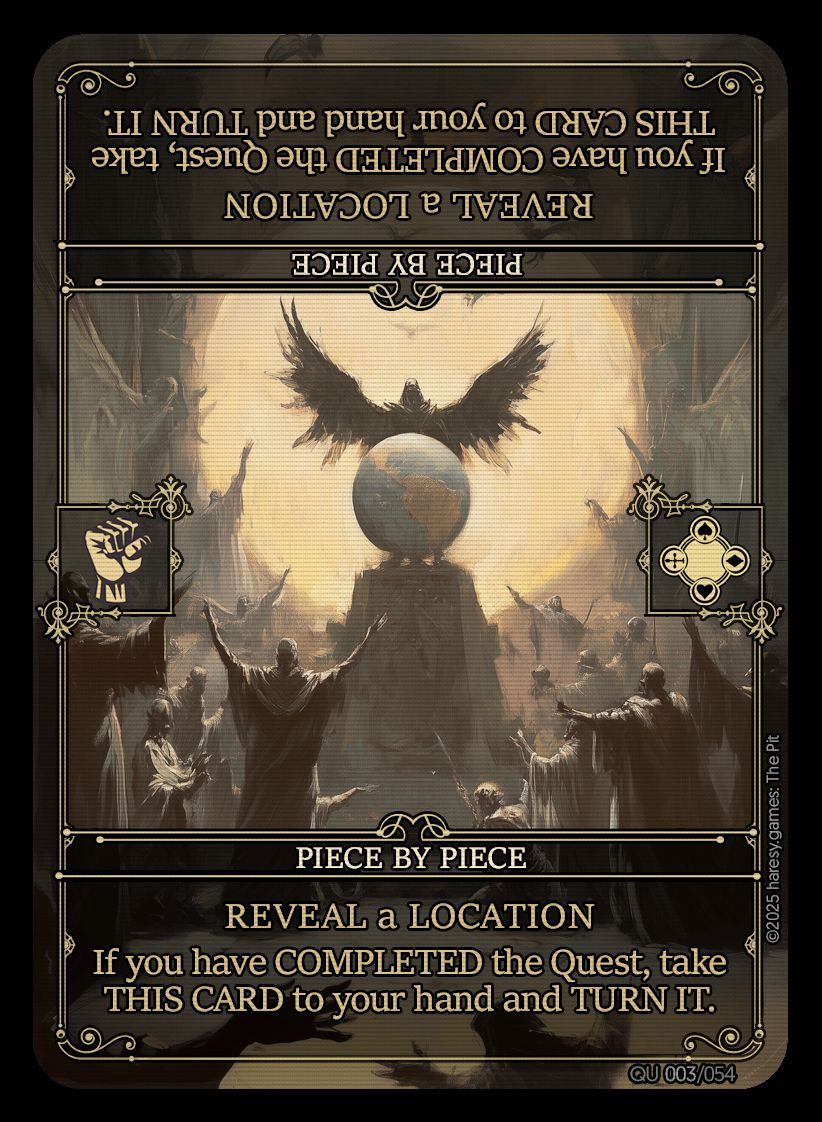
FLIP CARD
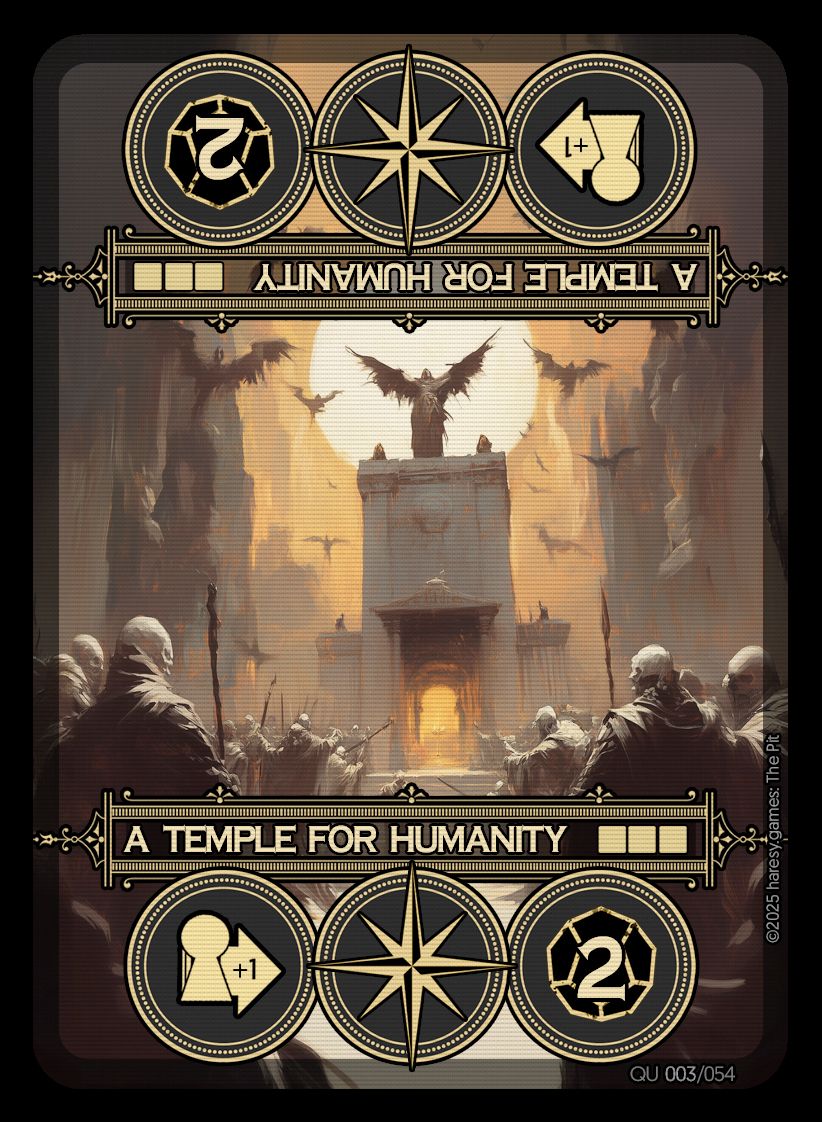
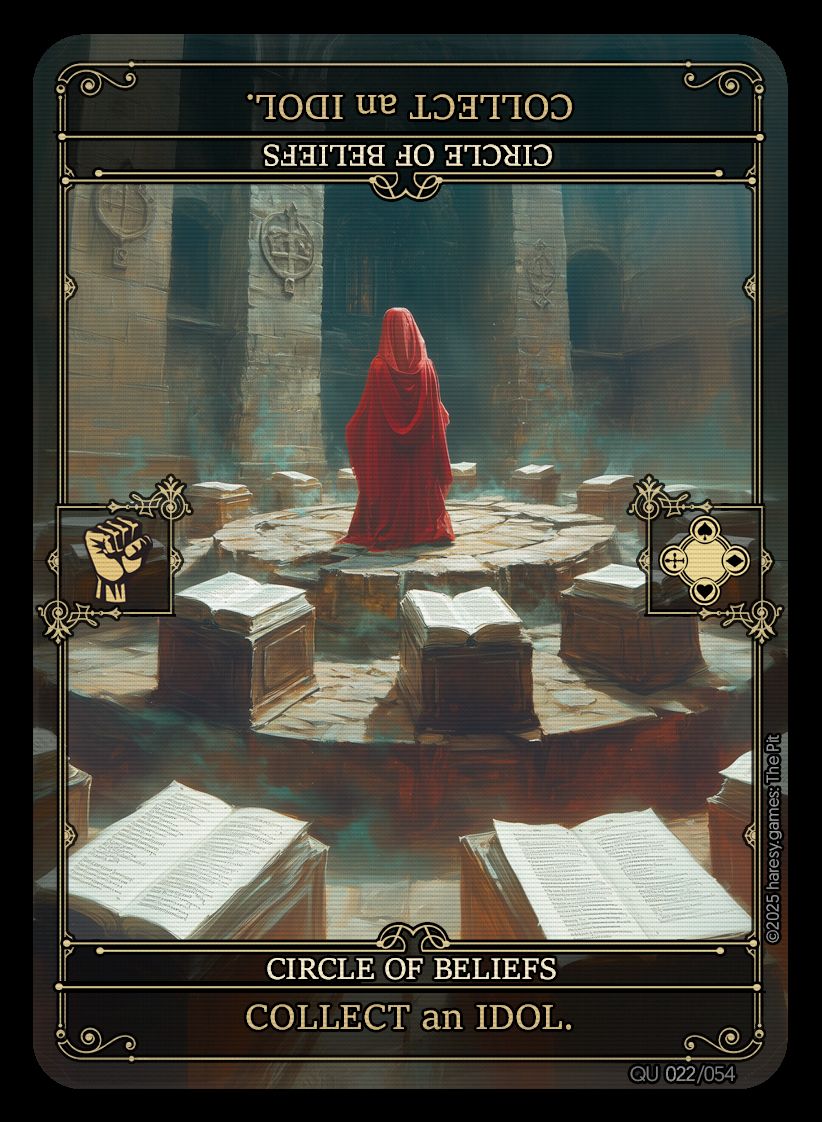
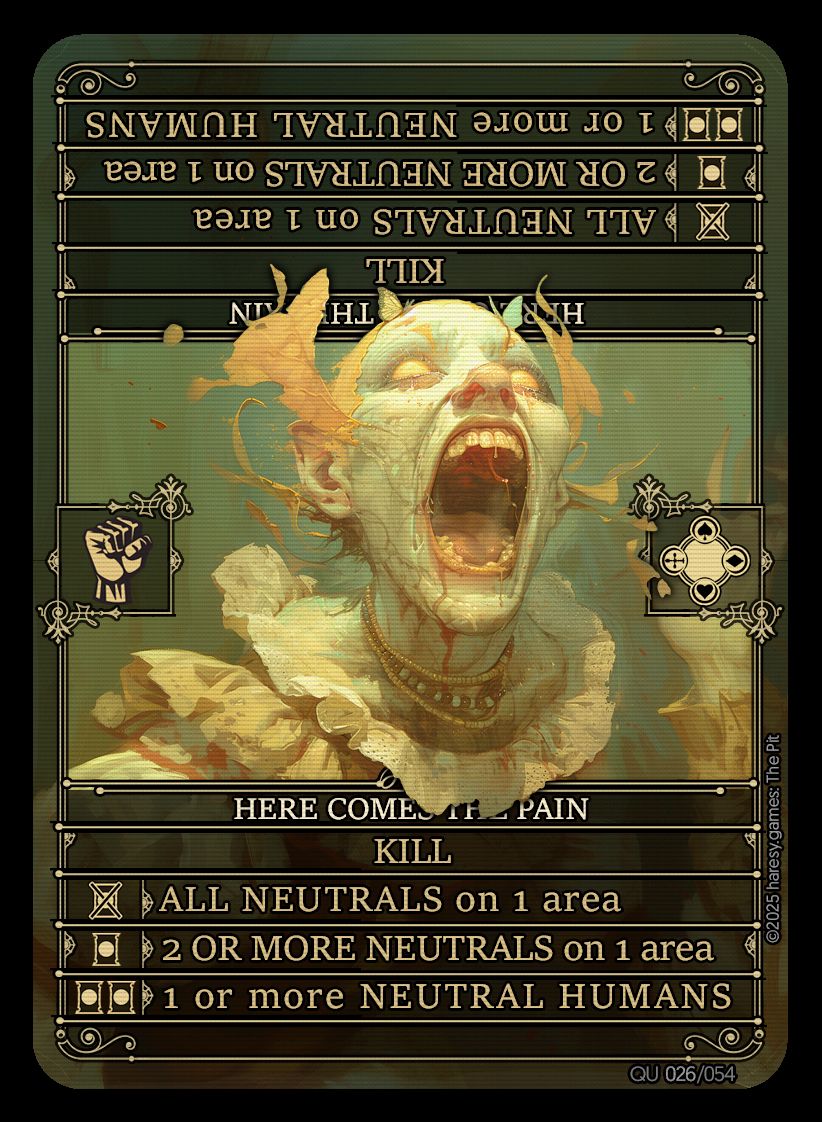
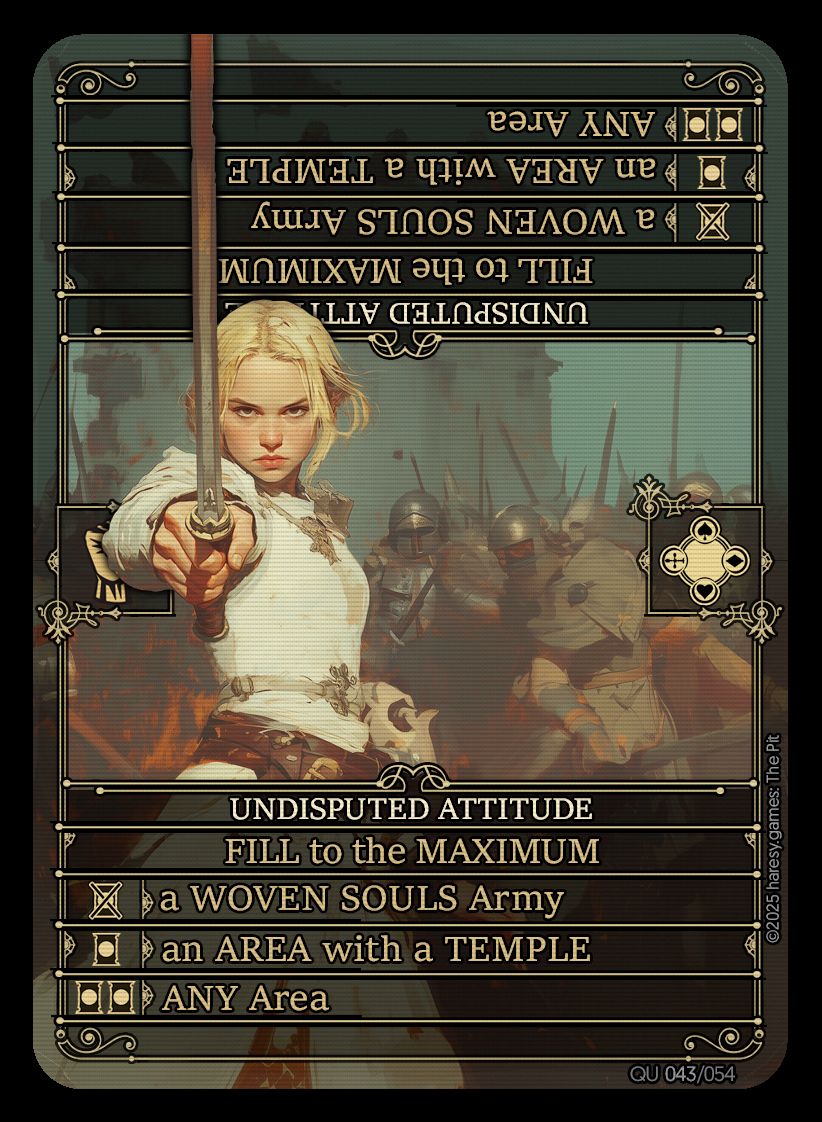
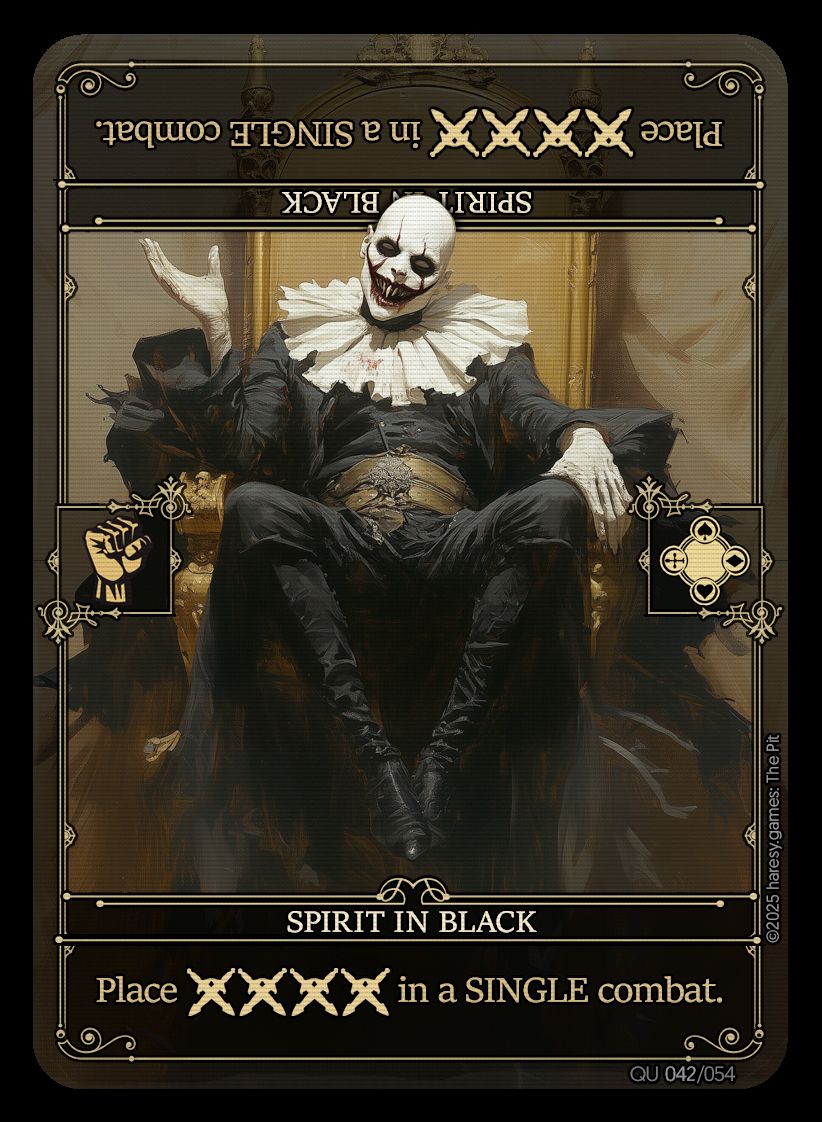
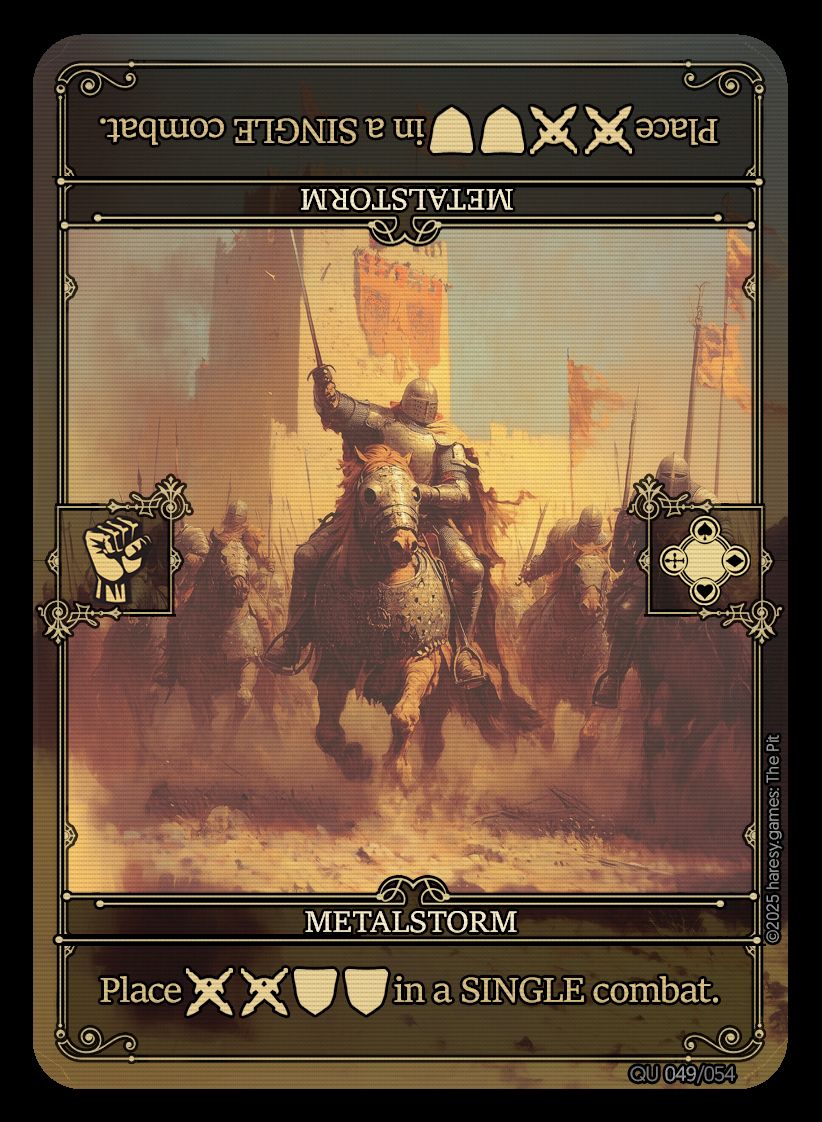
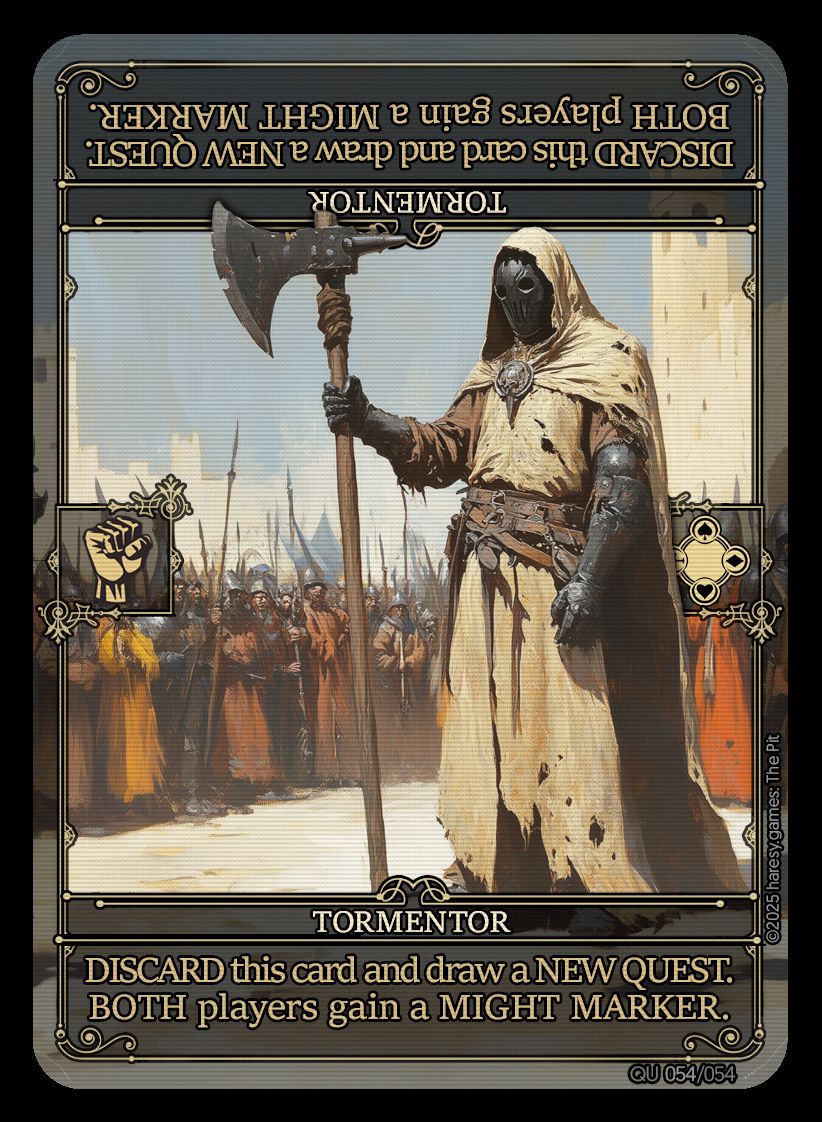
Woven Souls (108cards)
Interwoven souls are models that have been combined from humans from both realms. Players can gain the services of the interwoven soul by gaining dominance over its home. The Woven Soul cards are placed like artifacts in the slots on army boards. These mercenaries can find new followers for the monster or champion whom the interwoven soul serves. However, the loyalty of an interwoven soul is fleeting. If the opponent gains dominance over the home of the woven soul, he also gains all the loyalty of the mercenary and his followers. An interwoven soul dies as soon as it loses its first battle.
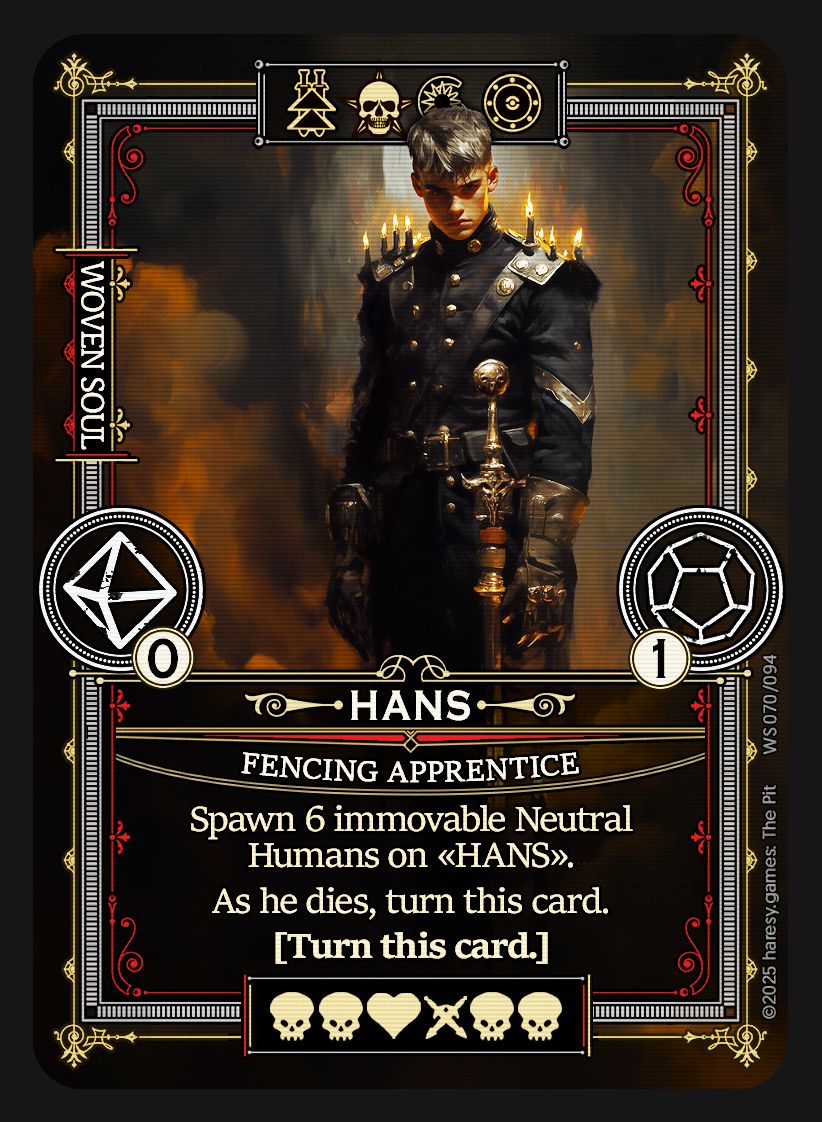
FLIP CARD
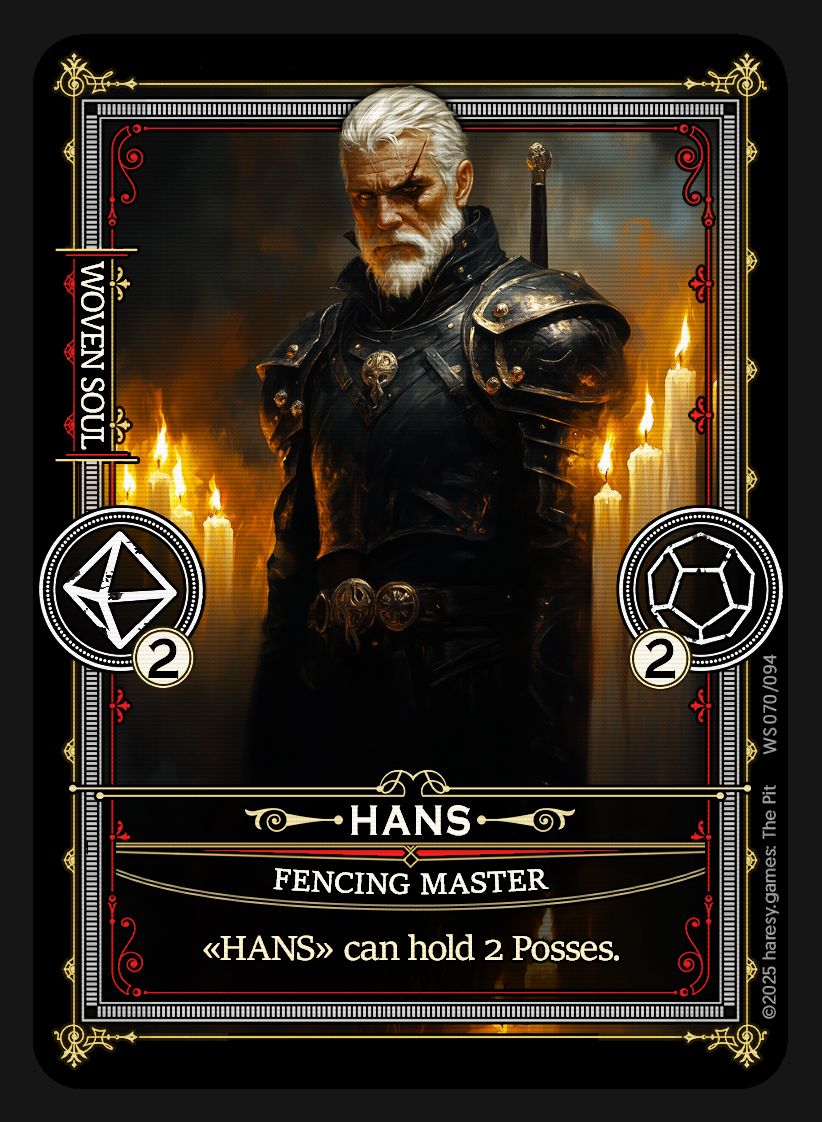
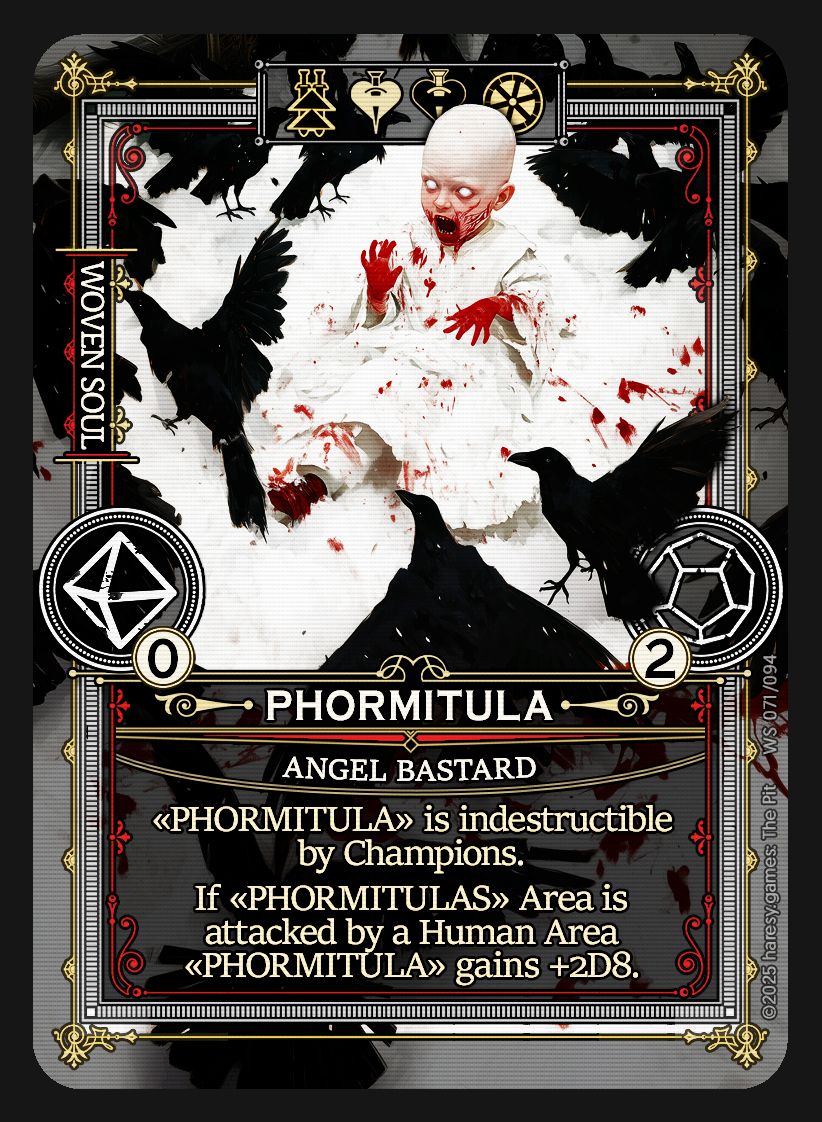
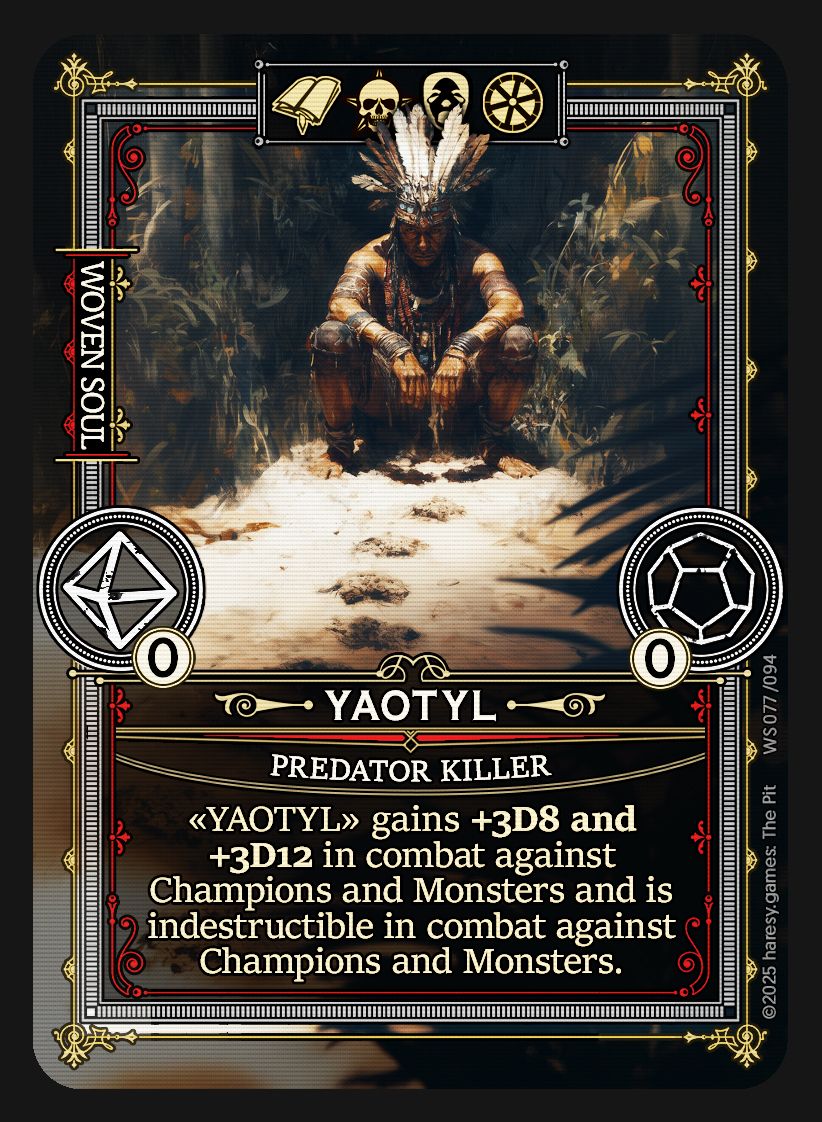
FLIP CARD
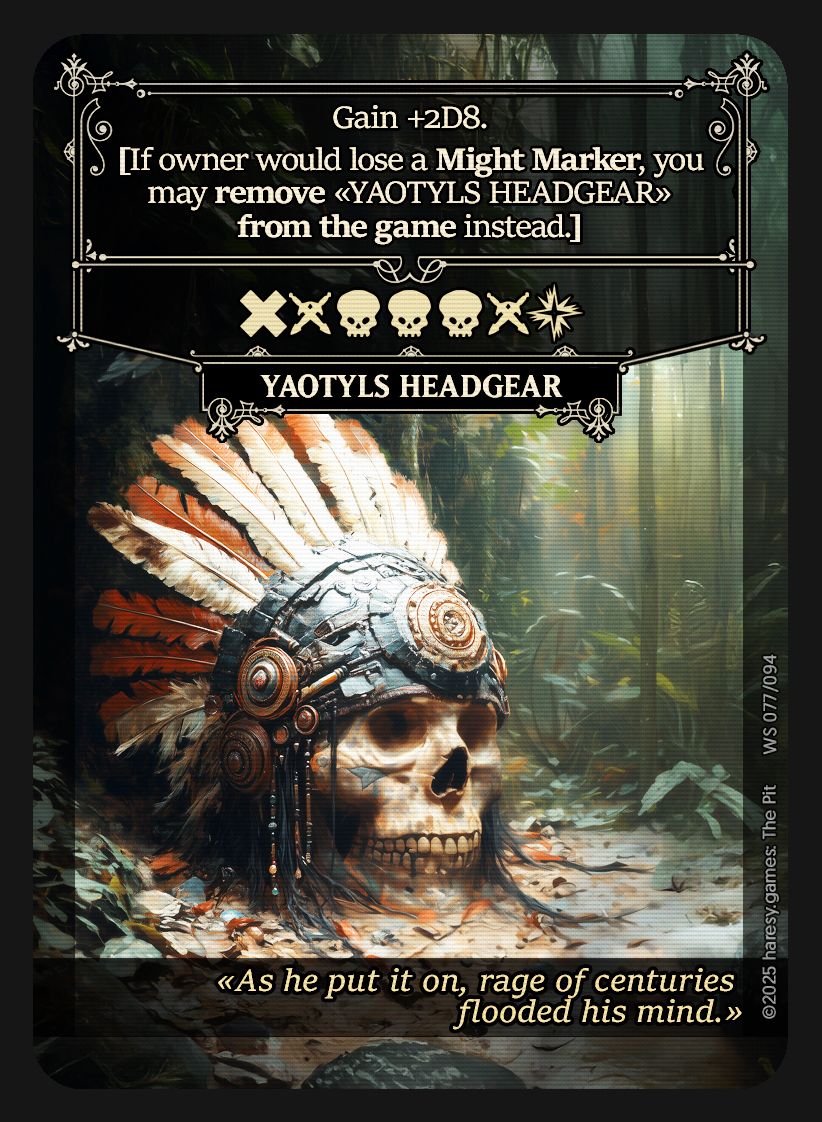
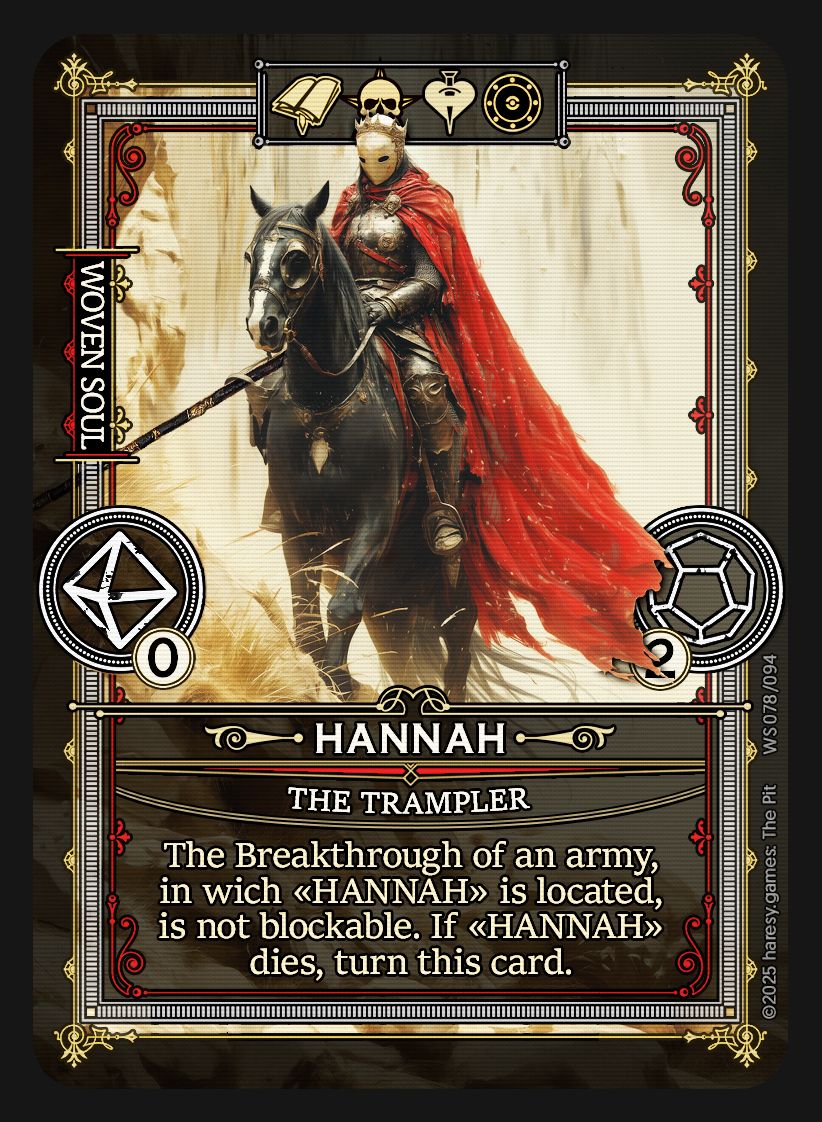
FLIP CARD
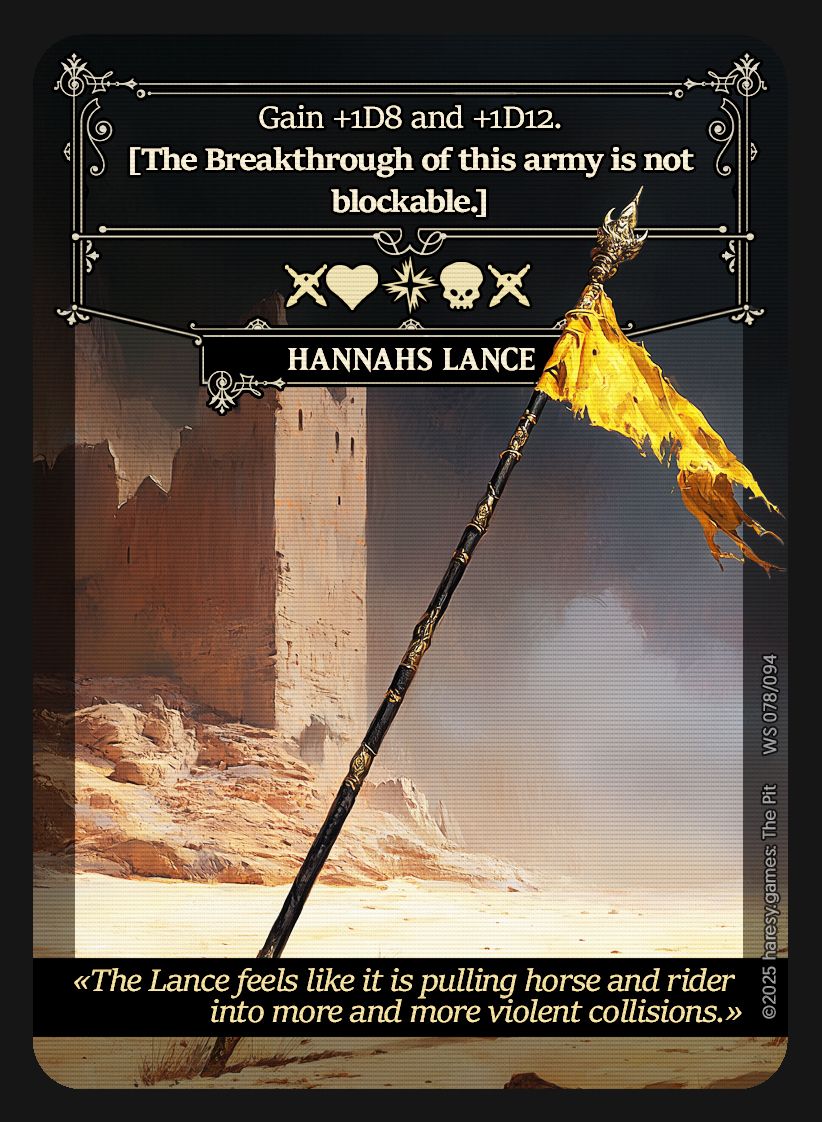
Terrains (108cards)
Terrains are the little brothers of locations. They provide variety on the battlefield, but do not have as powerful effects as locations. At the beginning of the game, you are brought to the playing field by the locations, but, unlike locations, the player is allowed to see where they are placed. This way, the player can shape the playing field somewhat in their favor and can ensure that the area becomes more “hostile” the further the opponent advances in his direction. Some locations generate resources, some hinder or improve movement range. There are even terrains on which buildings can be constructed. In “the pit” there are 108 different terrains, but only 8 to 12 are used in each game. This ensures that players will draw a different combination of terrains each time they play.
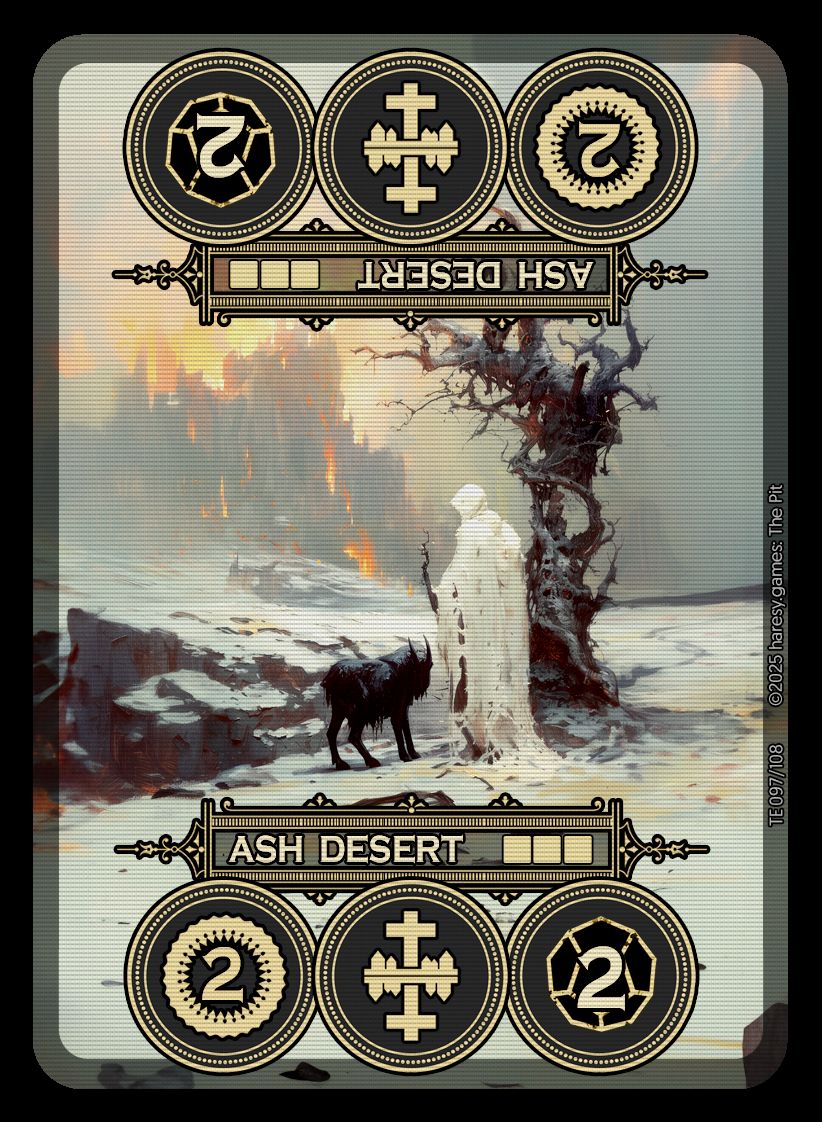
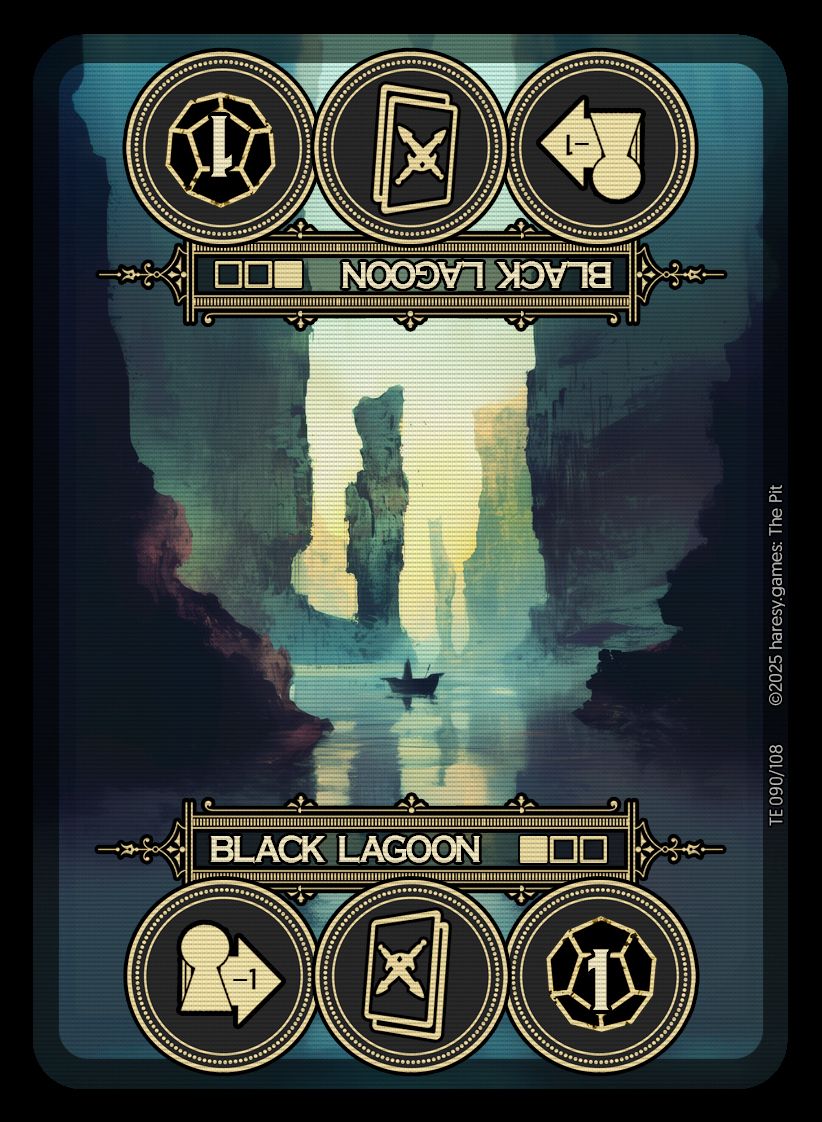
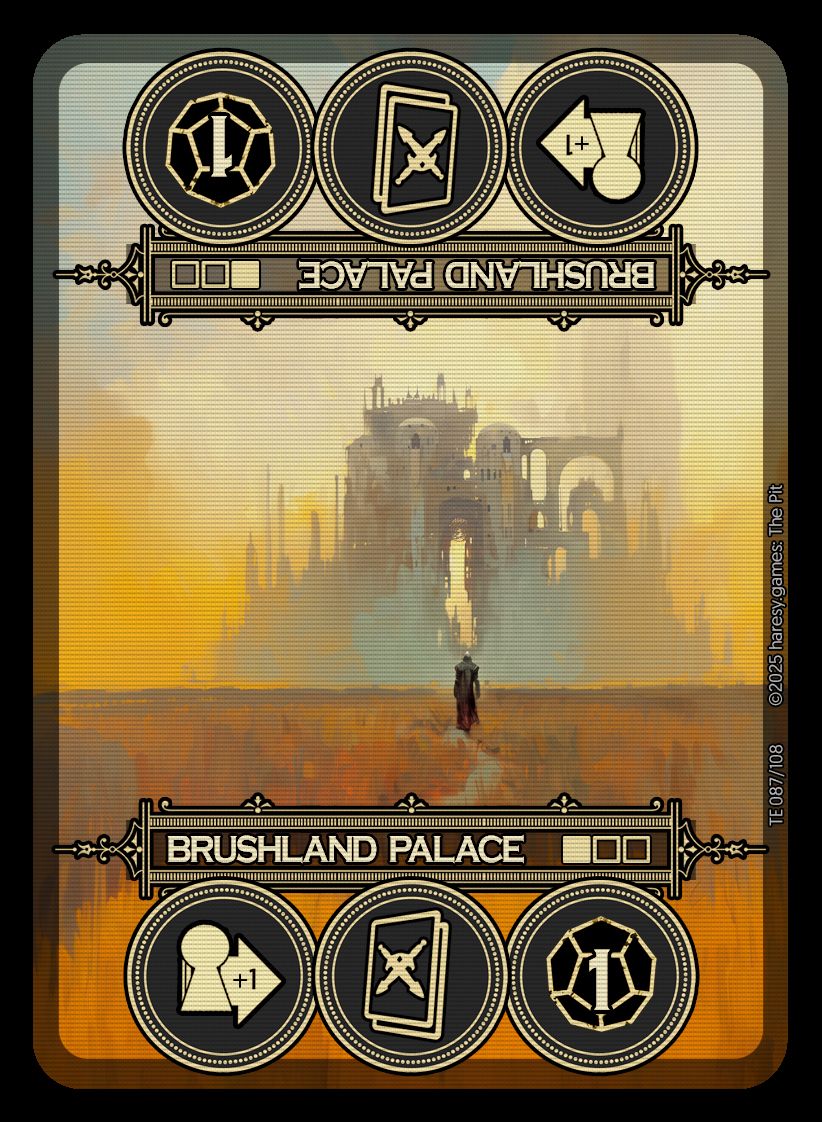
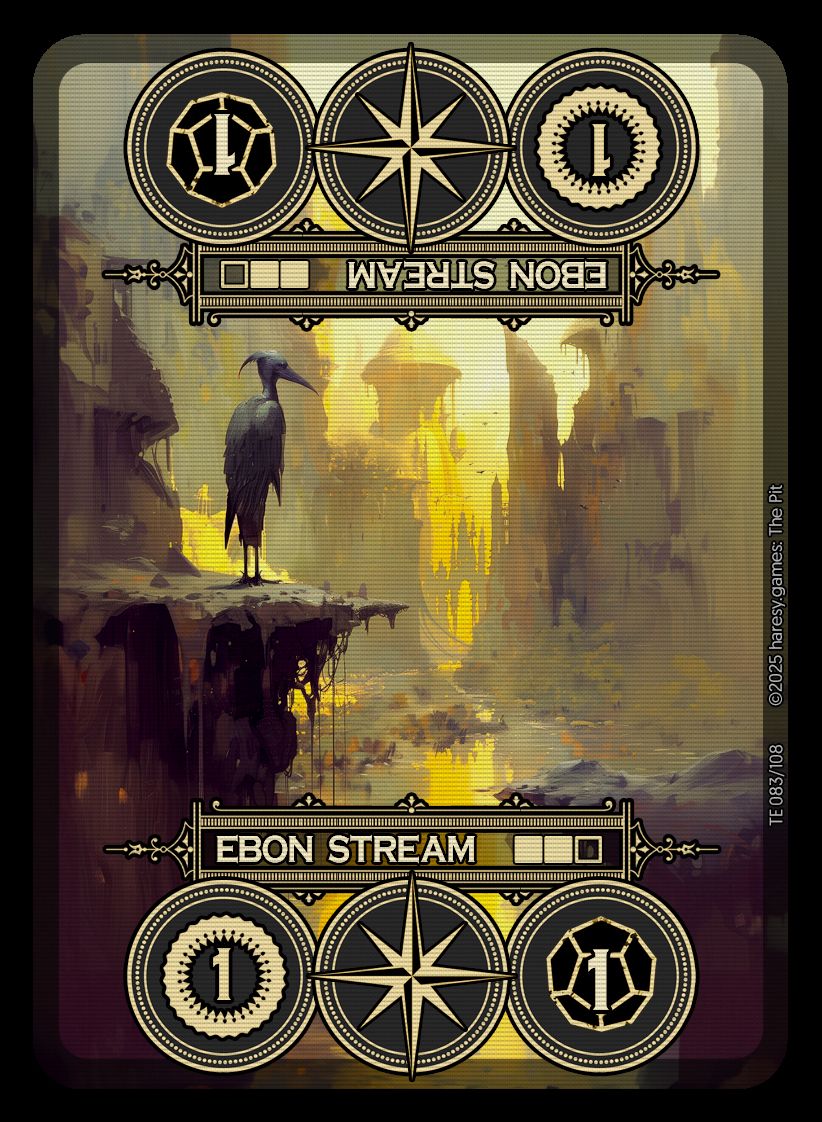
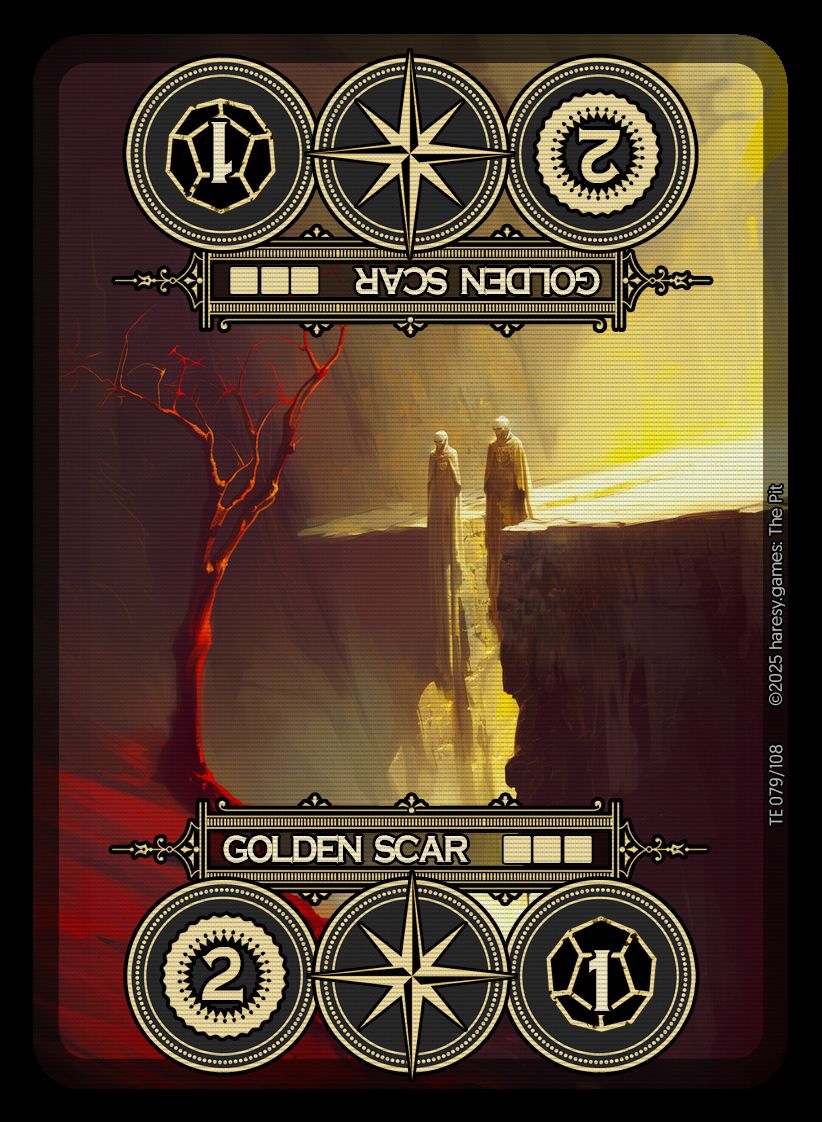
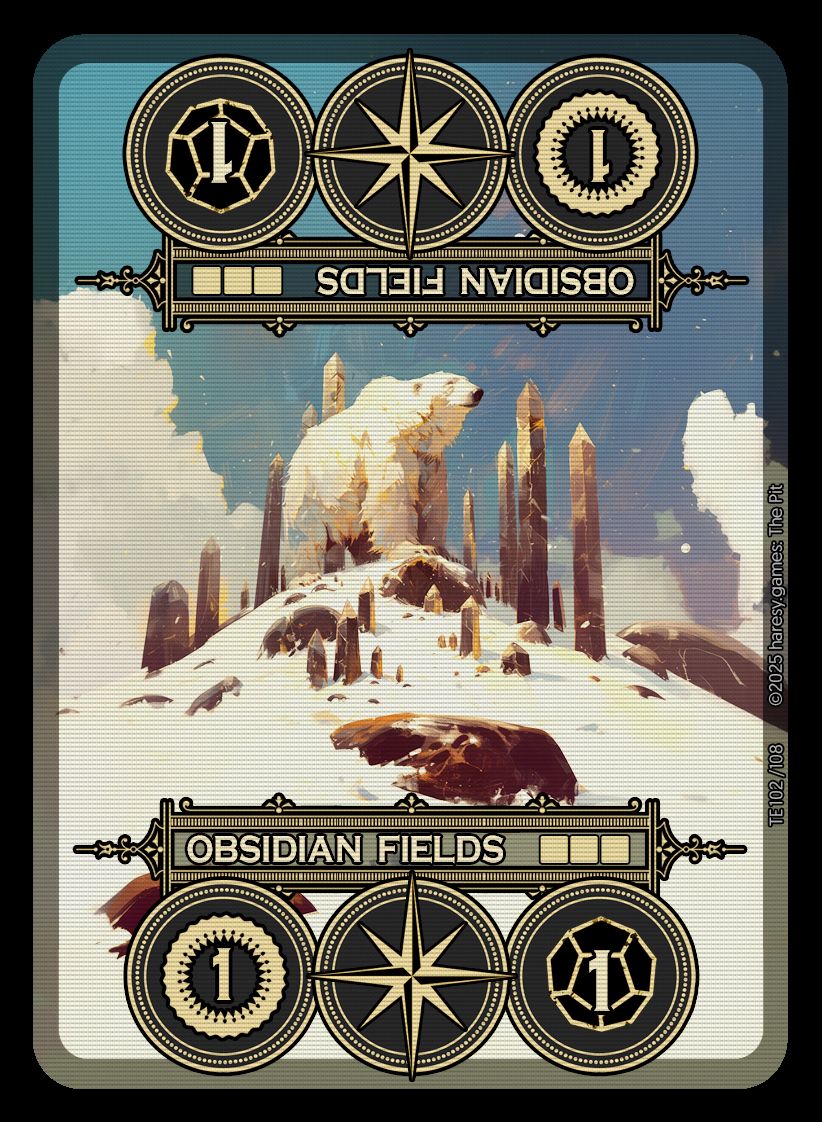
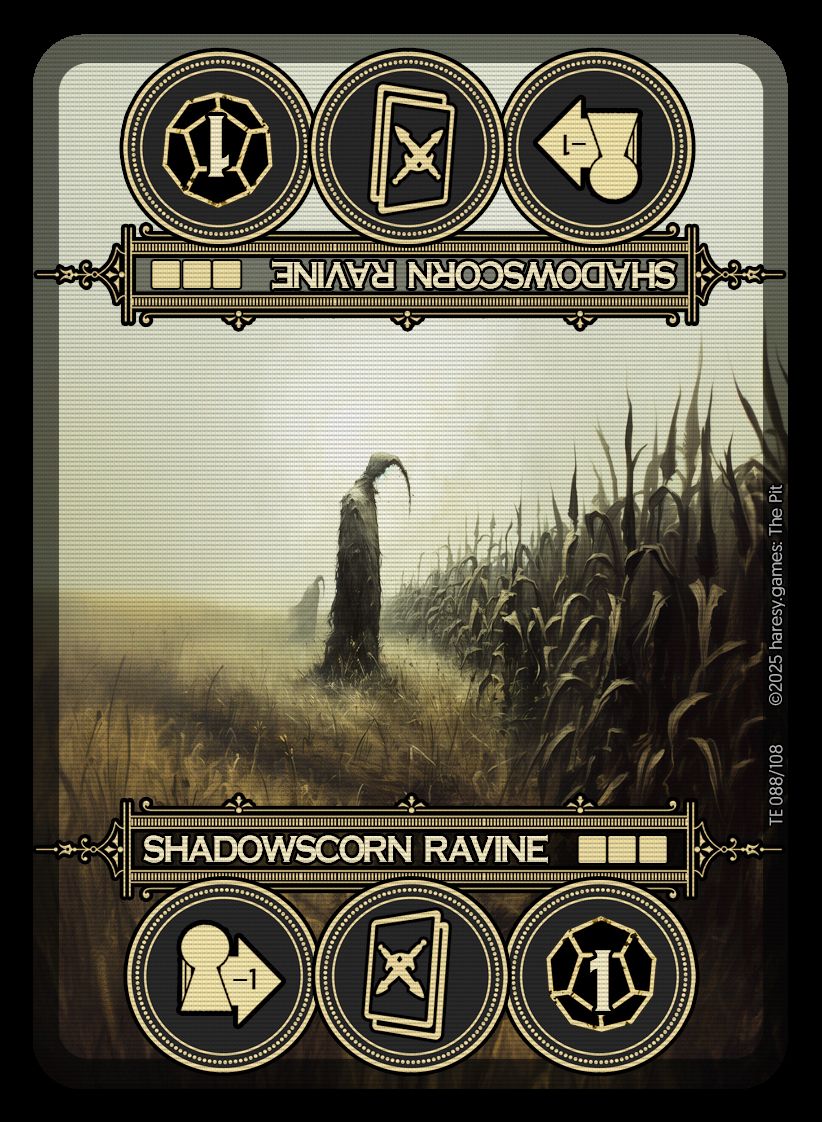
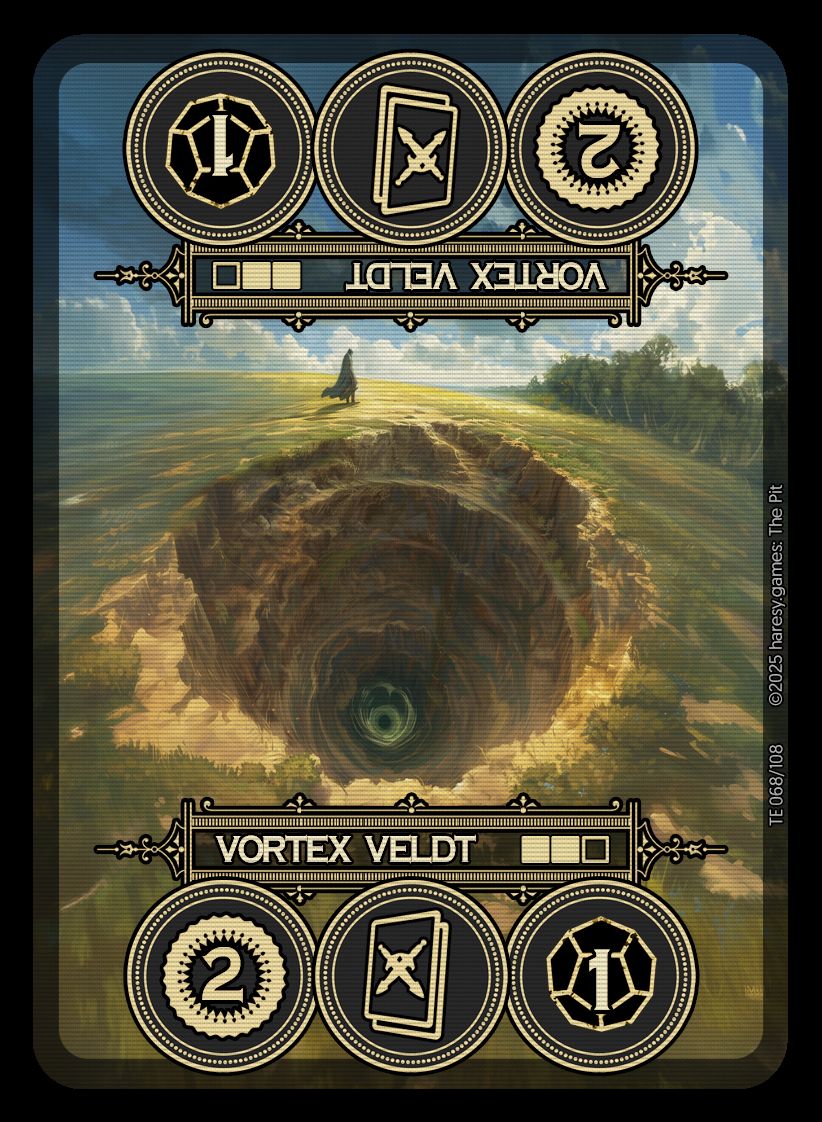
Summary
In essence, the variety of card types in this board game is not just a testament to the richness of the gameplay experience but also to the challenges and engagement they offer to players. From managing resources and navigating the tension of the Armageddon Clock to the thrill of uncovering artifacts, embarking on quests, engaging in tactical combat, and wielding powerful spells, each card type introduces a distinct dimension to the game, promising a dynamic and immersive journey for all who play.
NEW ASPECTS
At the moment i am working on more Ideas for more Cards. For example a Deck of 54 Cards that are randomly put on face down loacations. Those effects come into play as Locations are discovered. They can modify the locations themselves or setup traps for future humans entering the location. I want the game to have a lot of small effects that accumulate to big effects. They should always be stronger, when you wait for a good time to use them.
